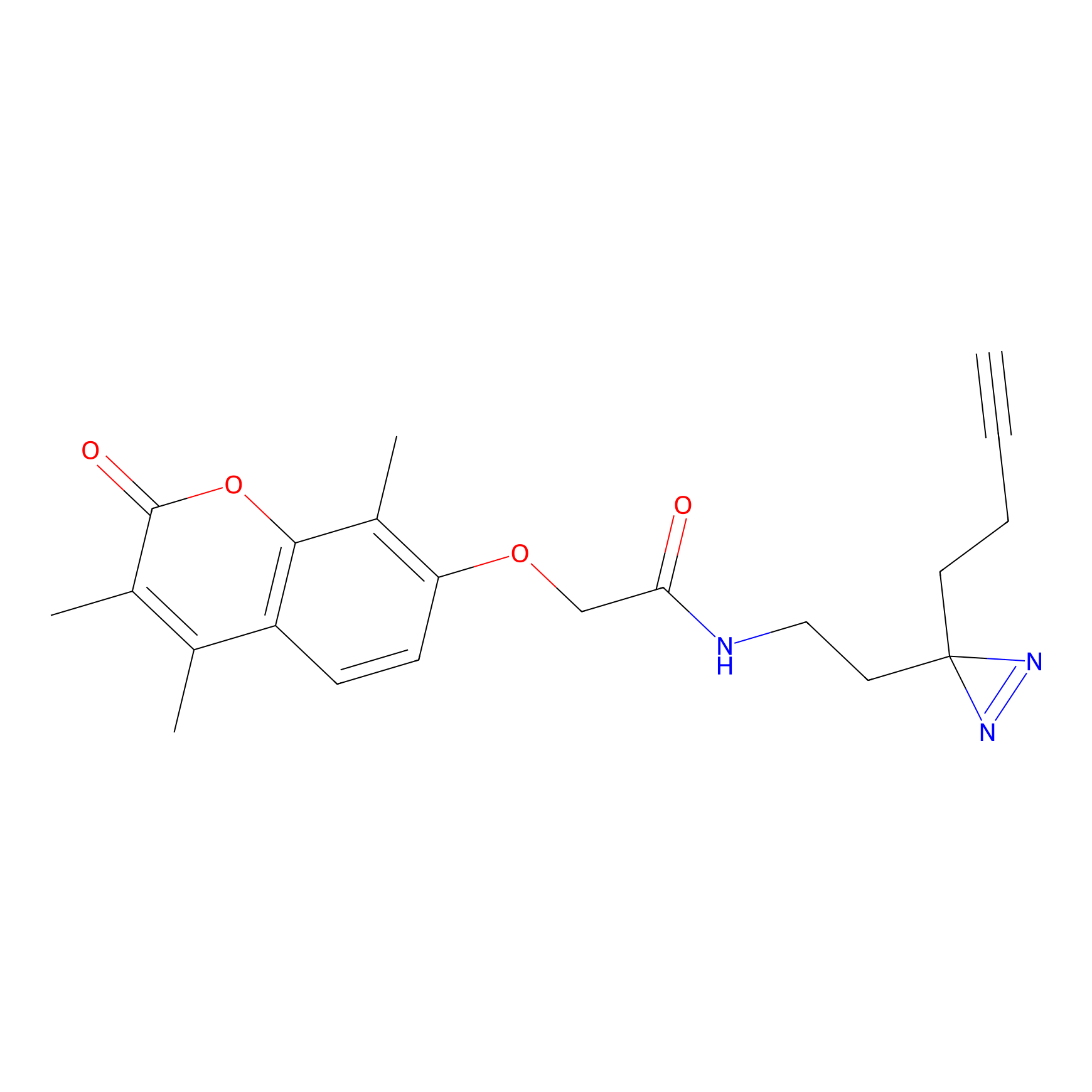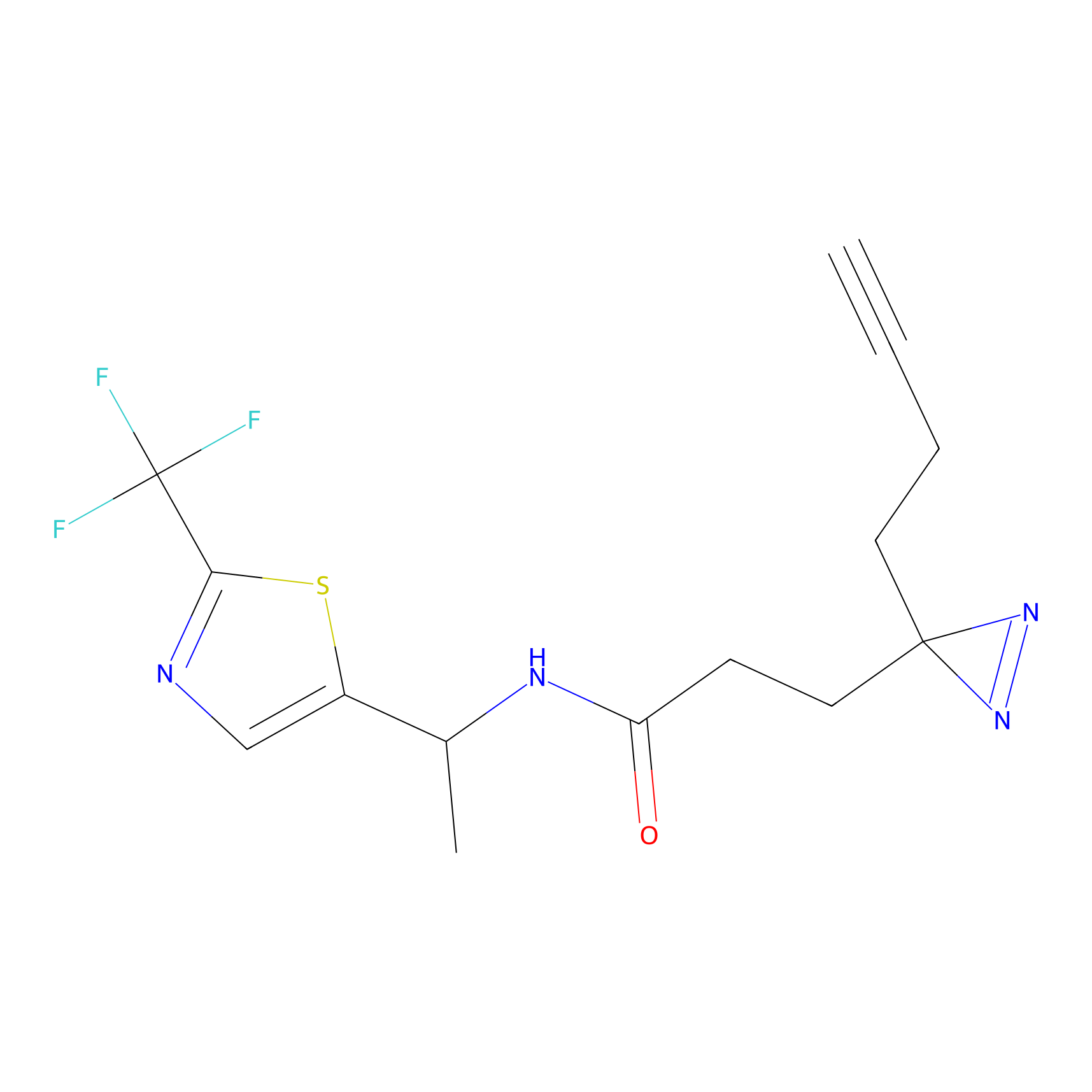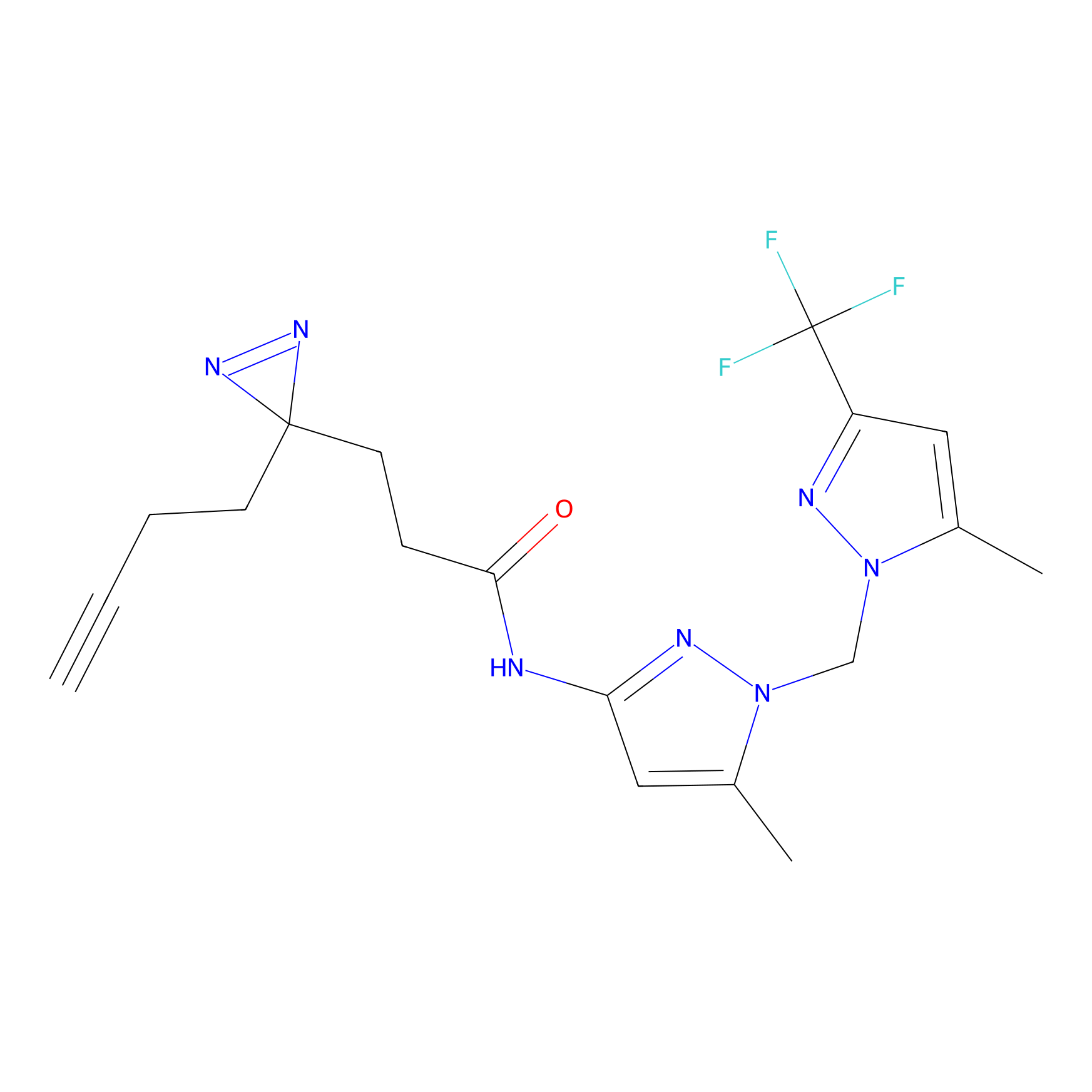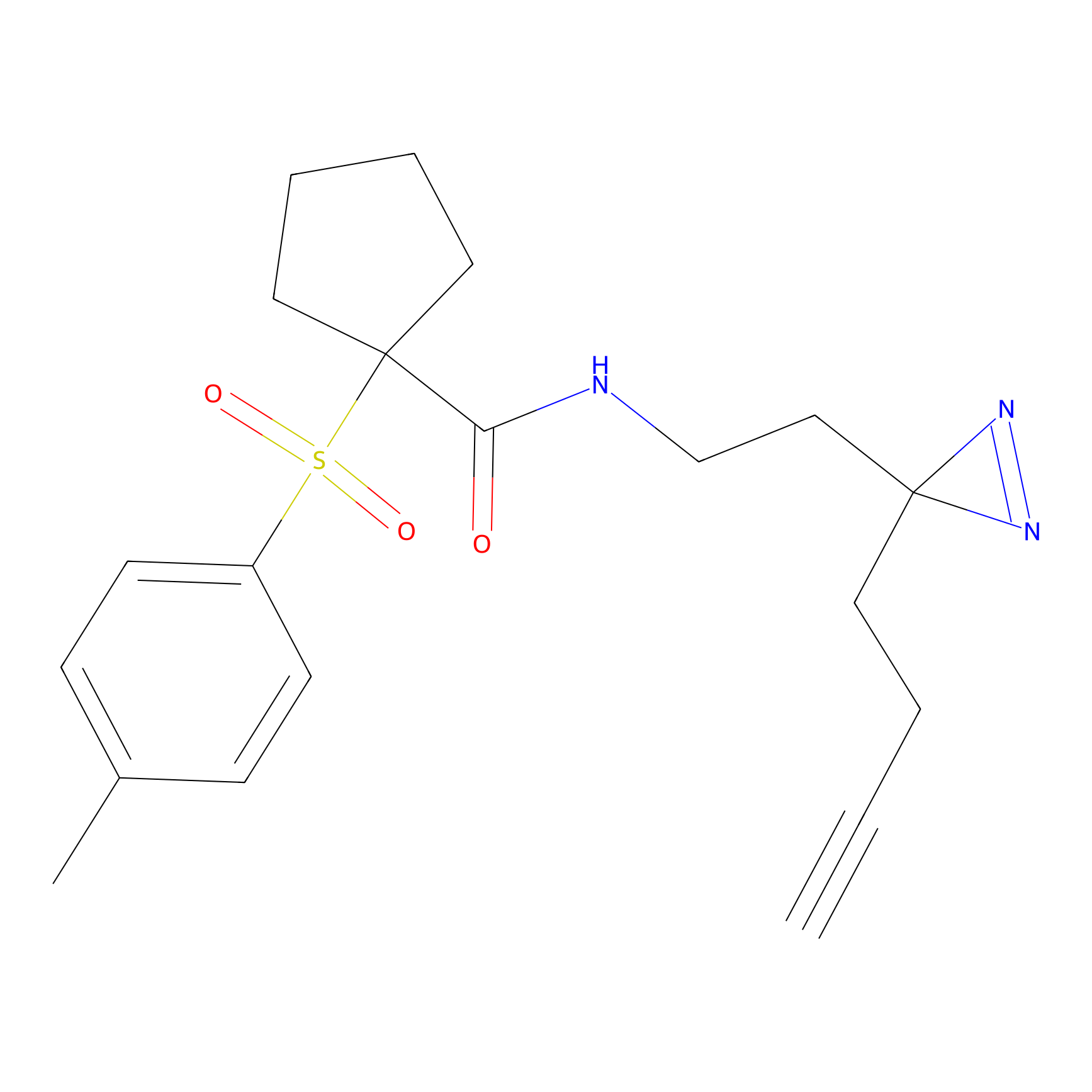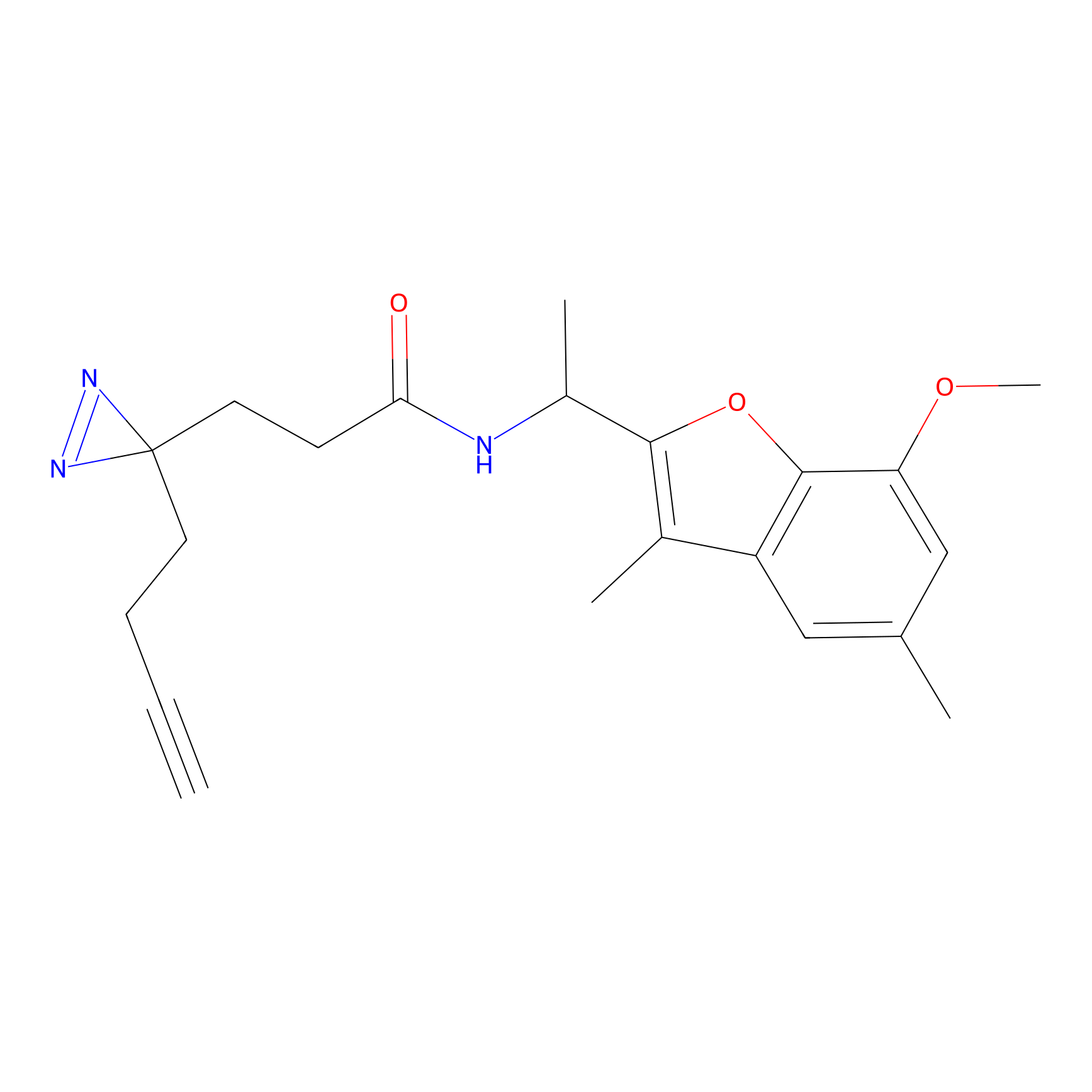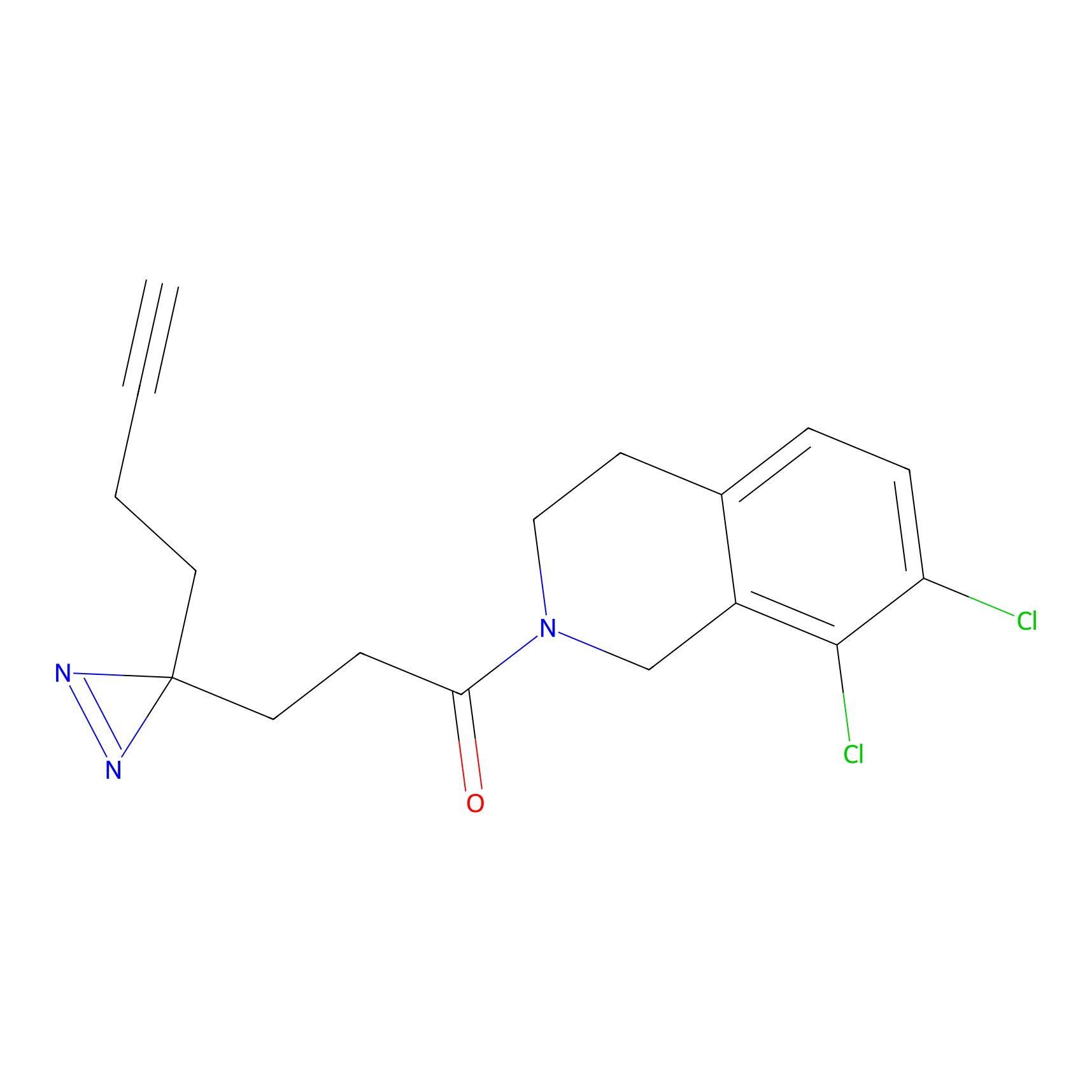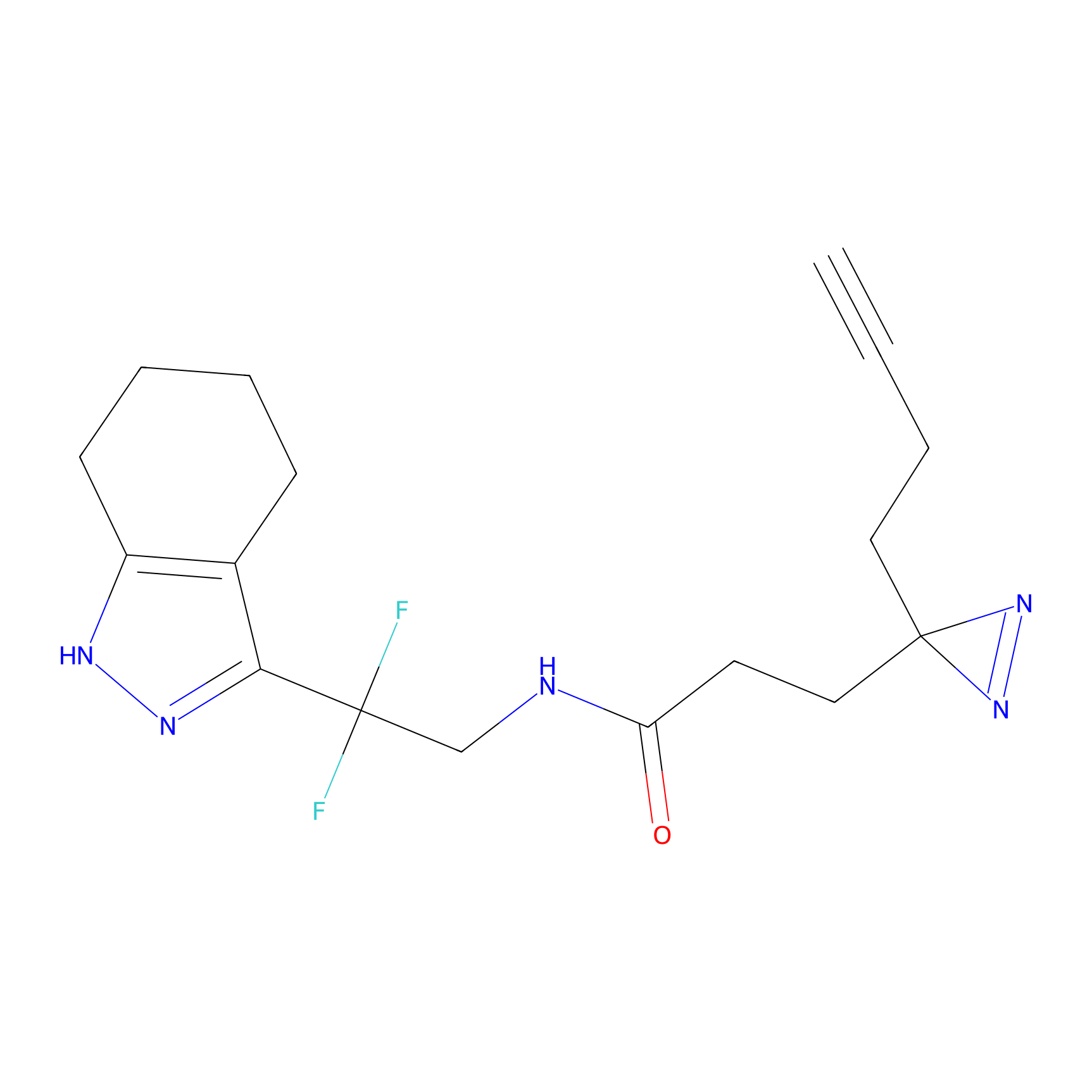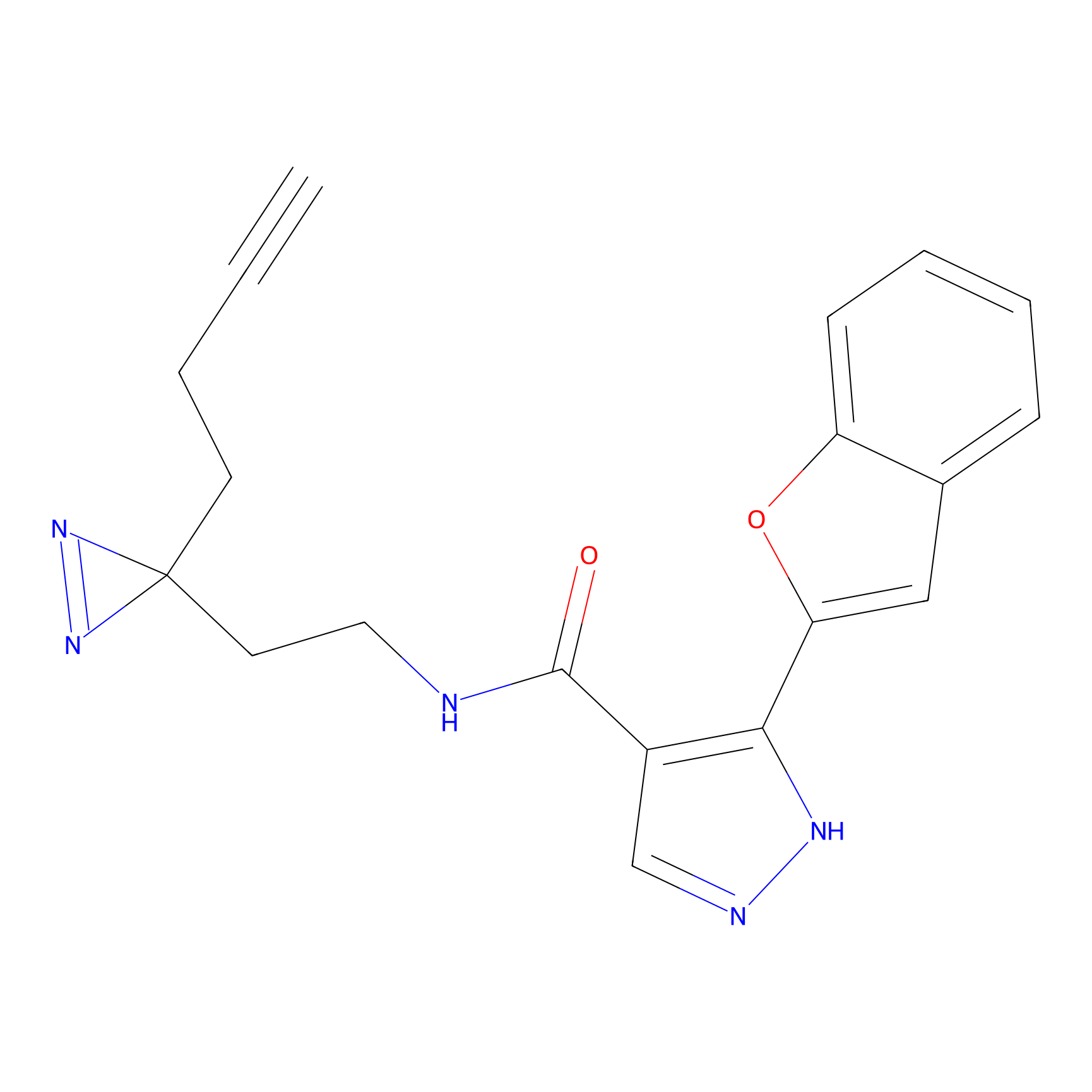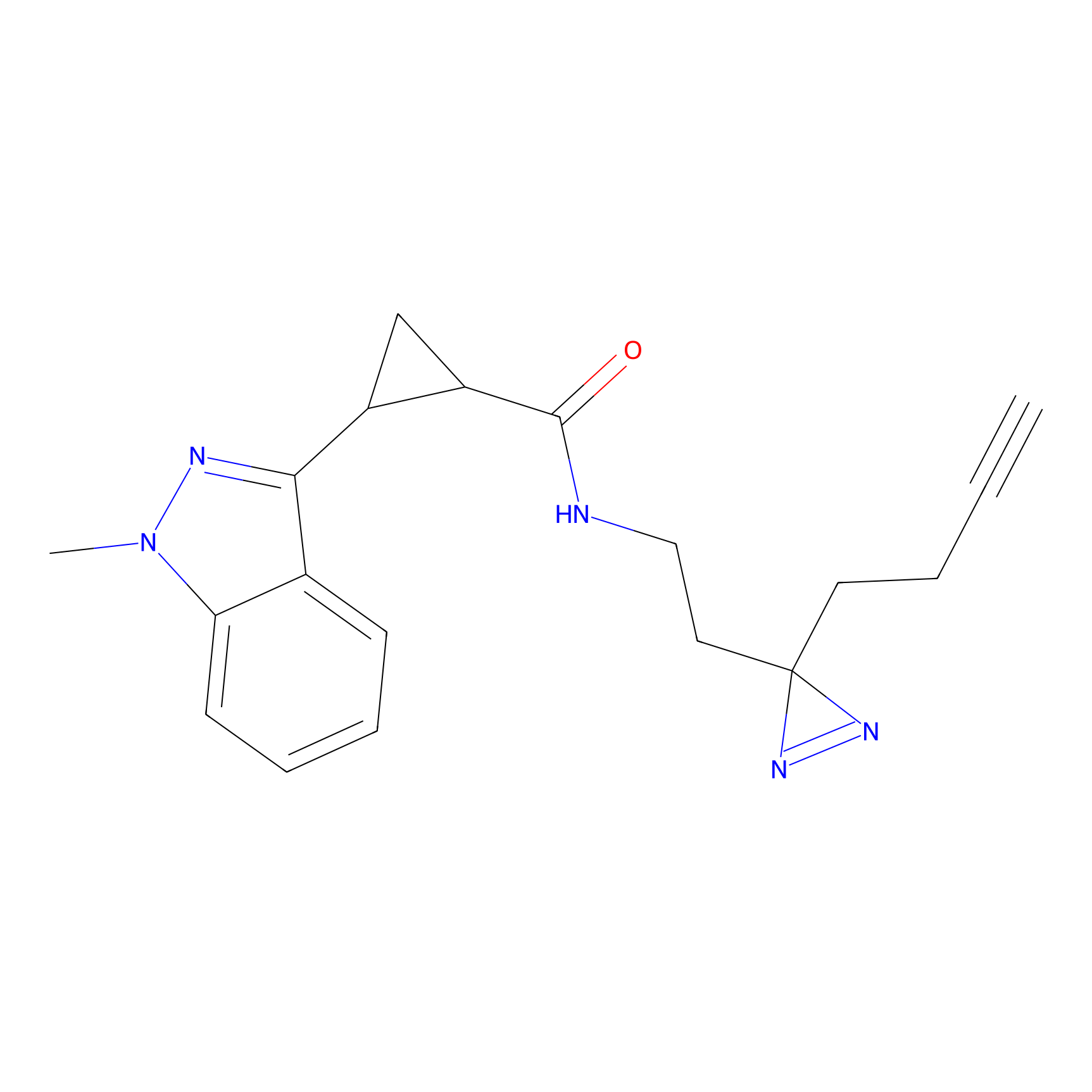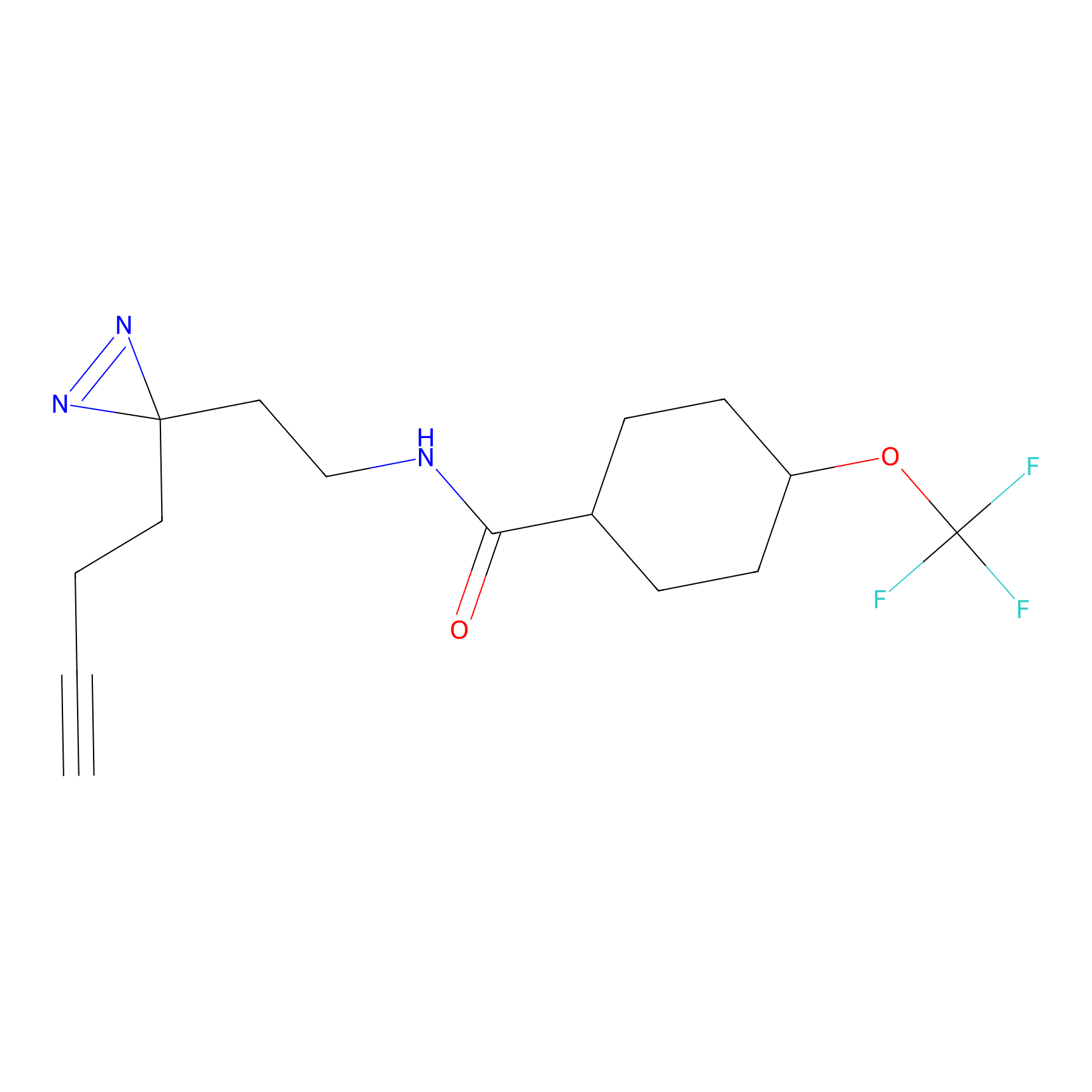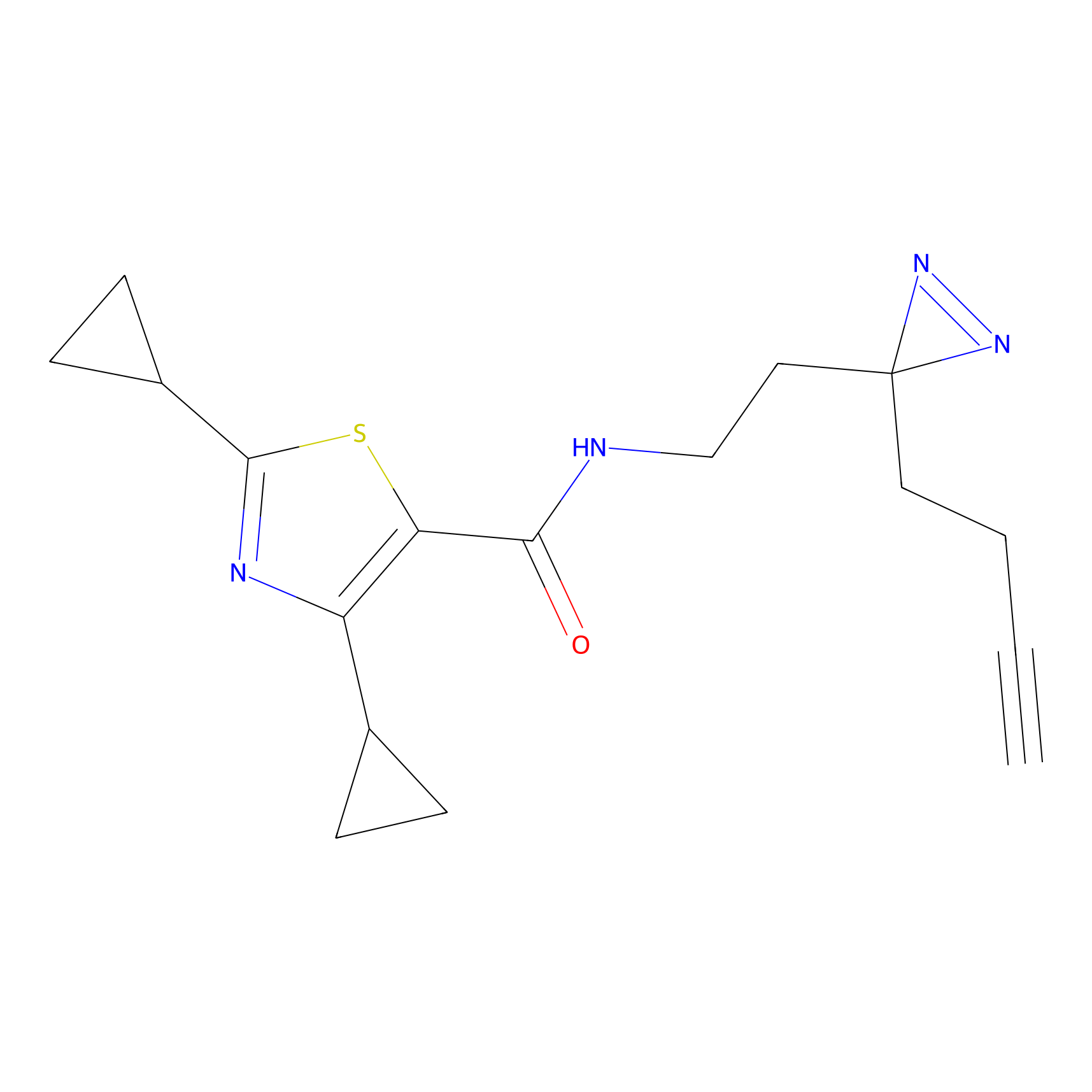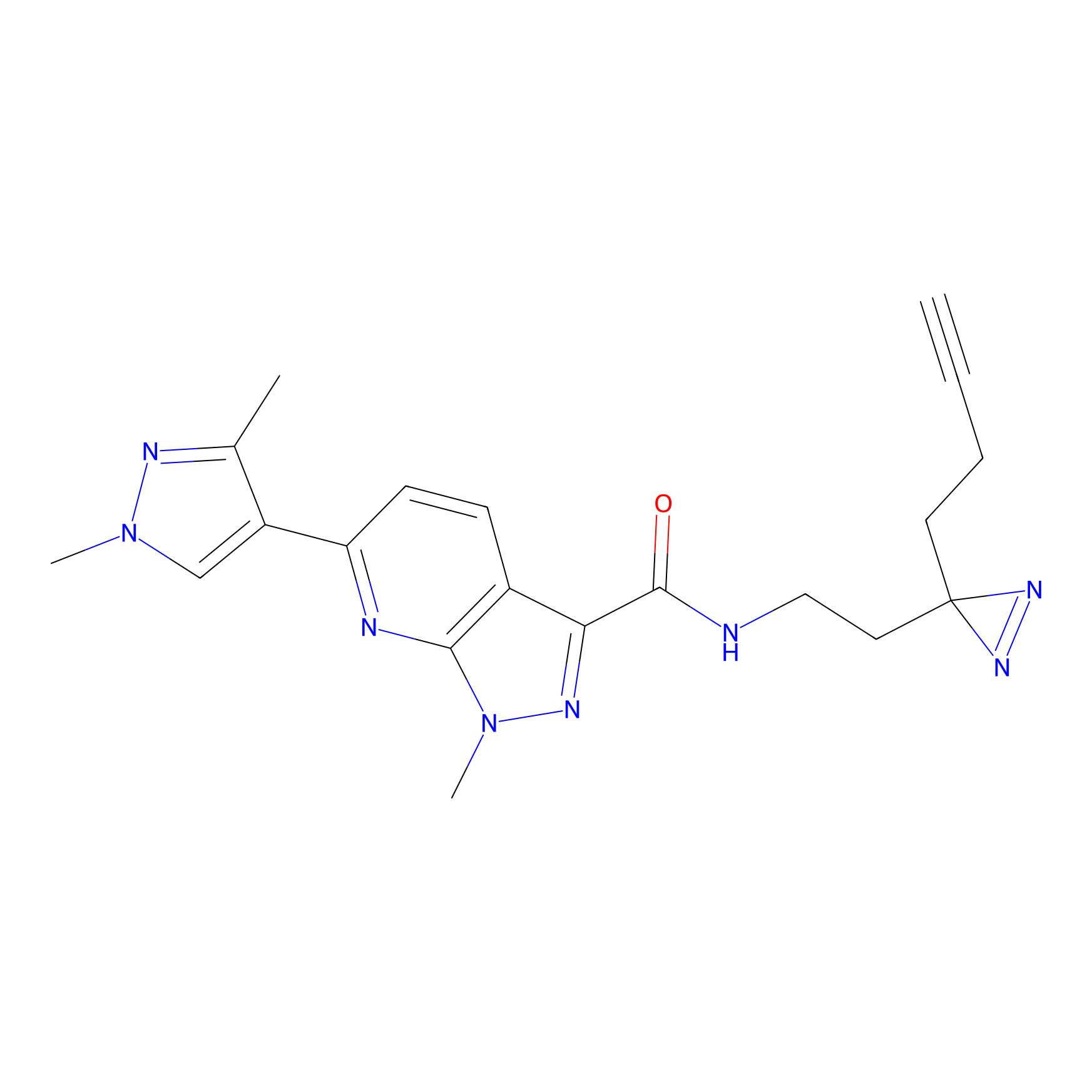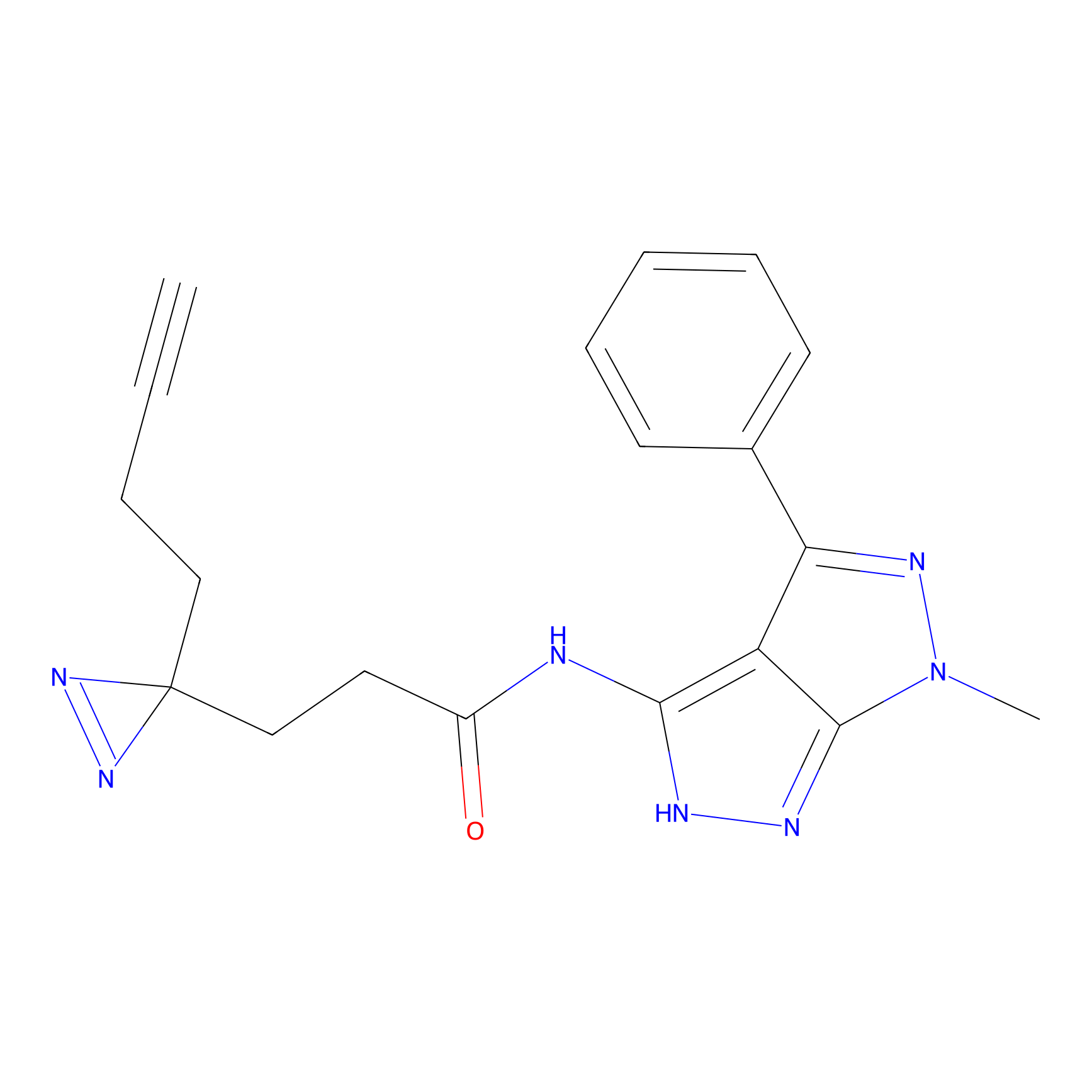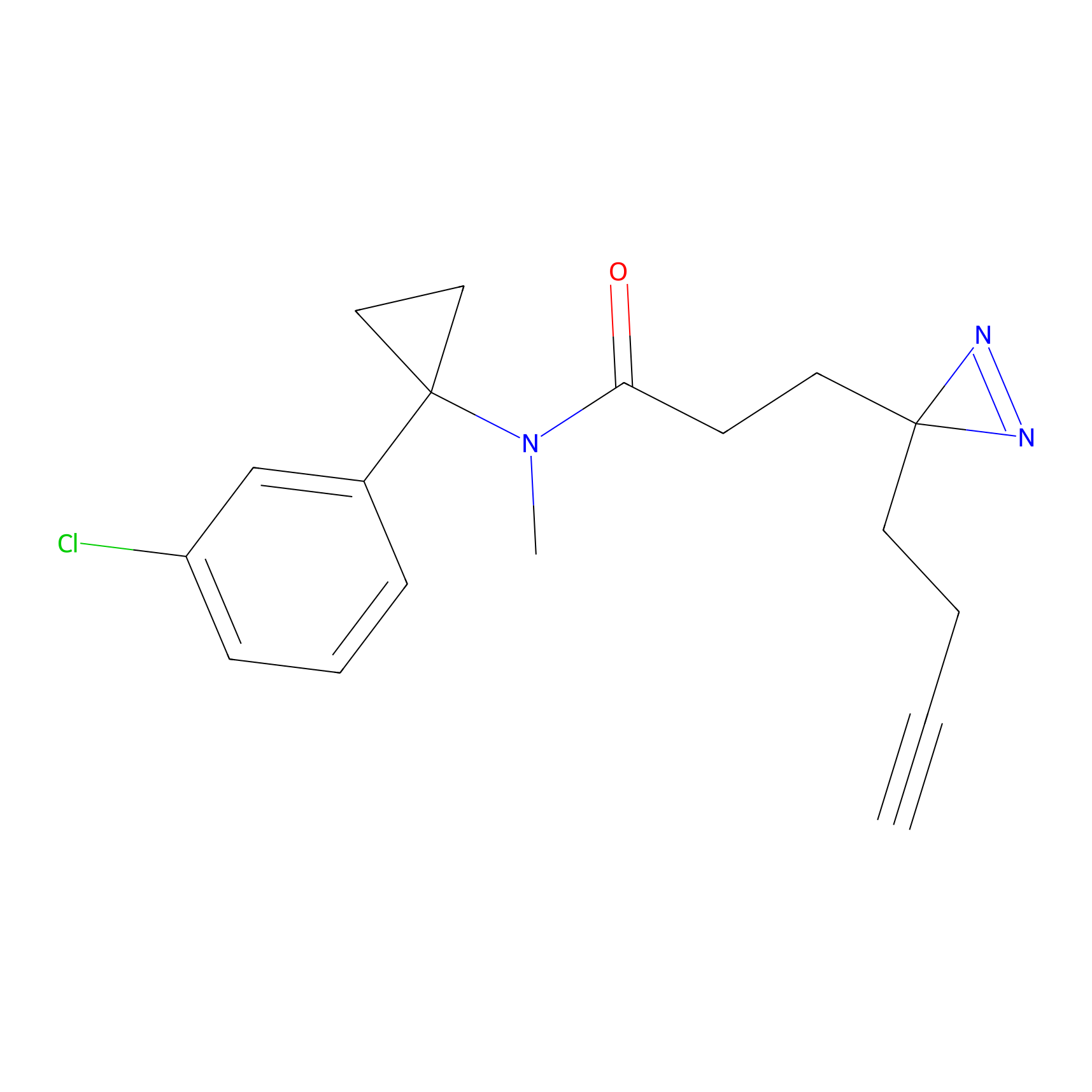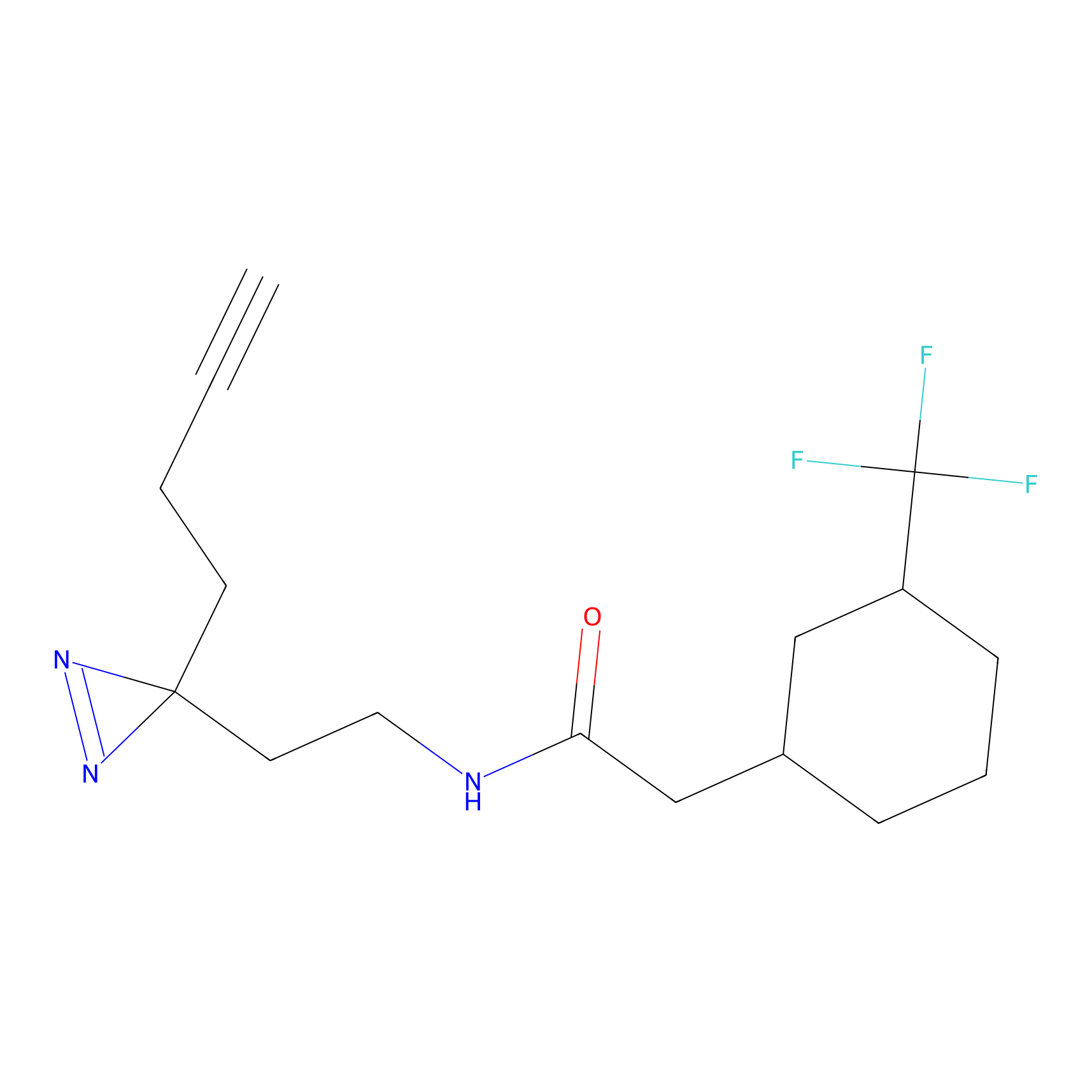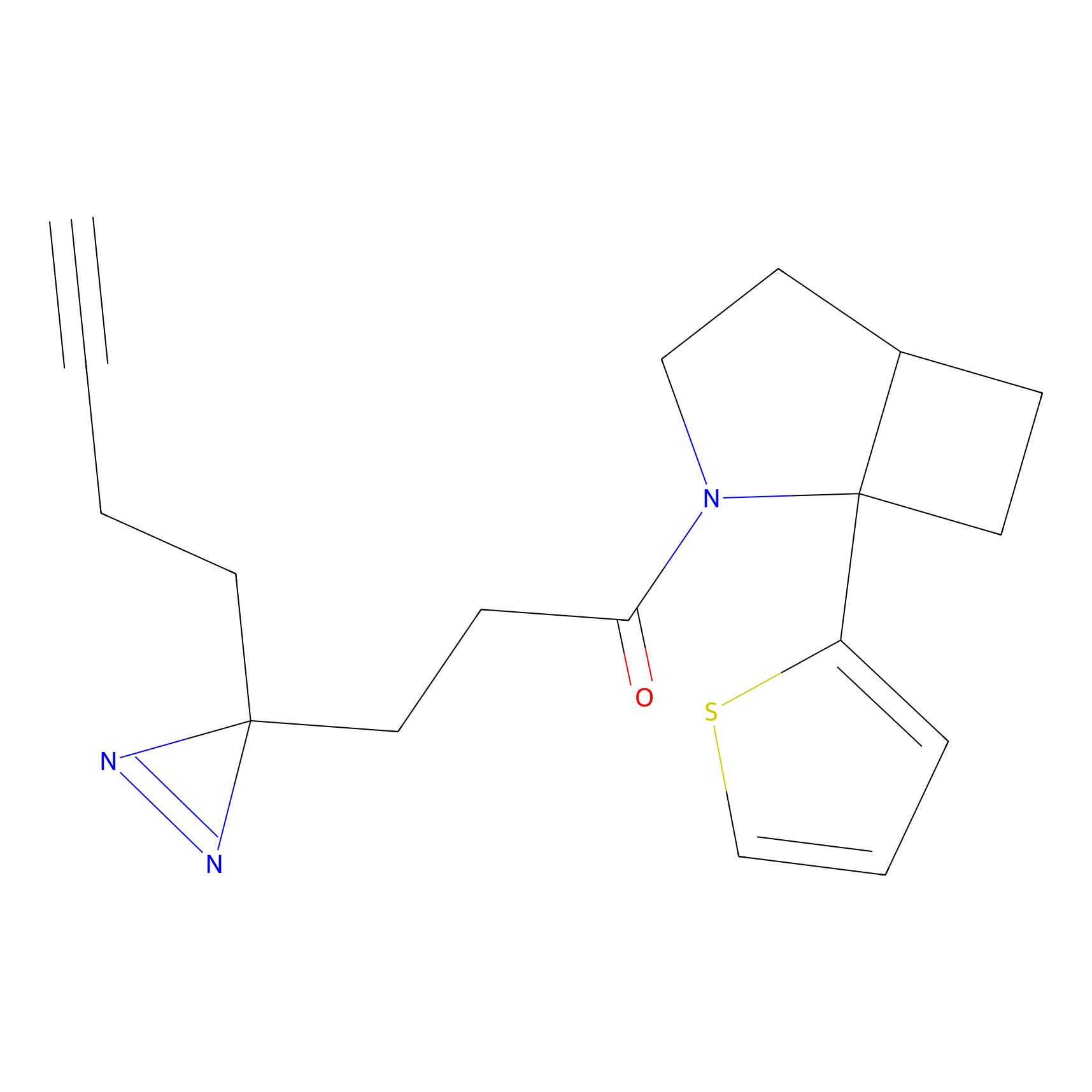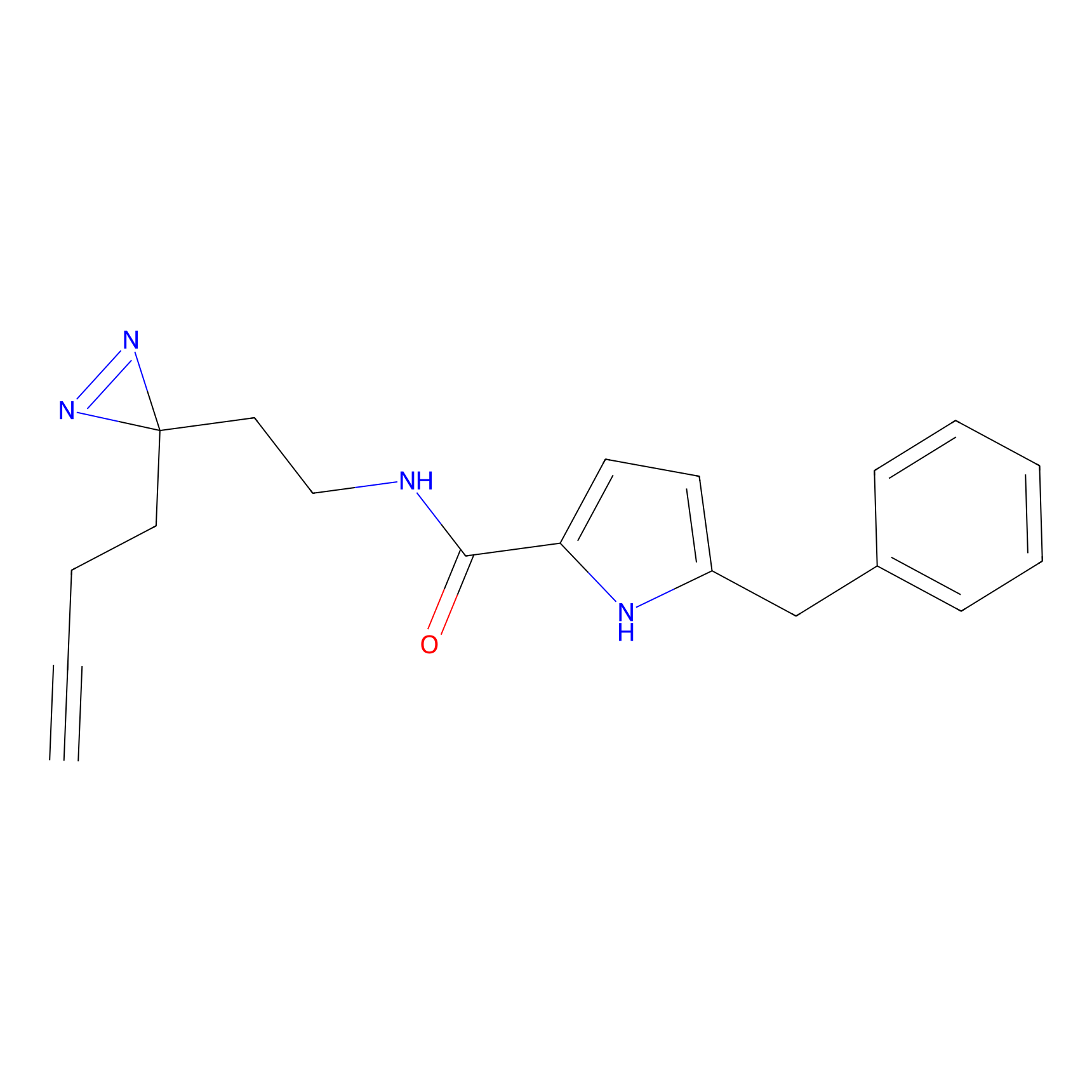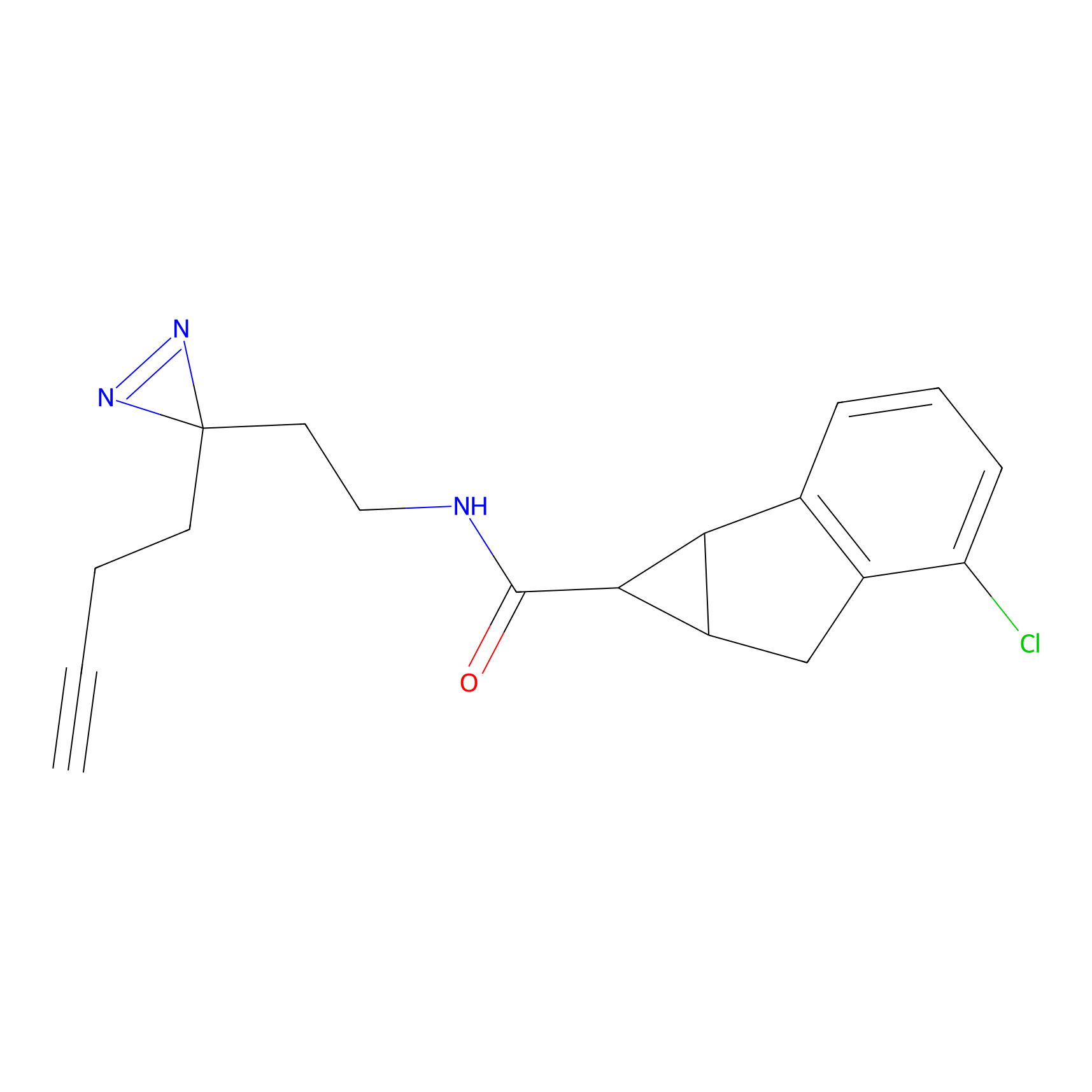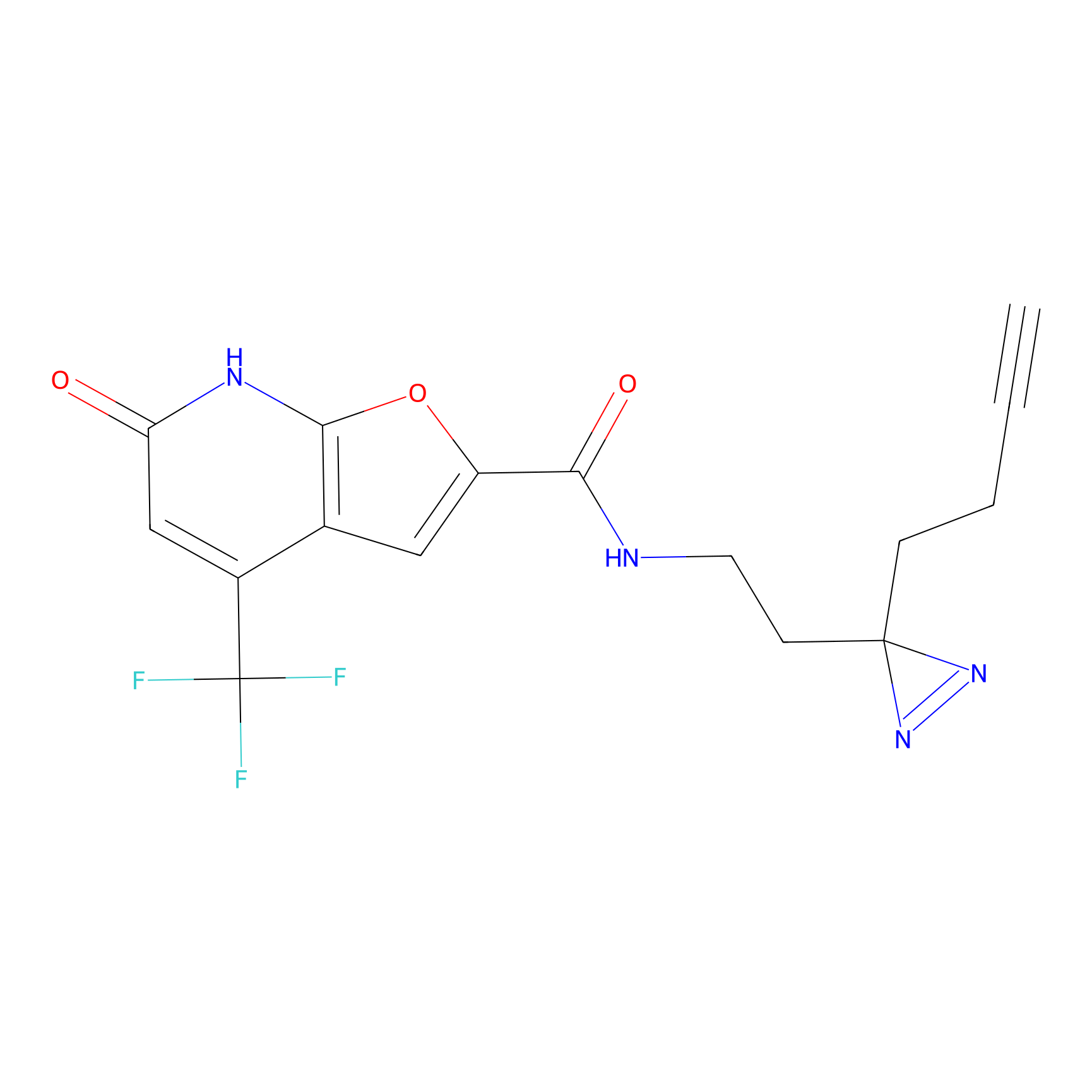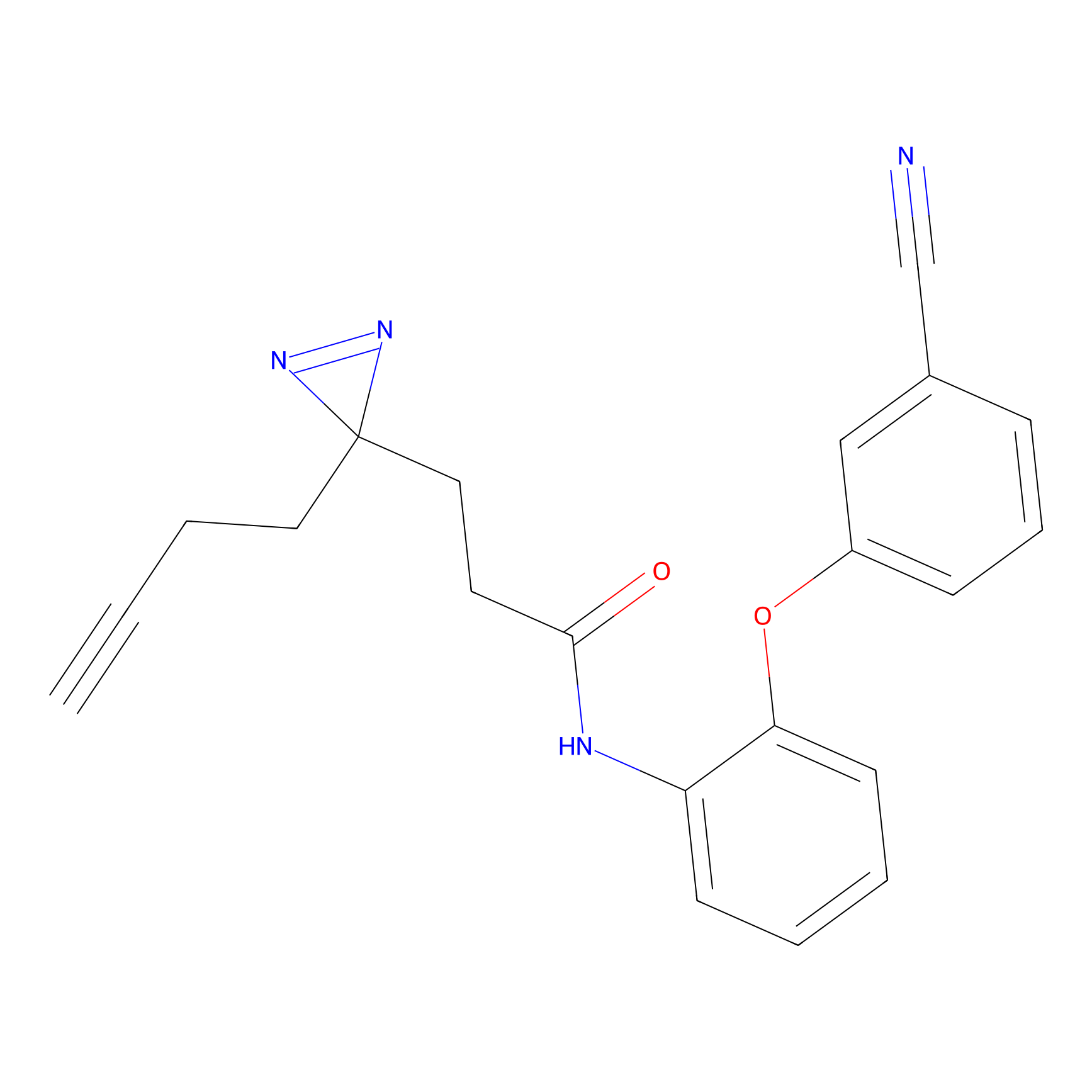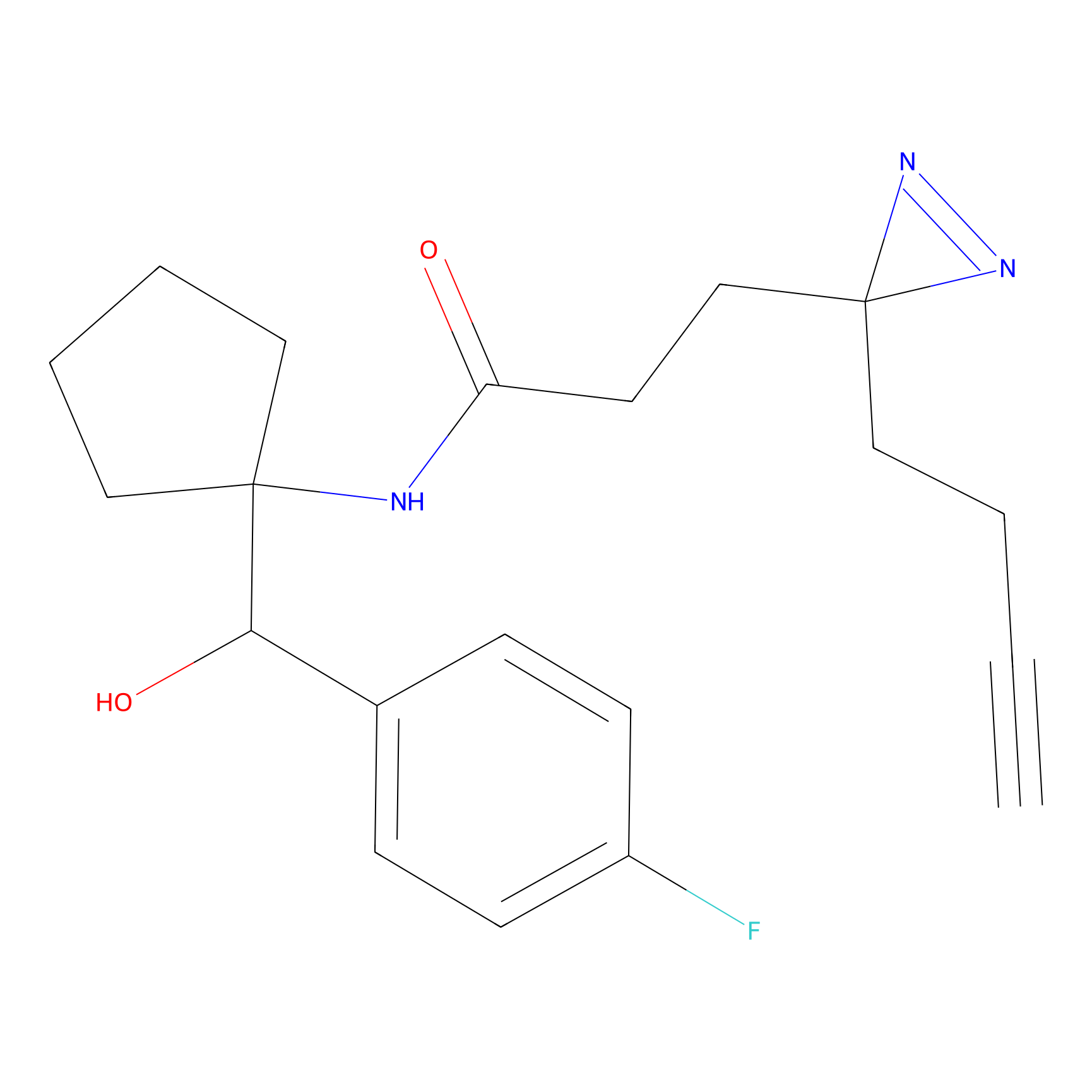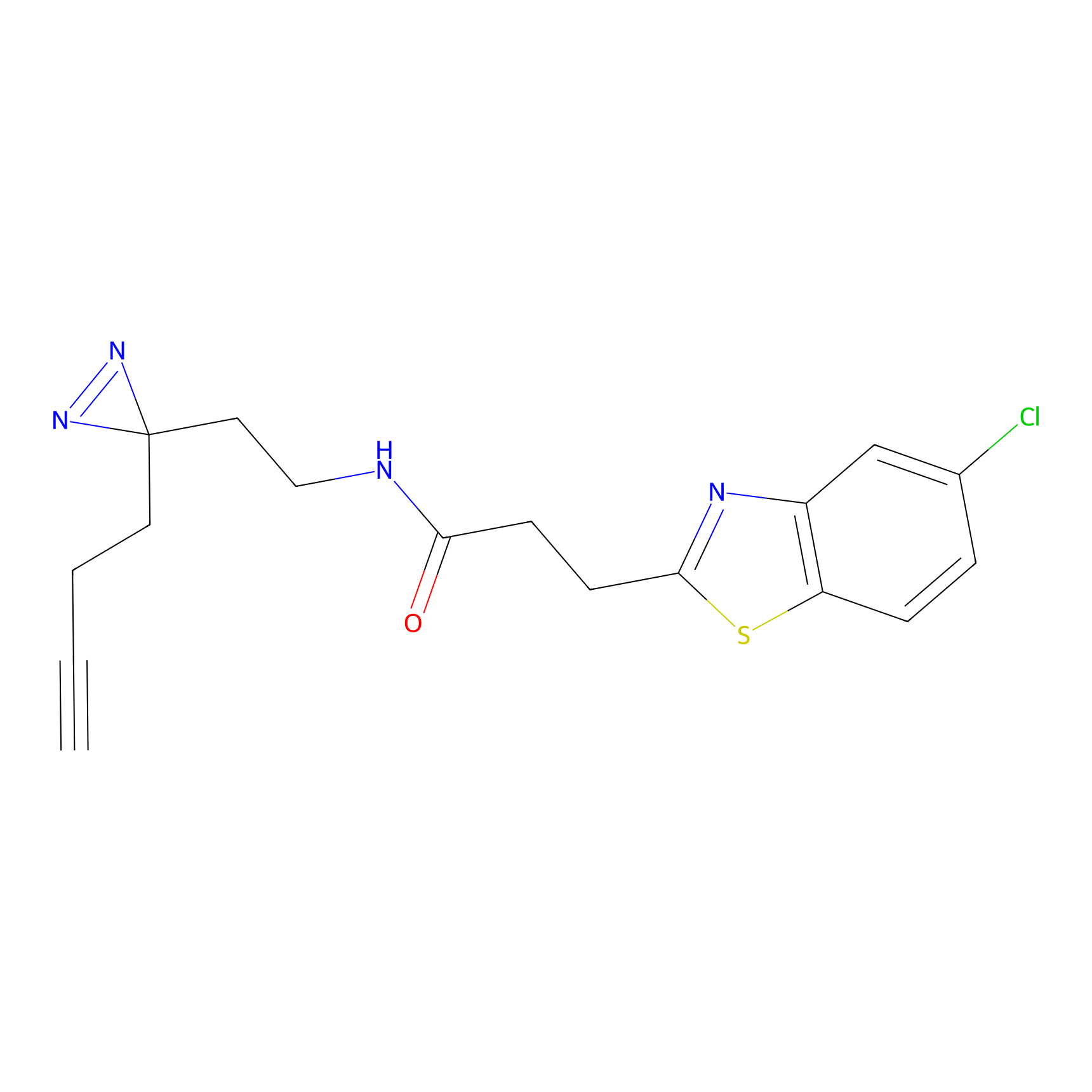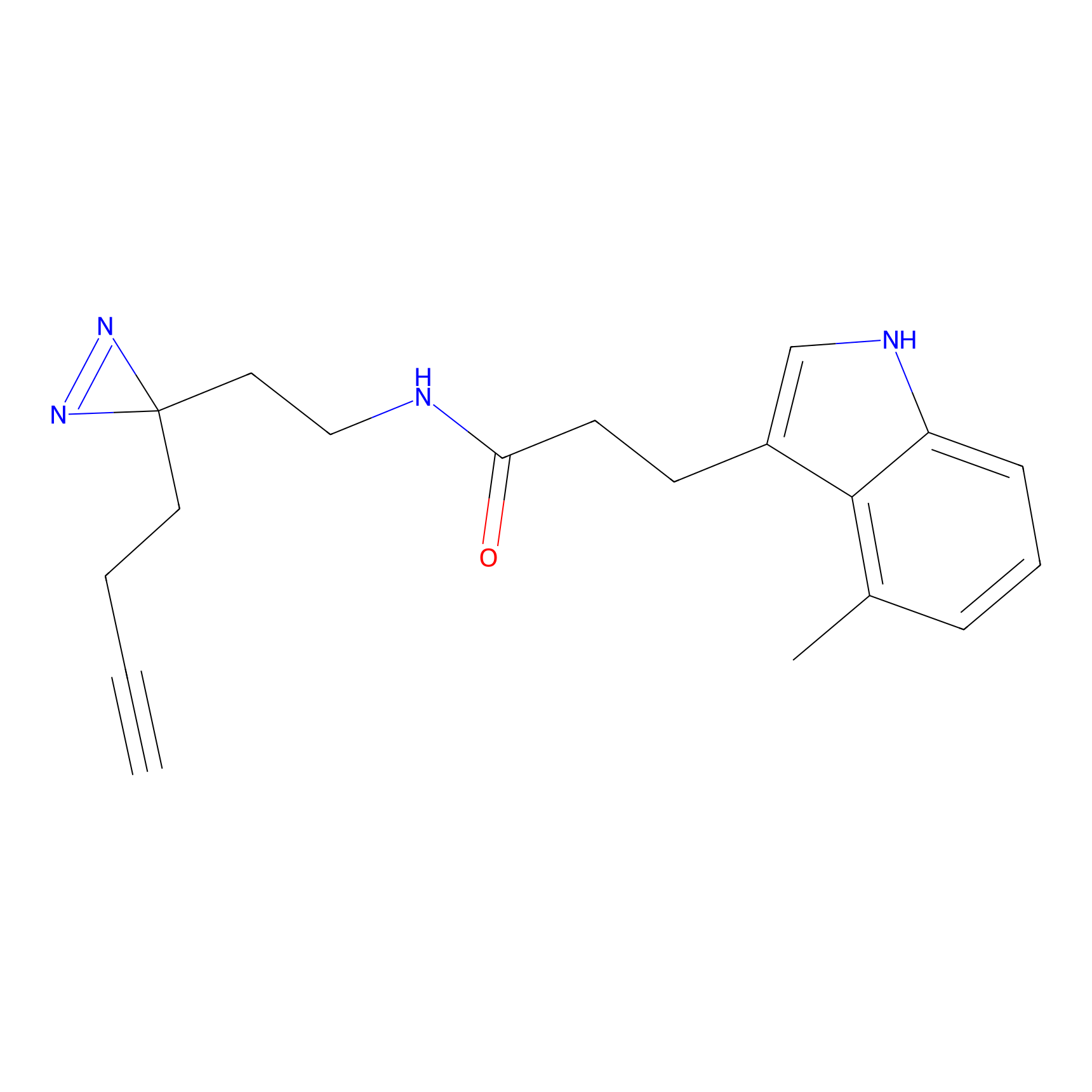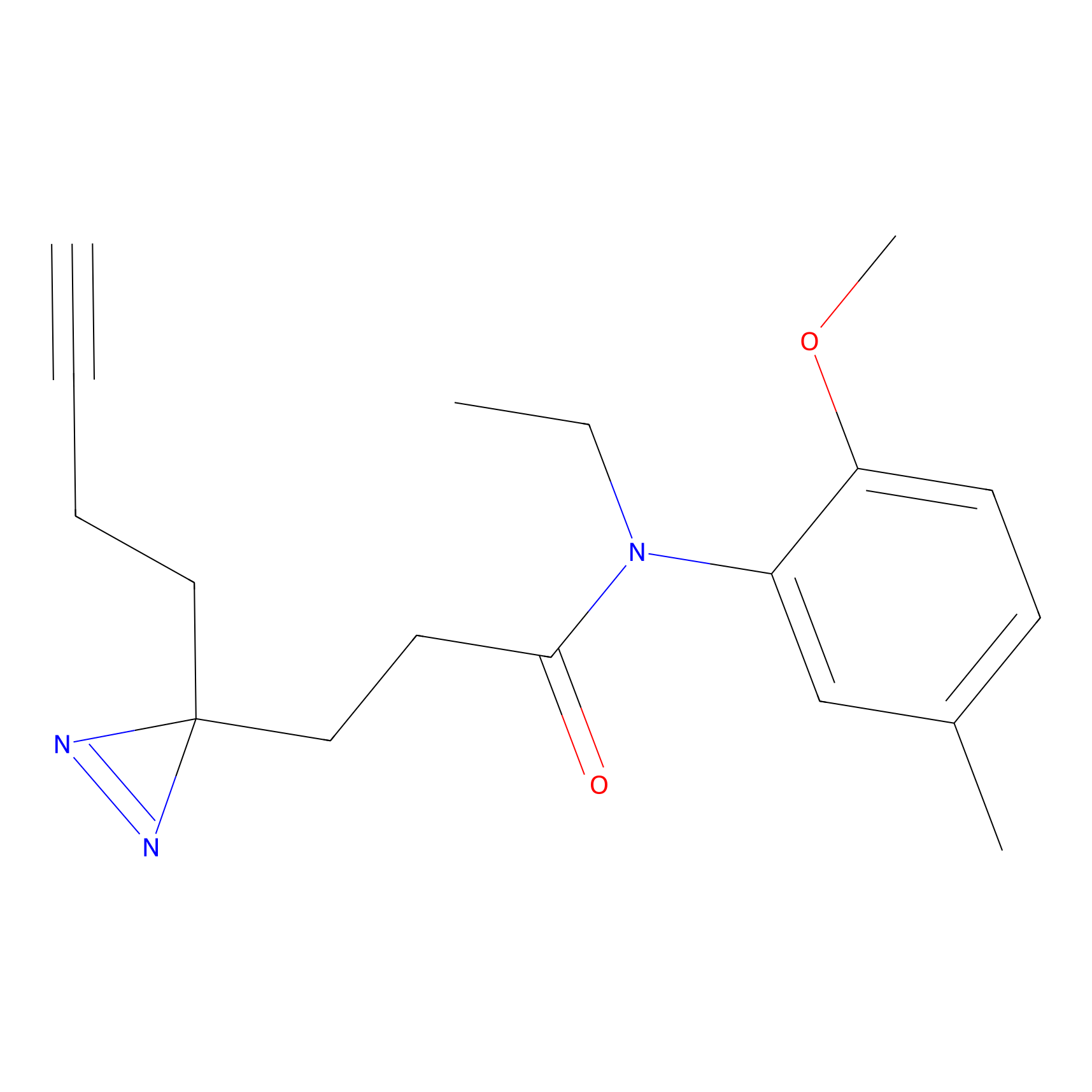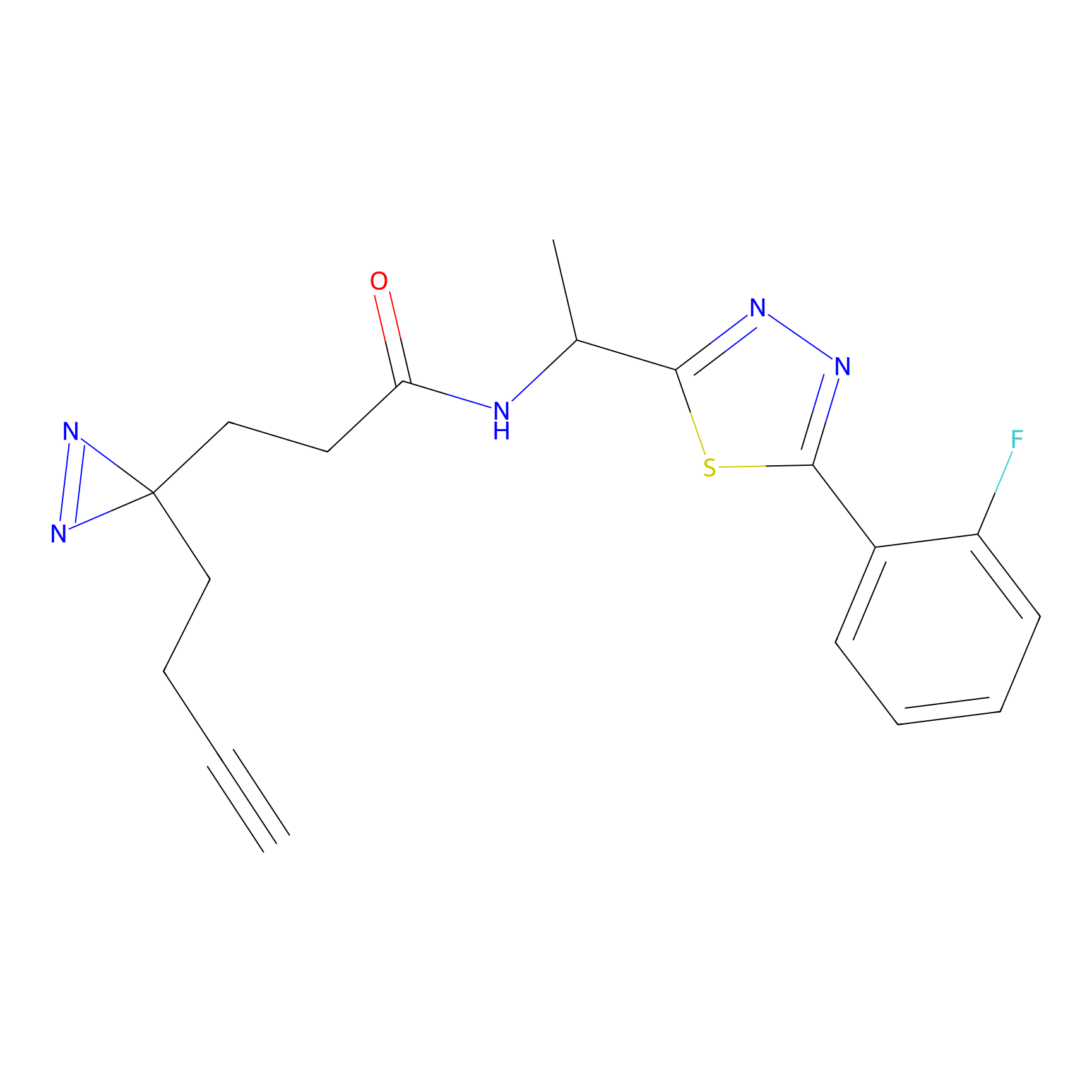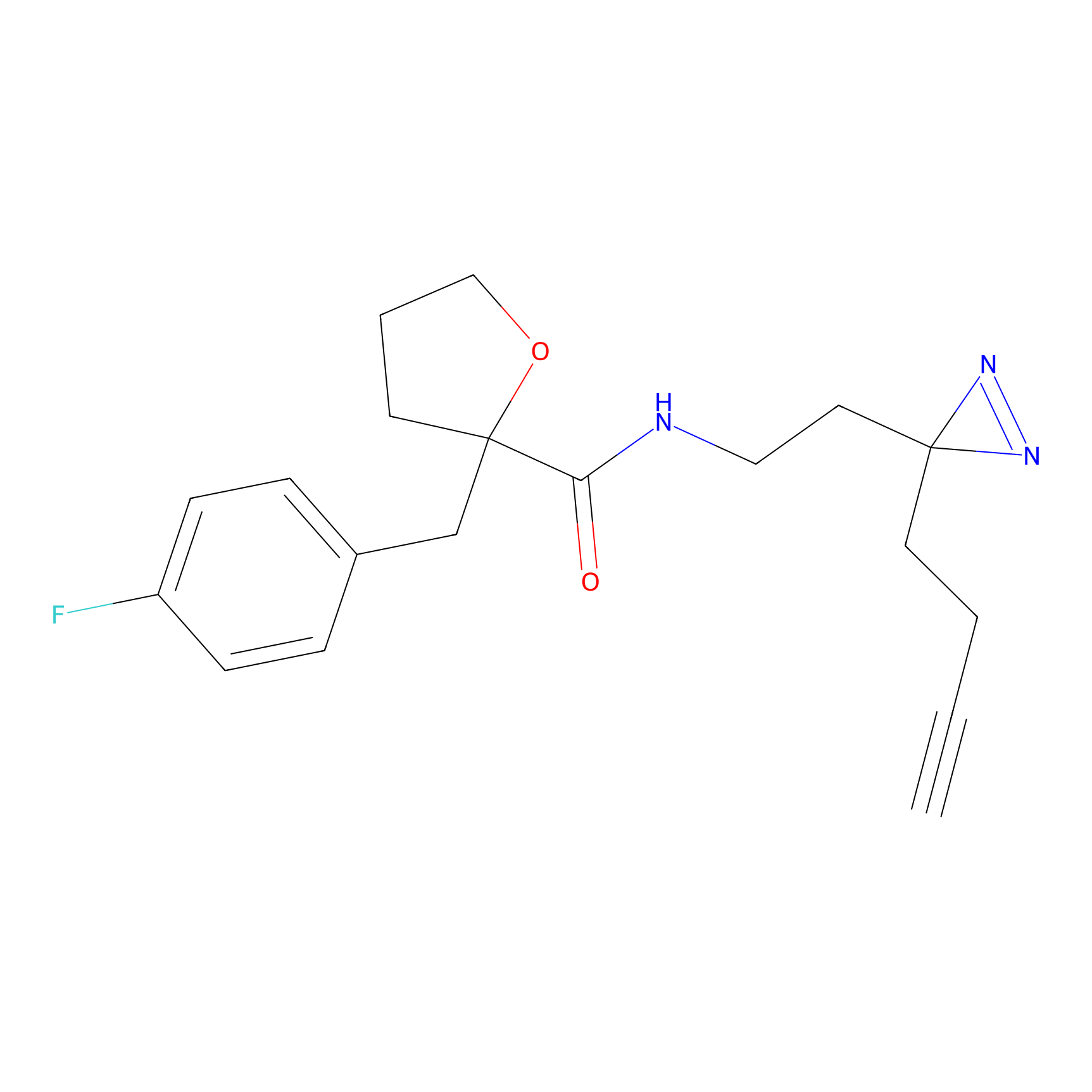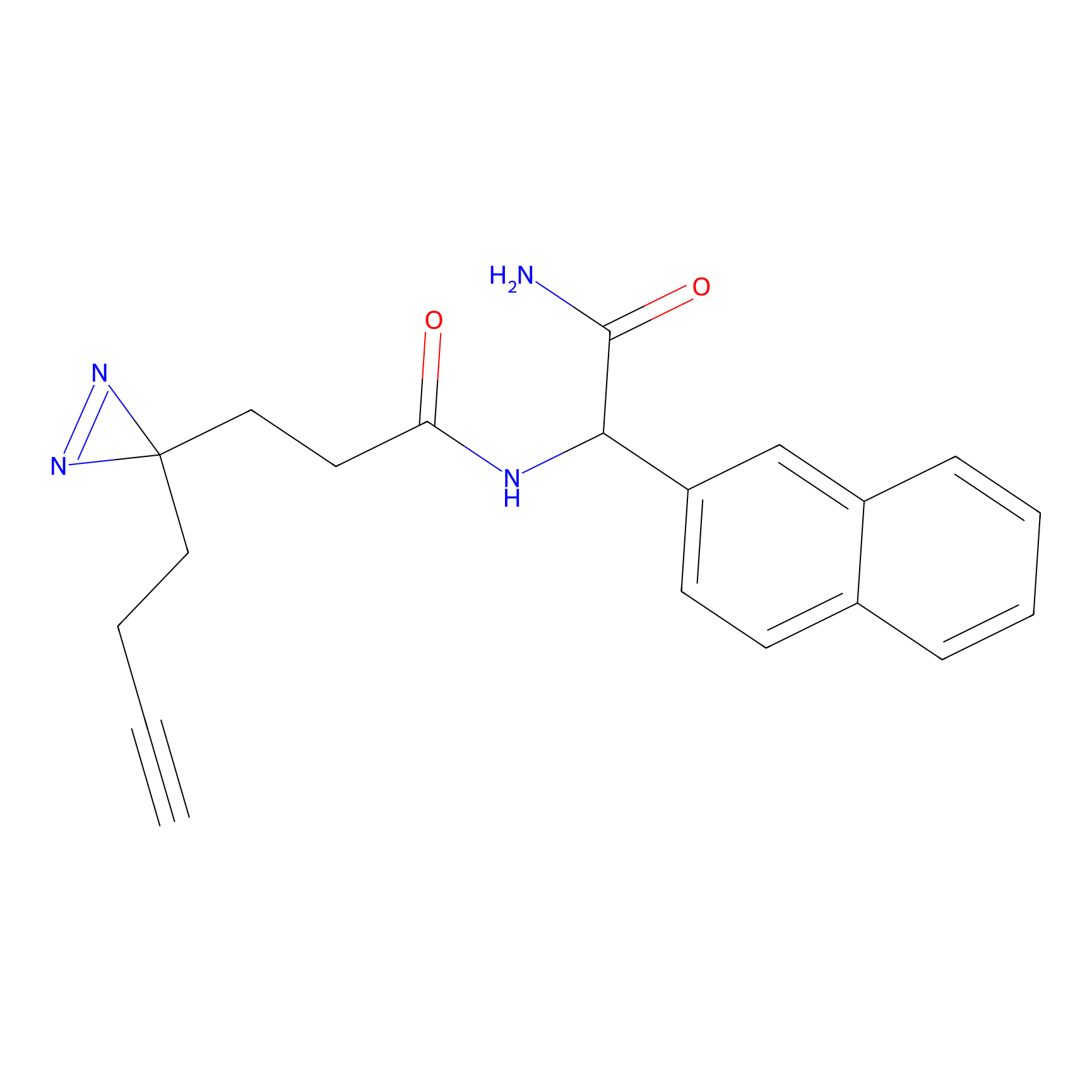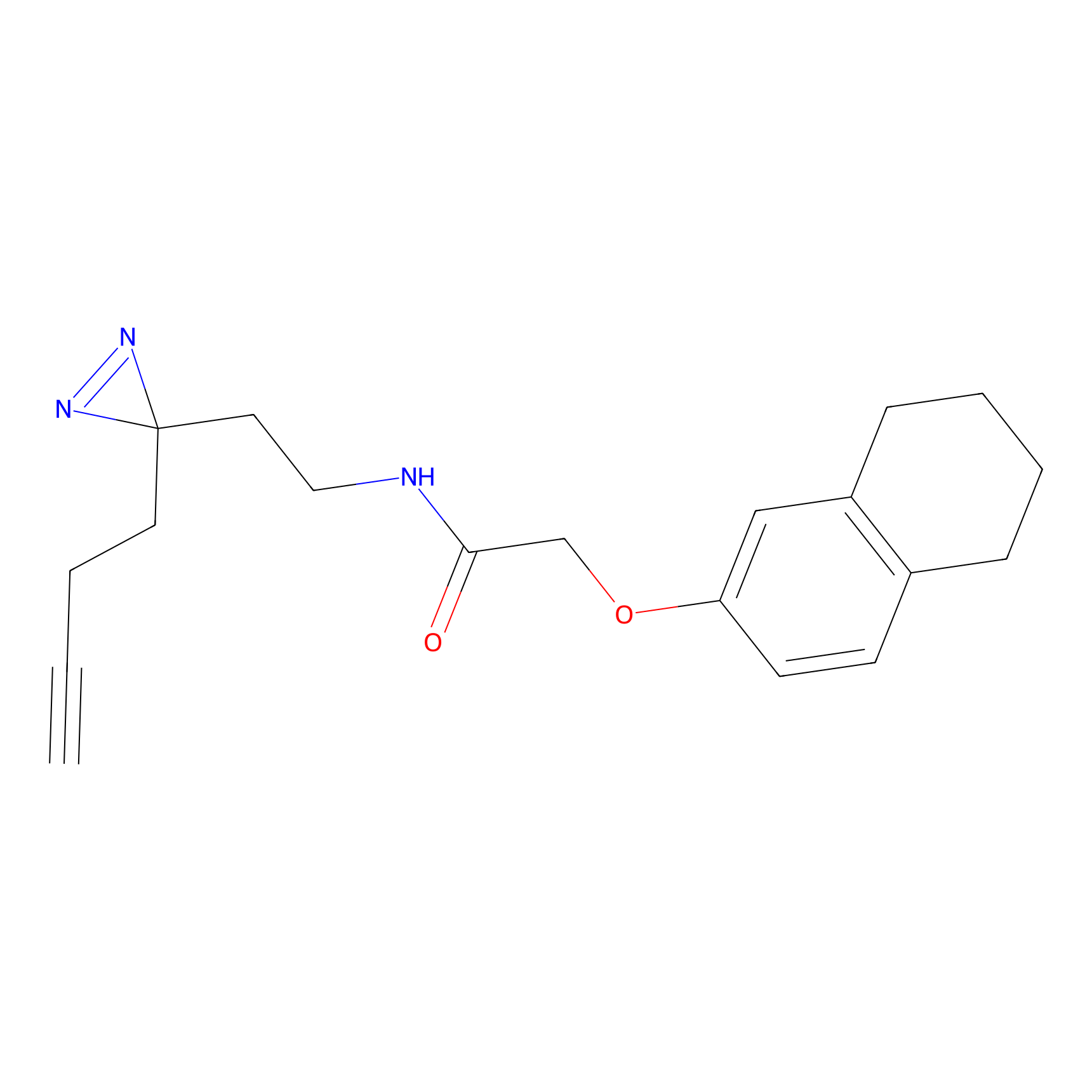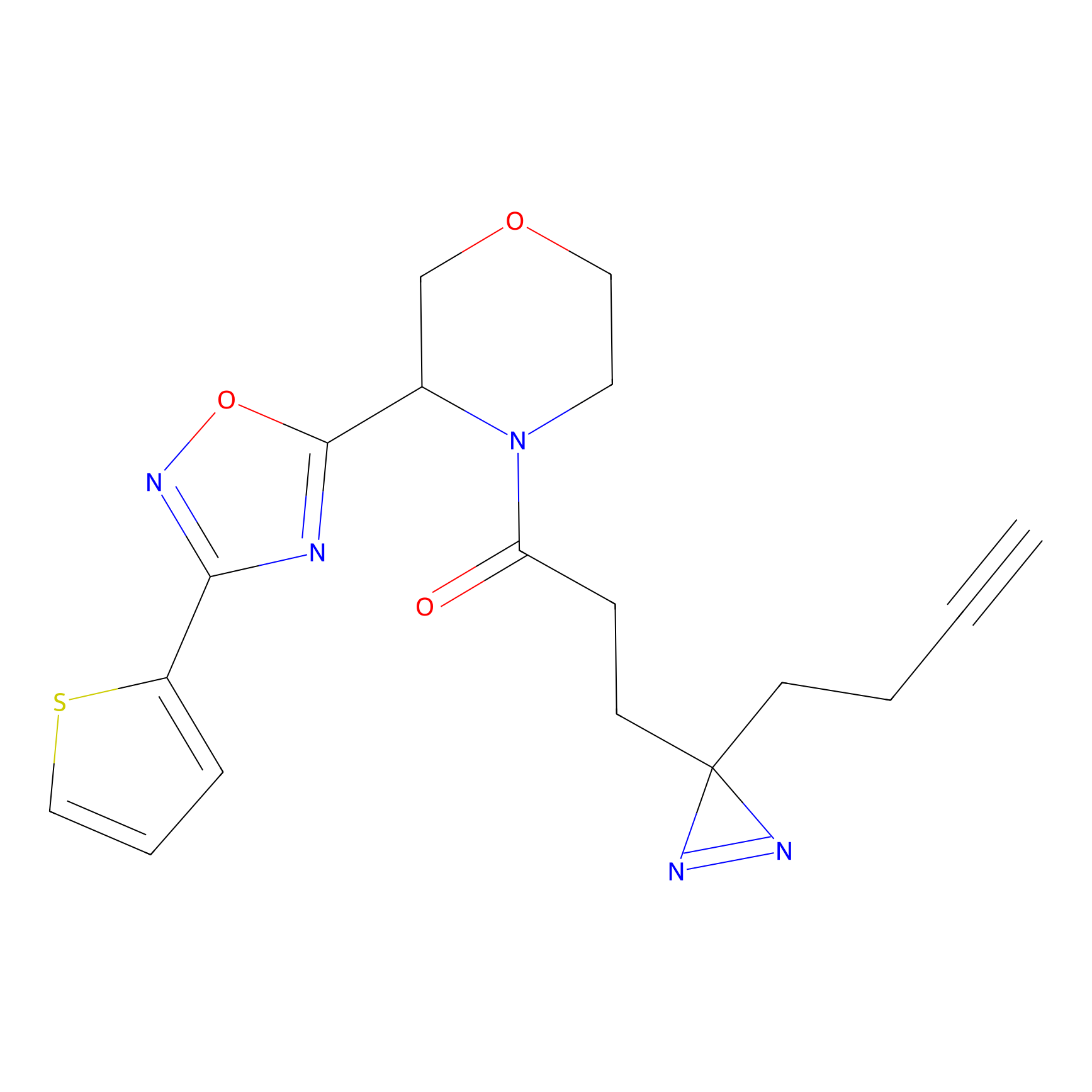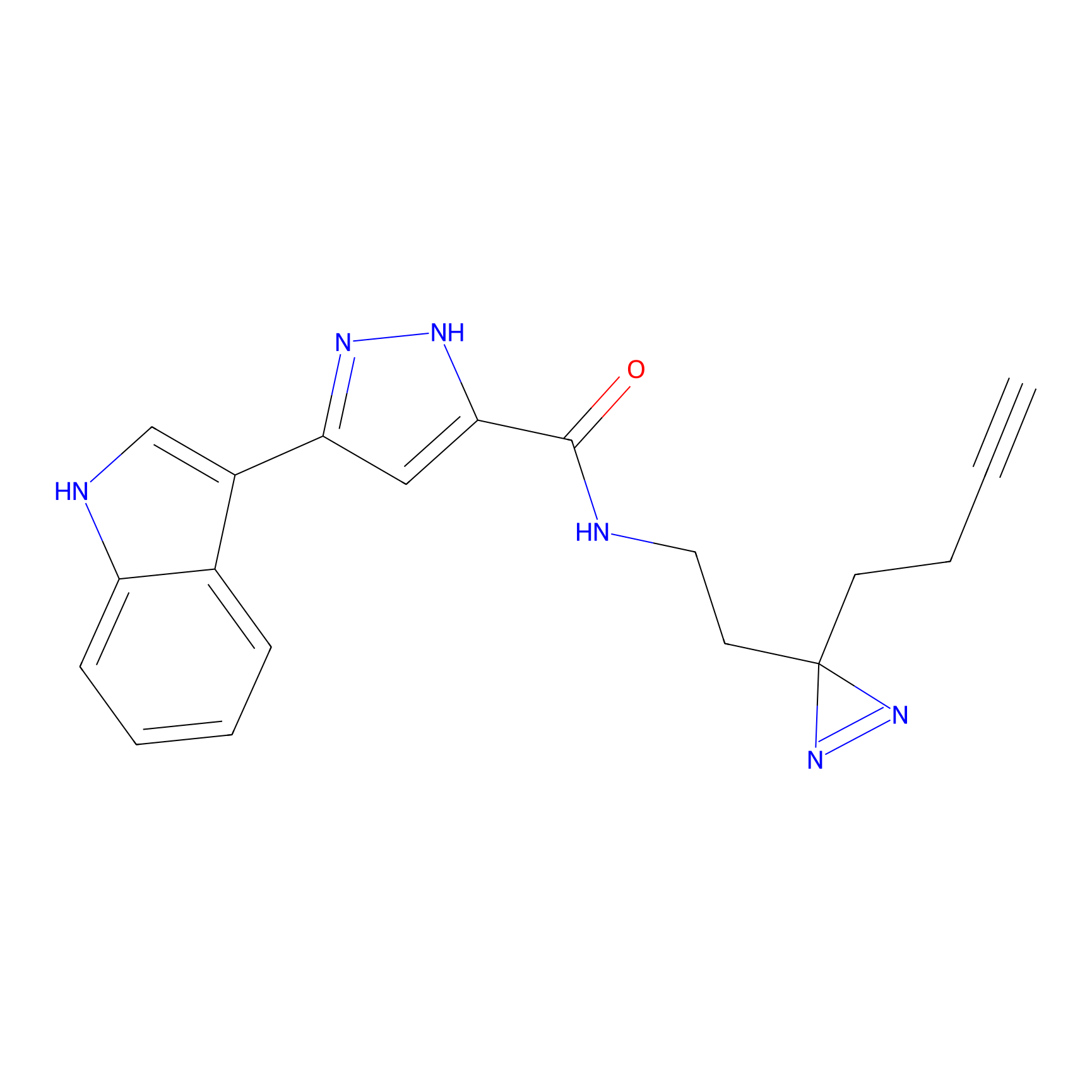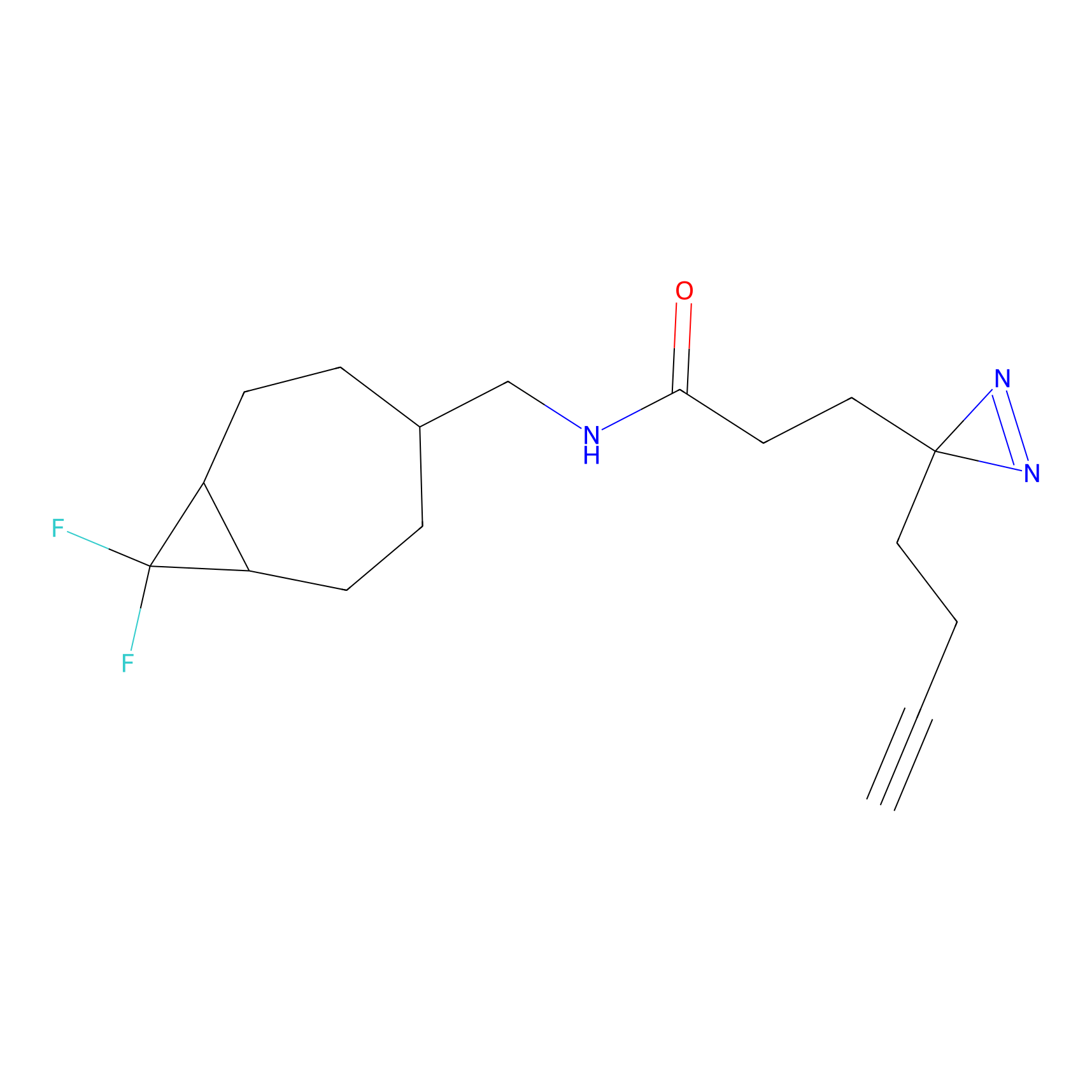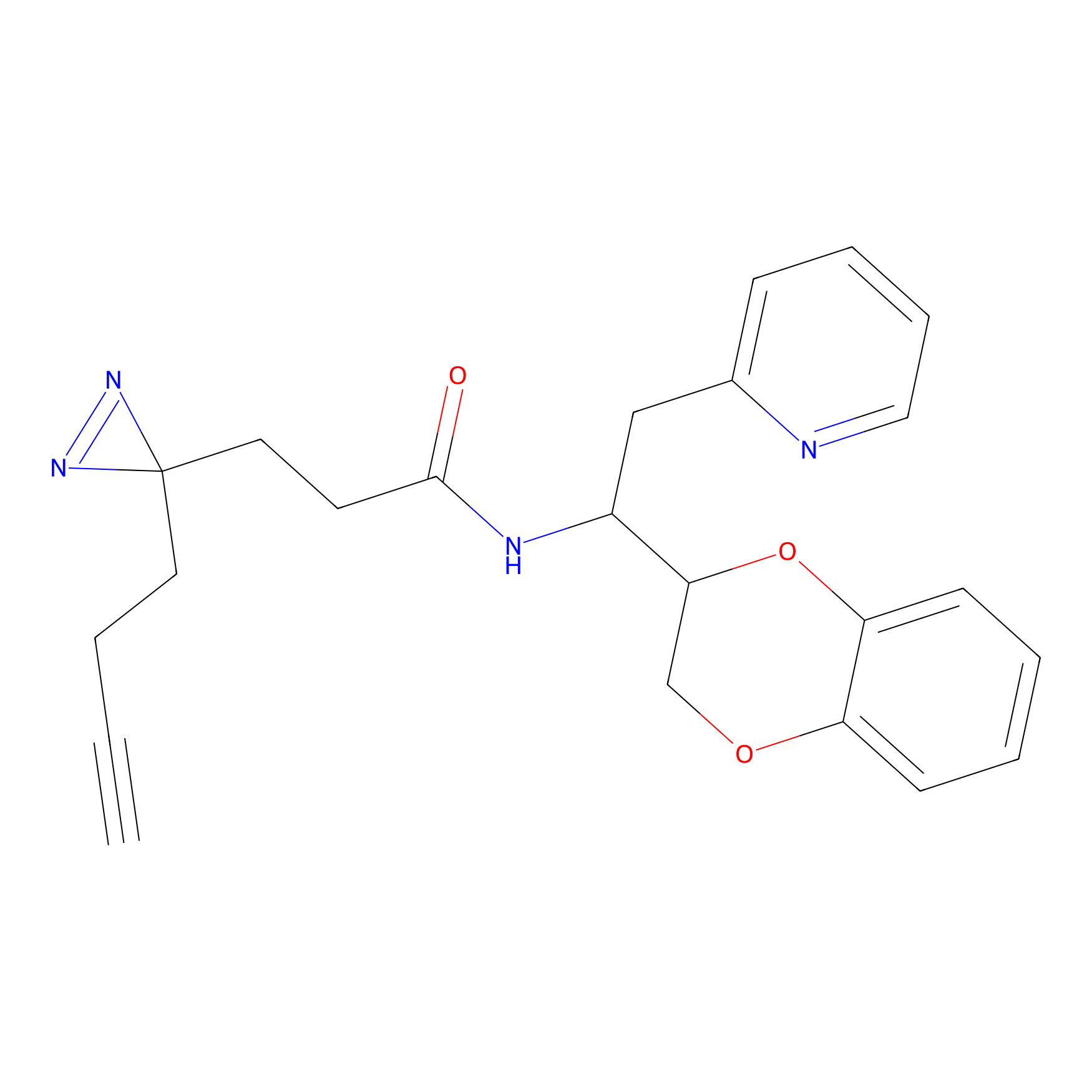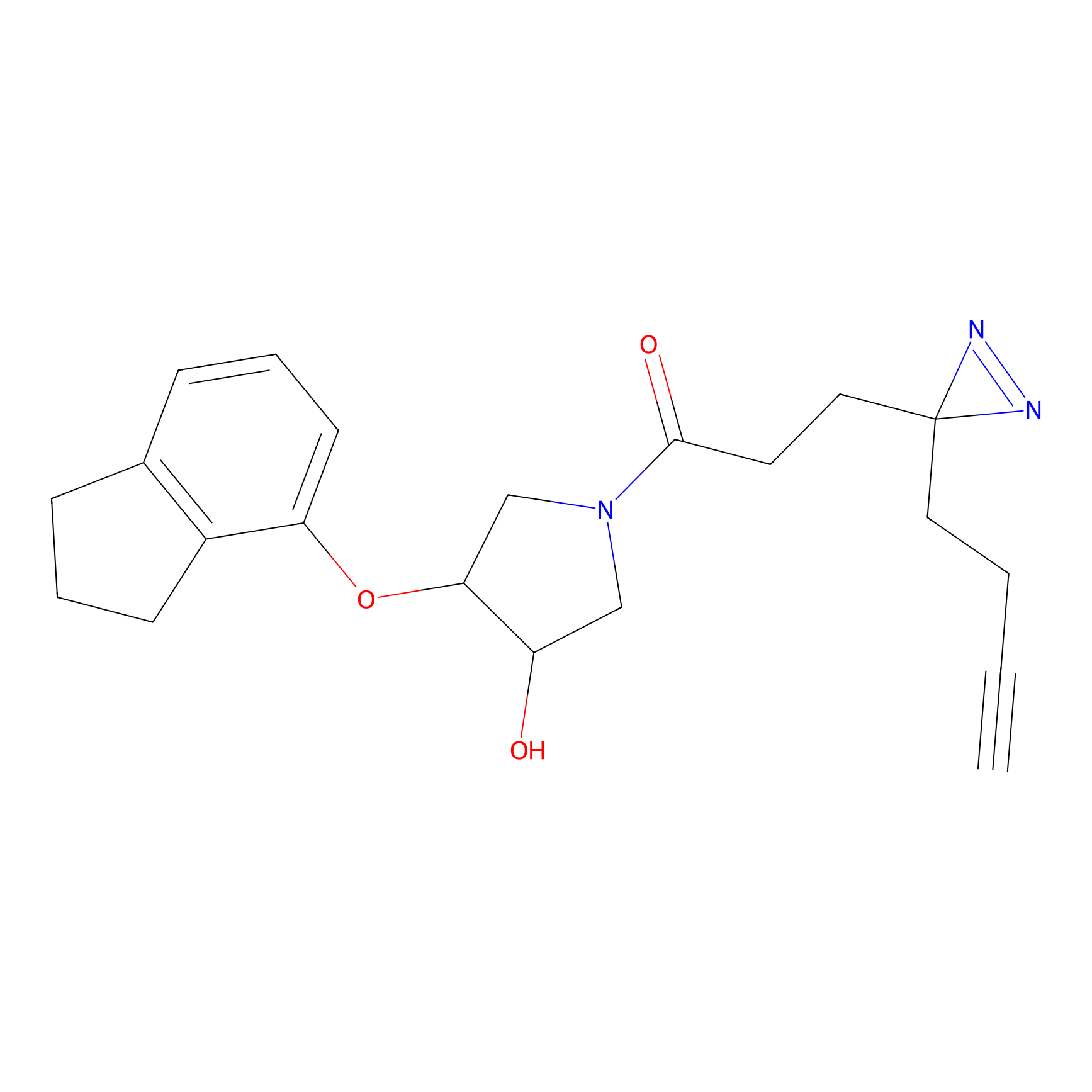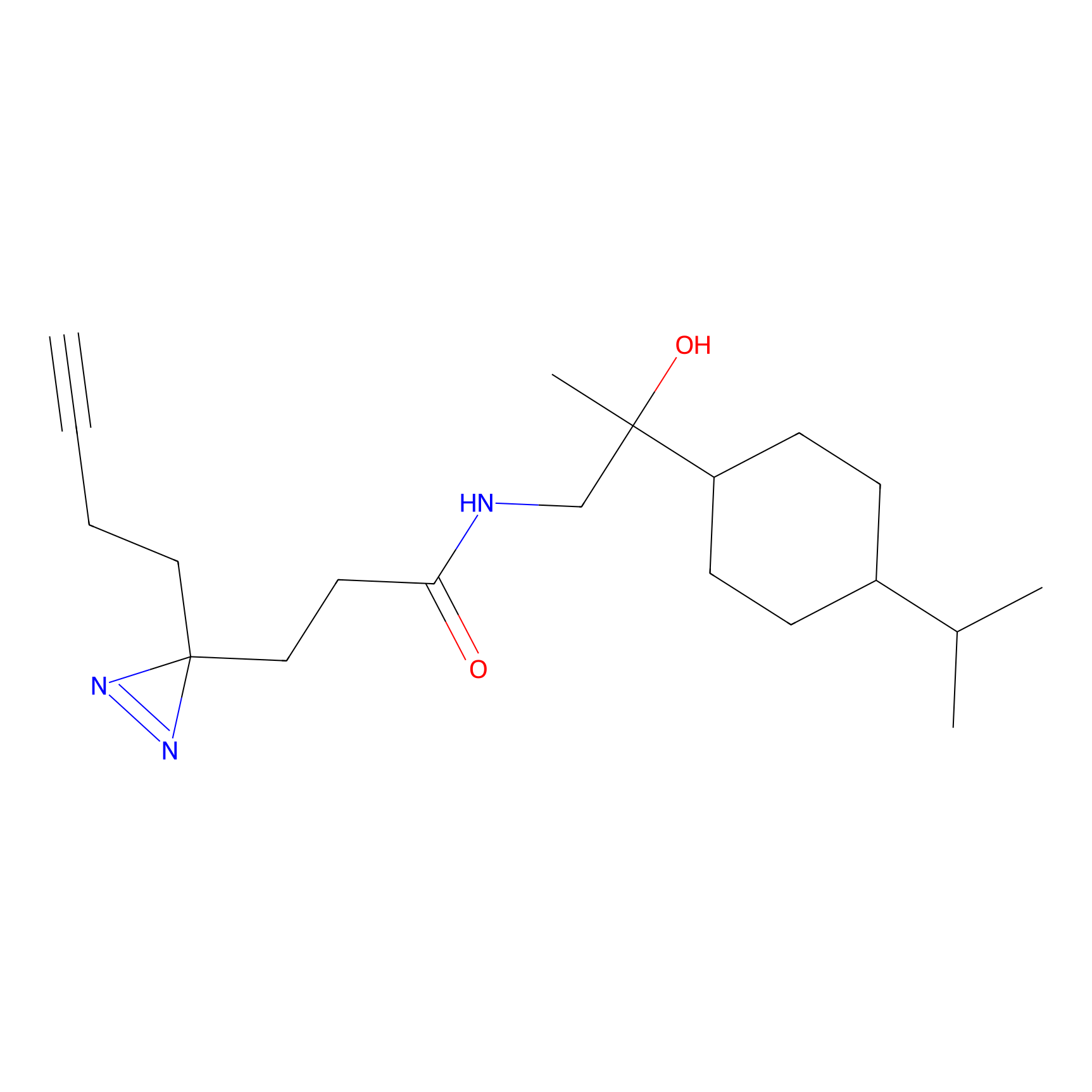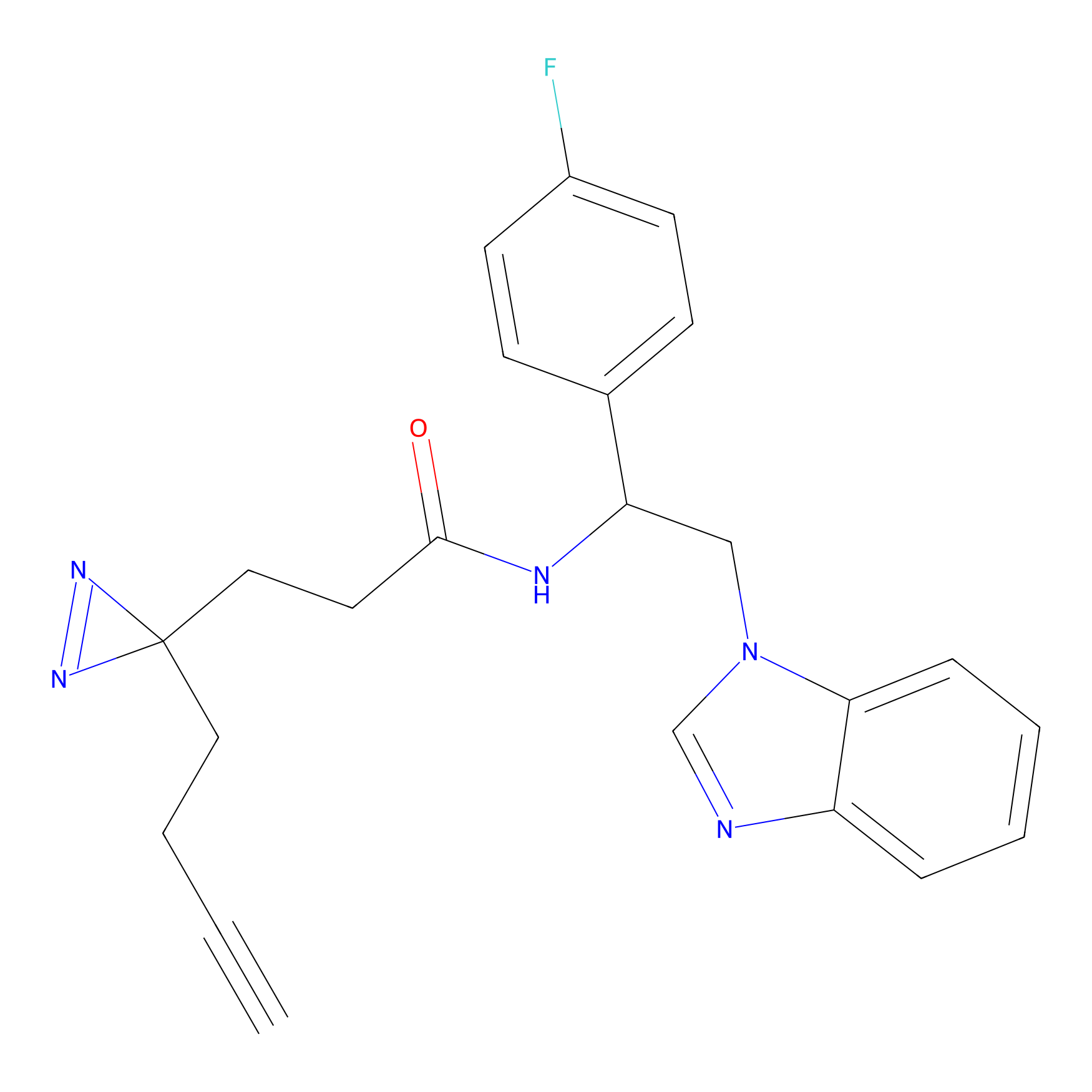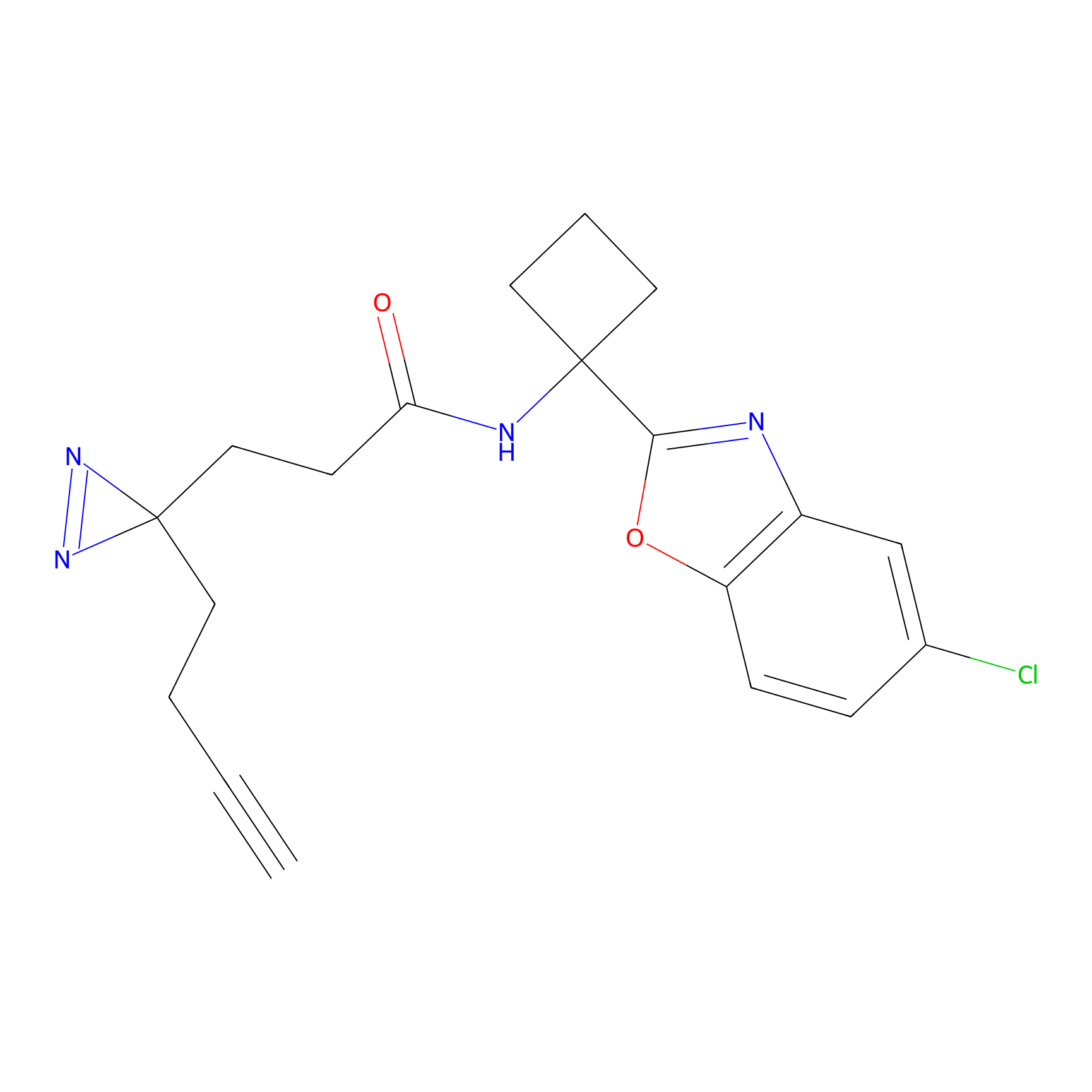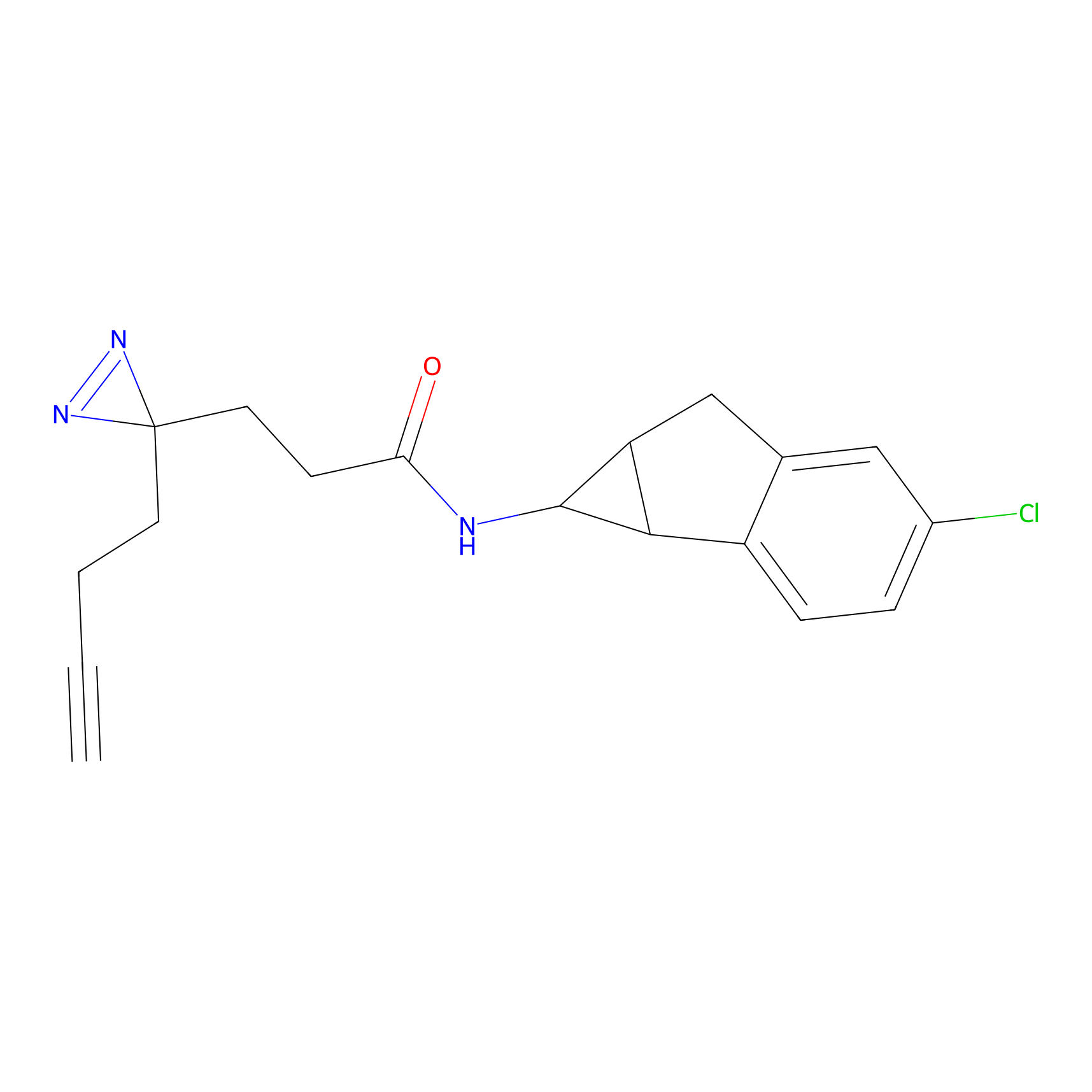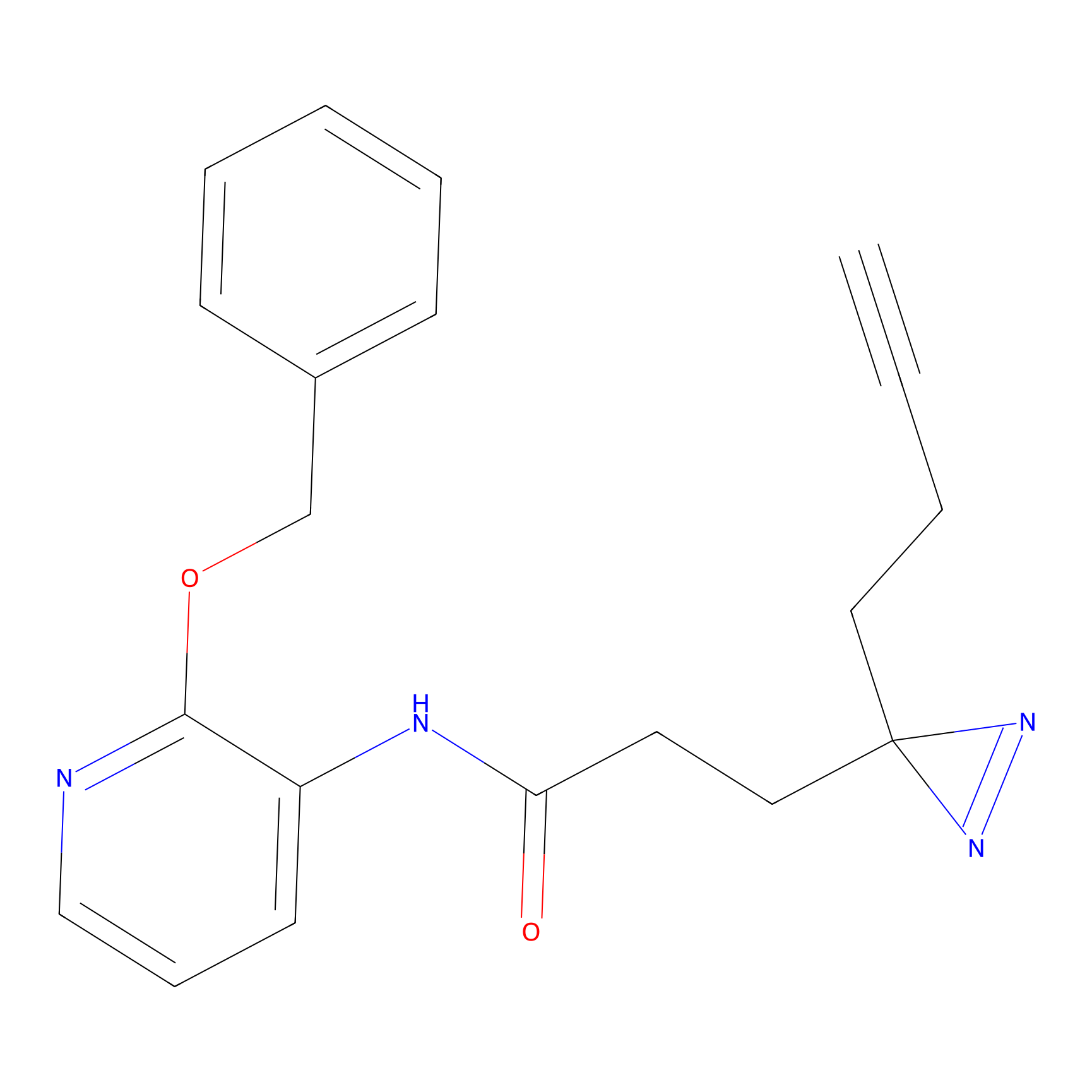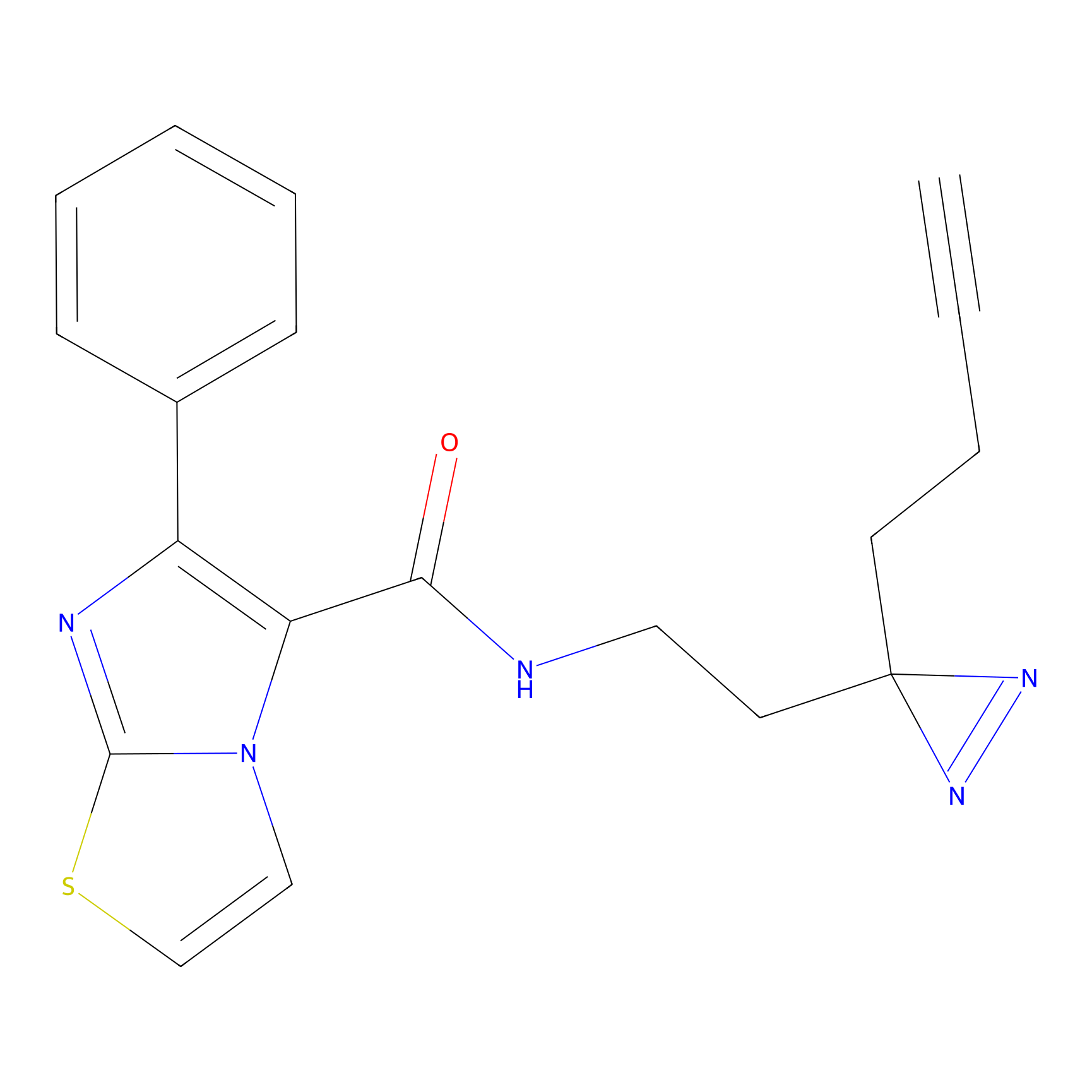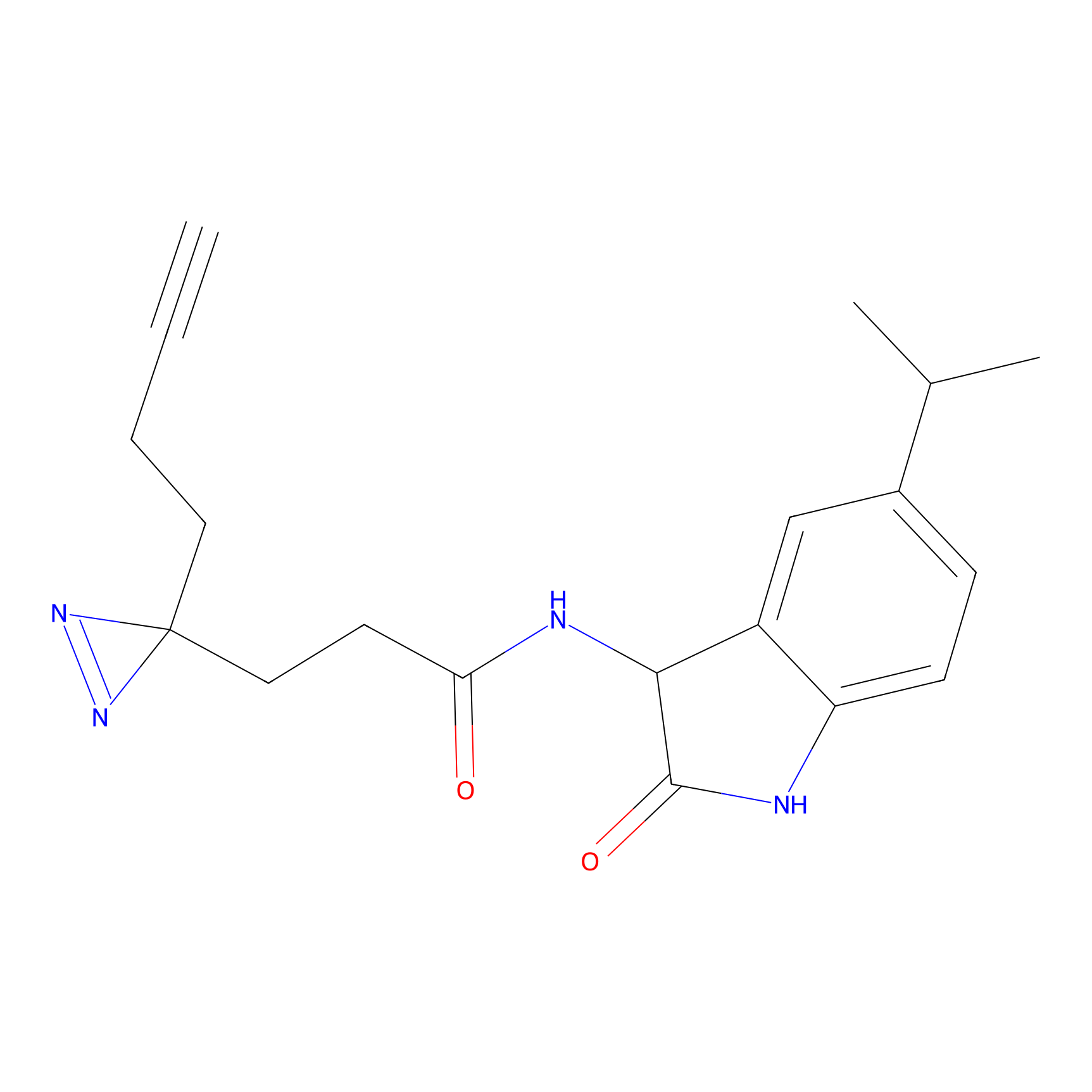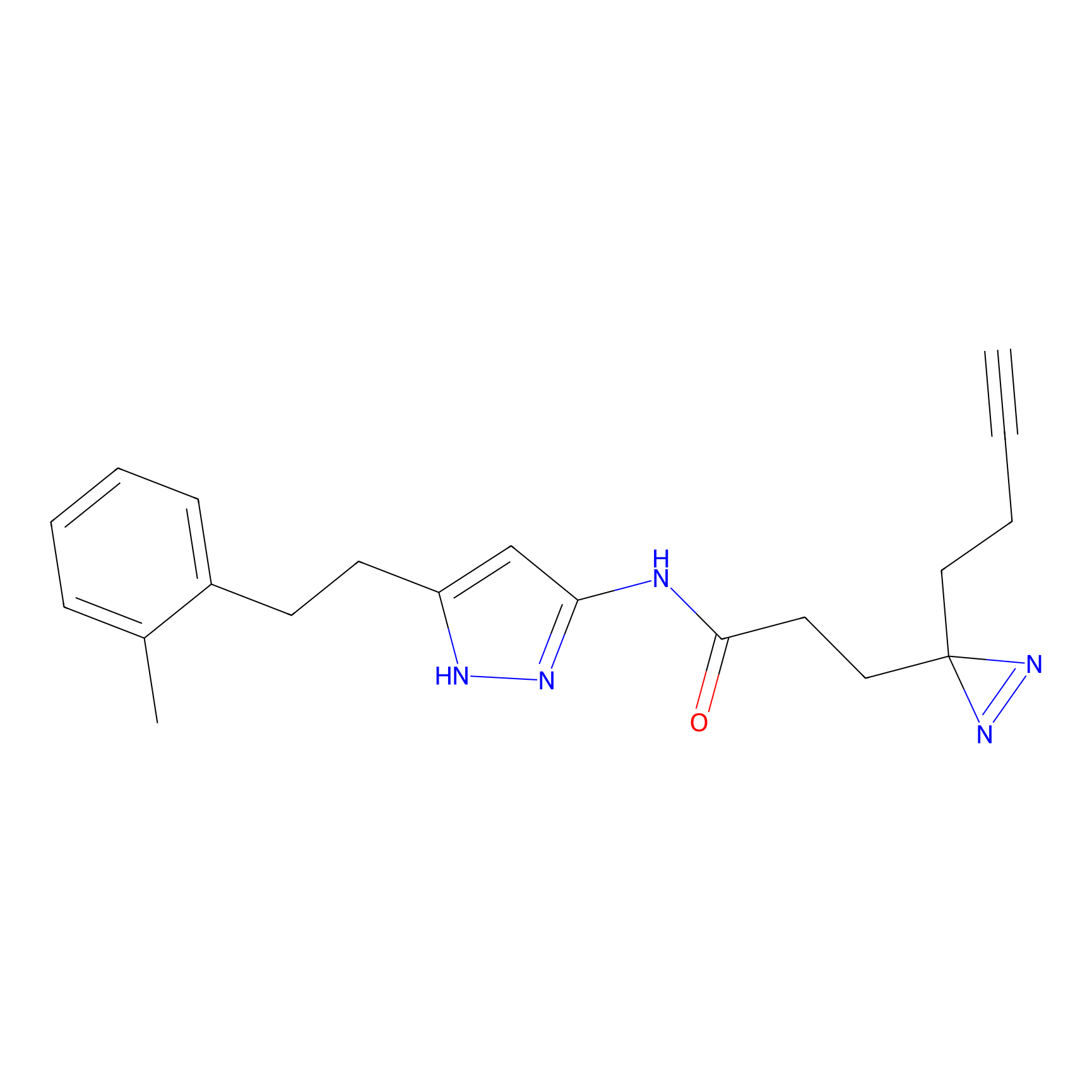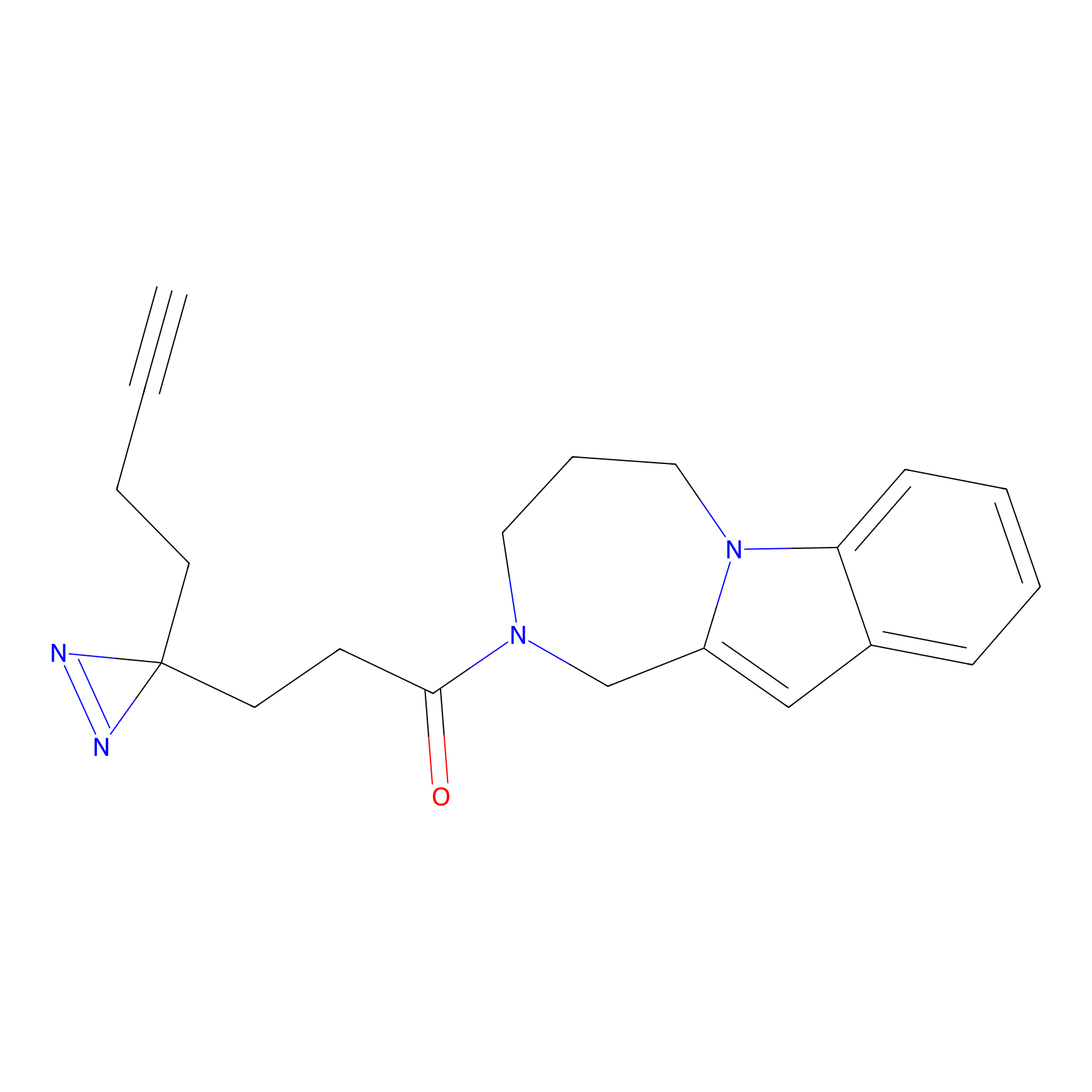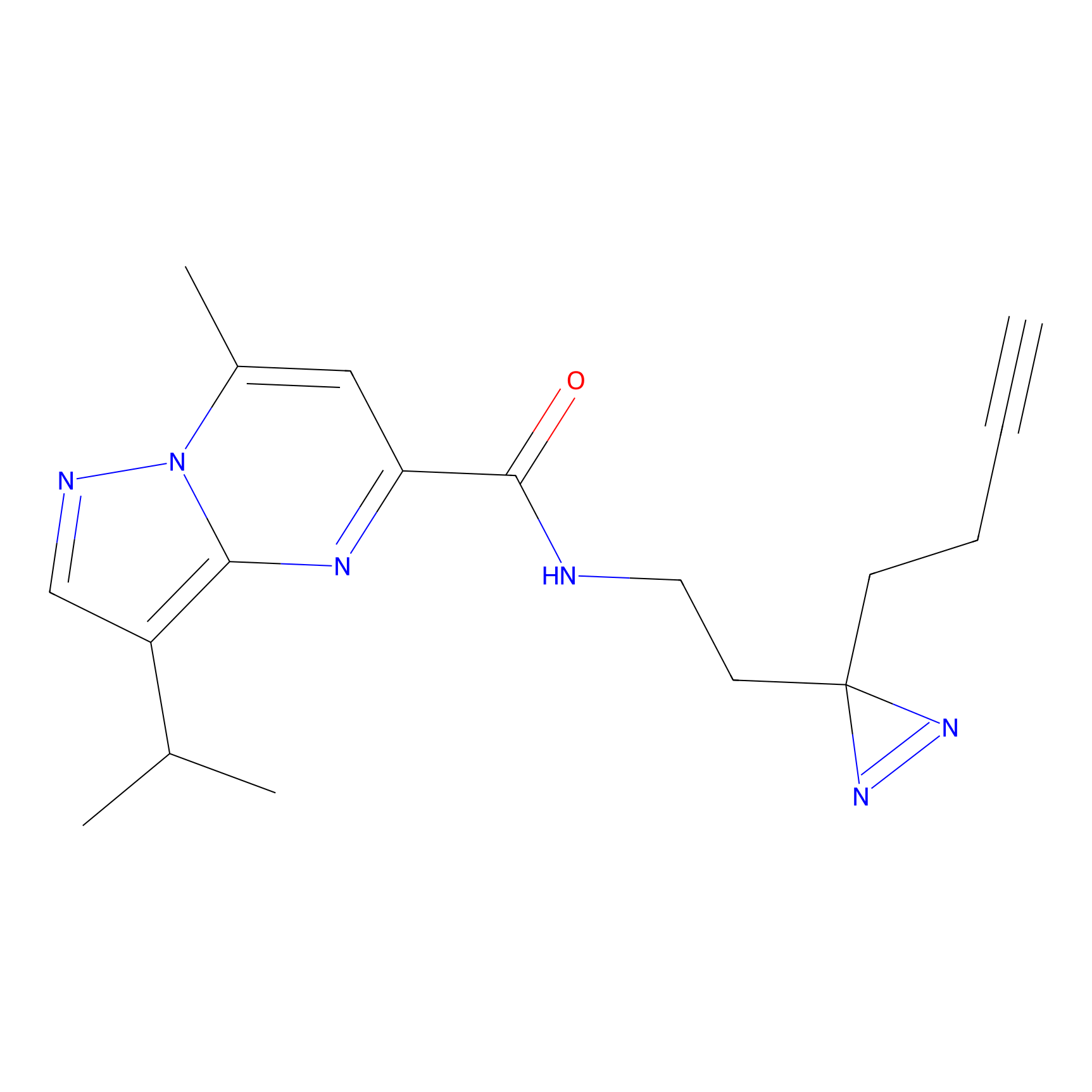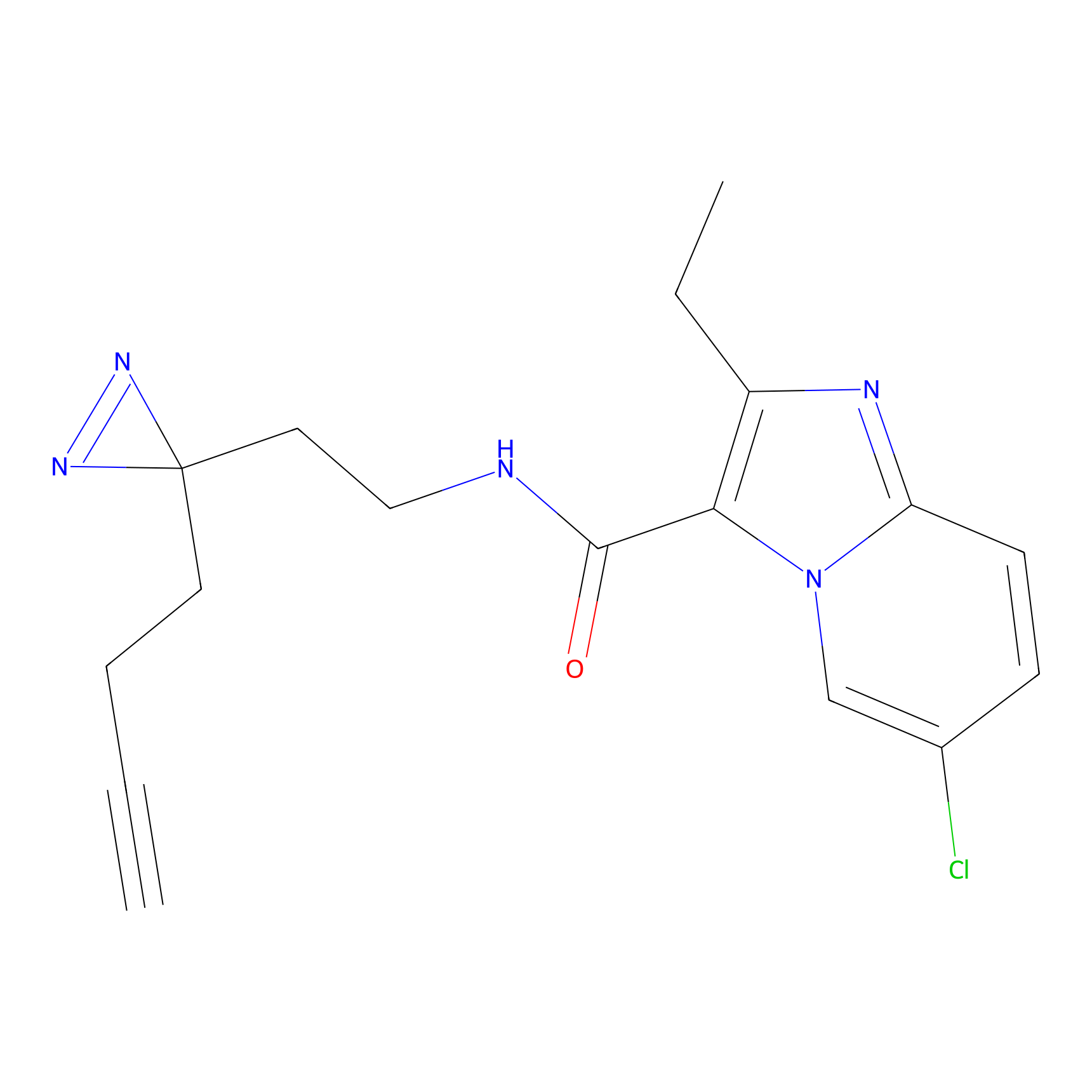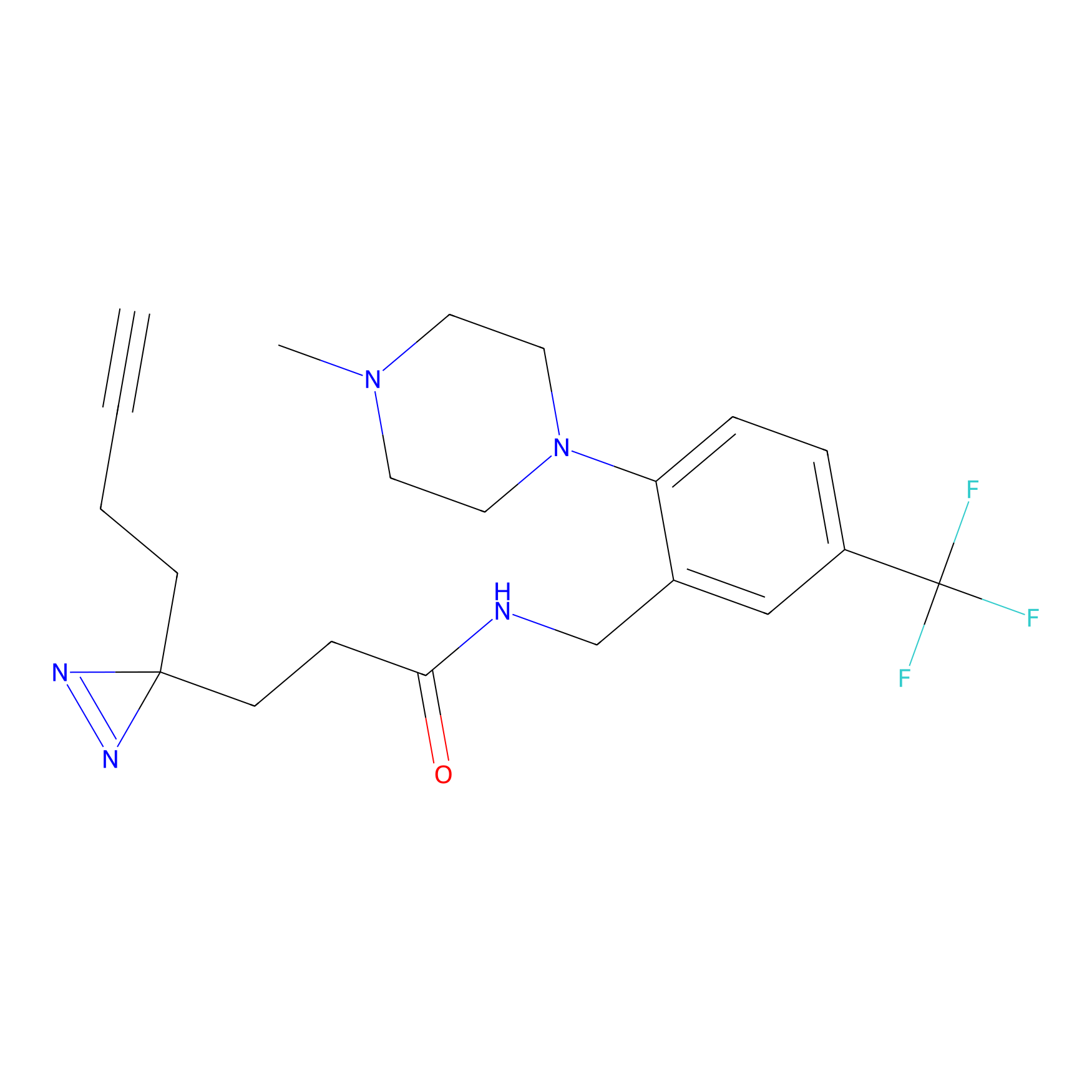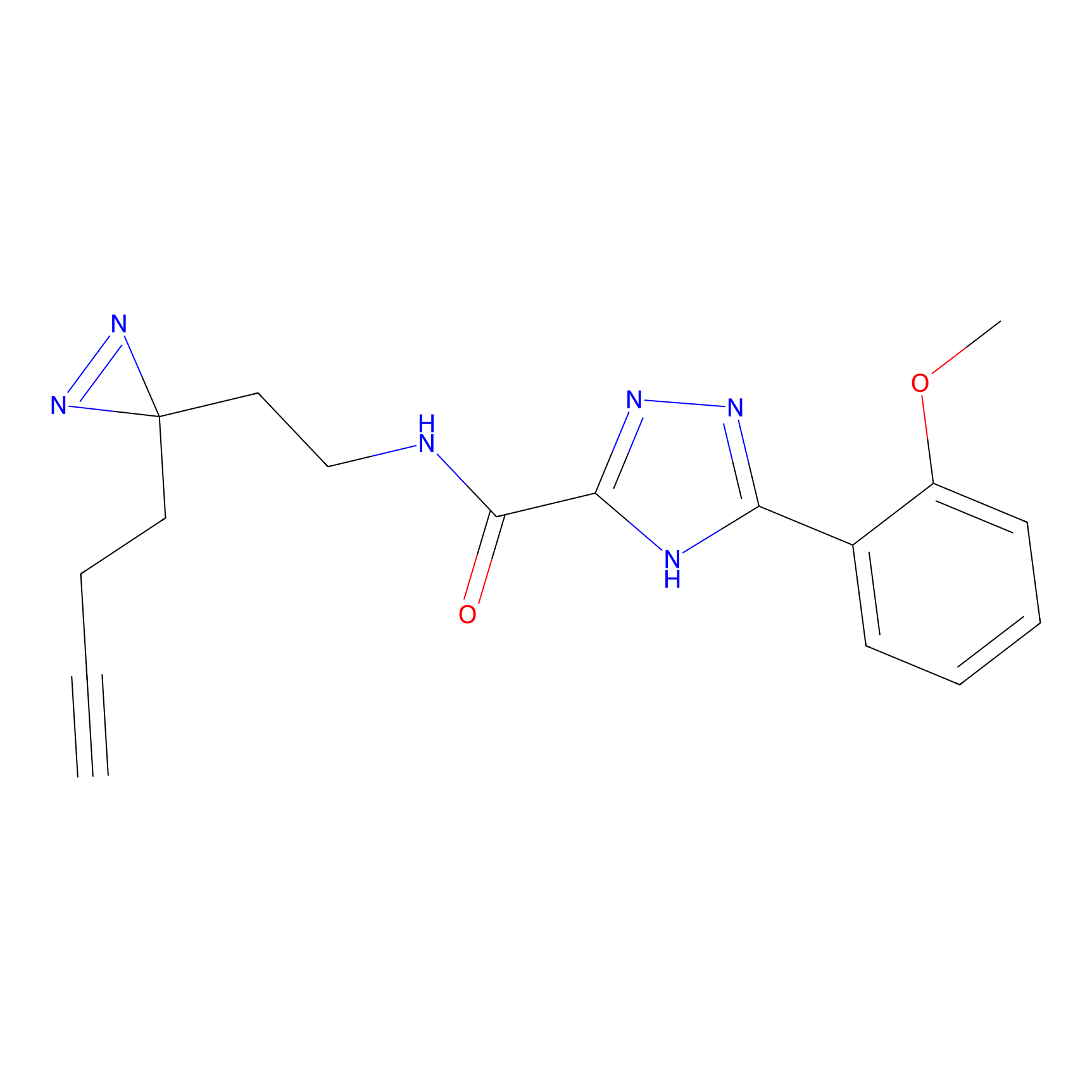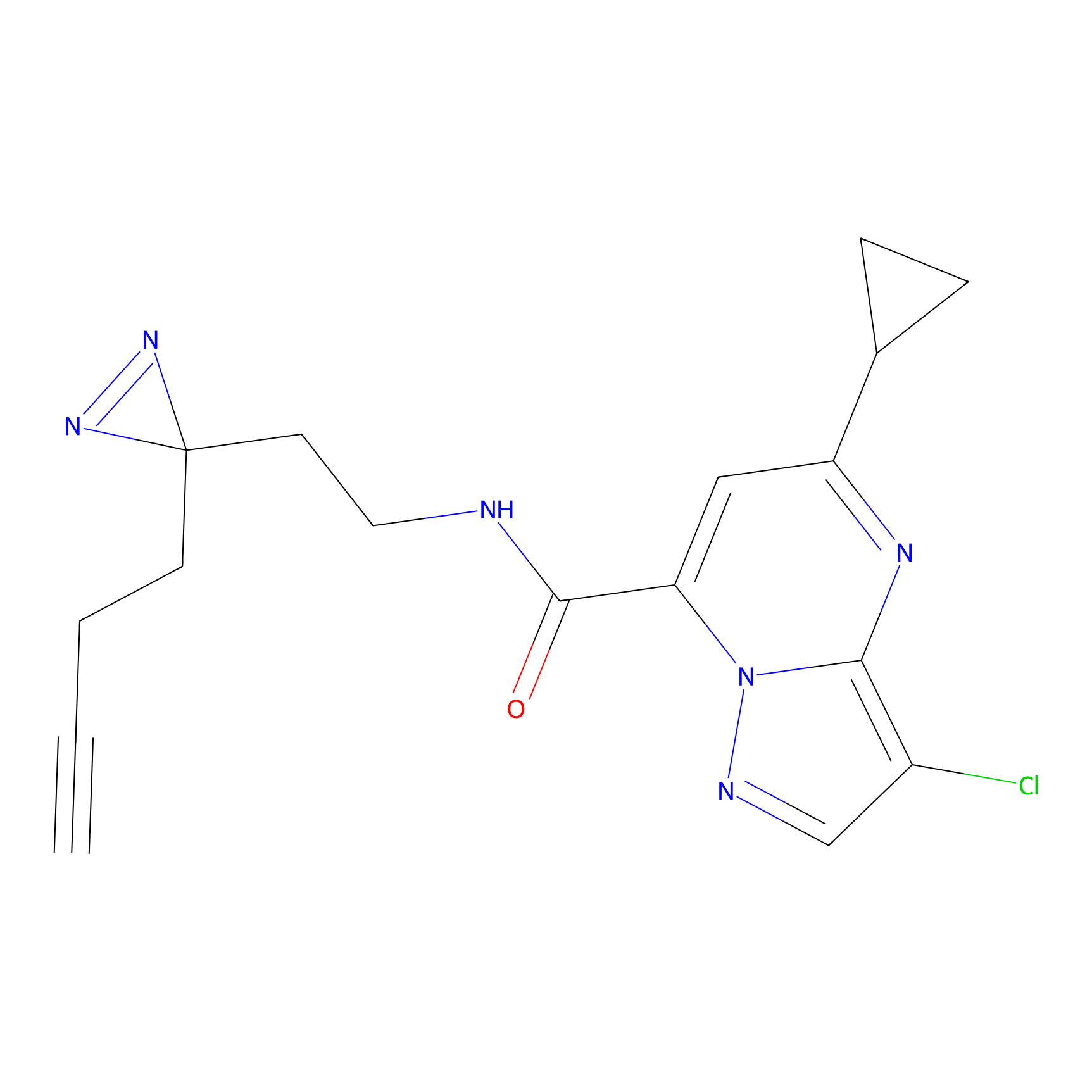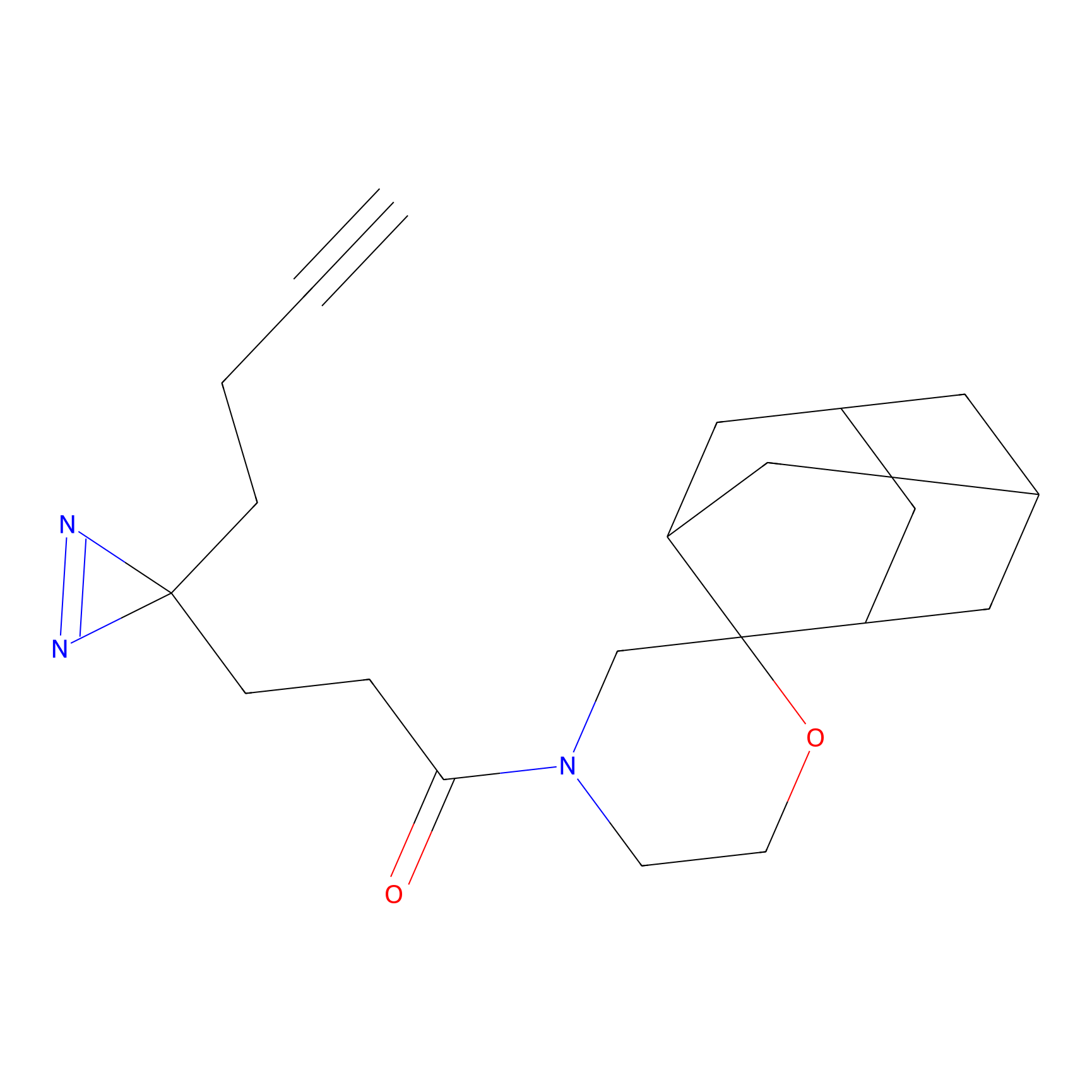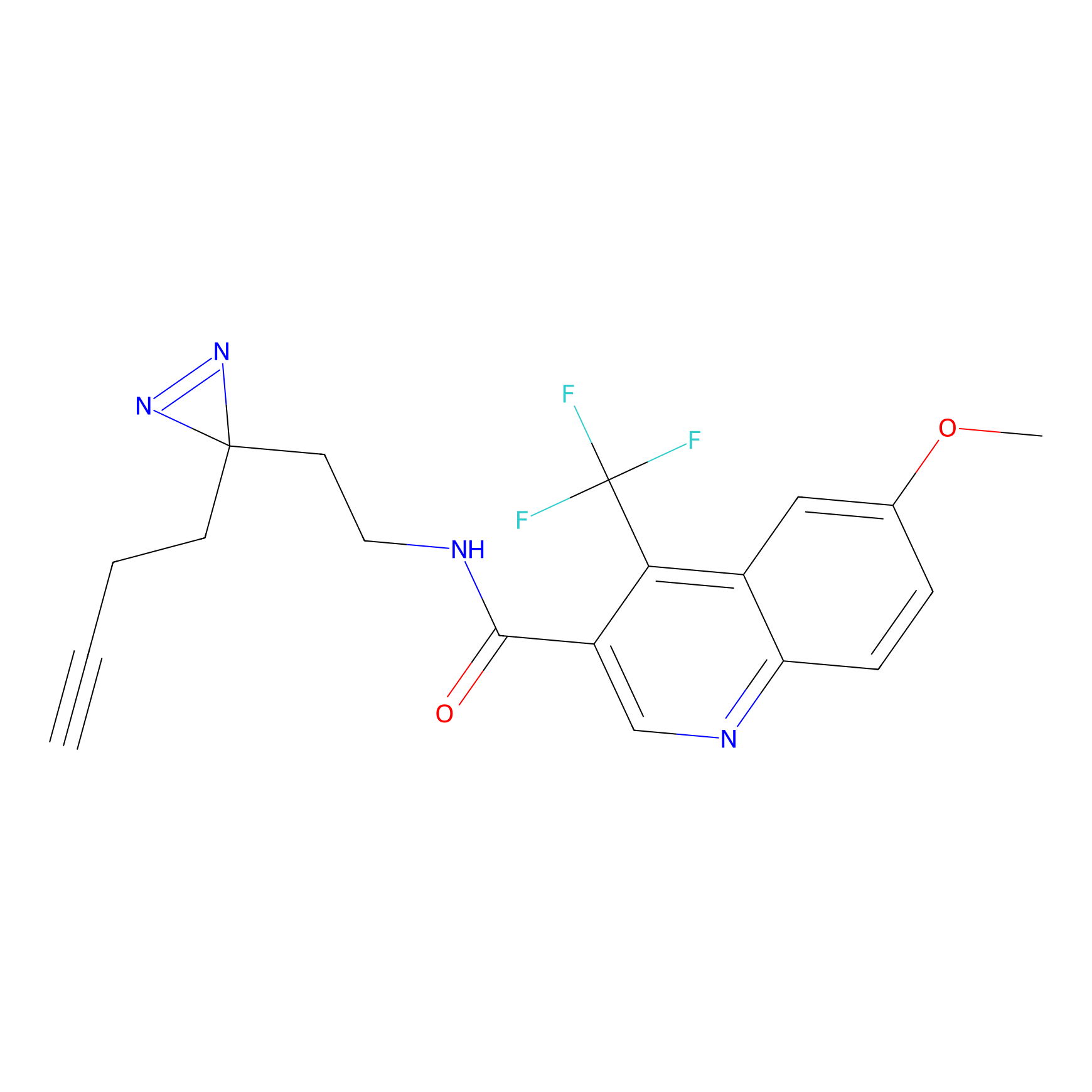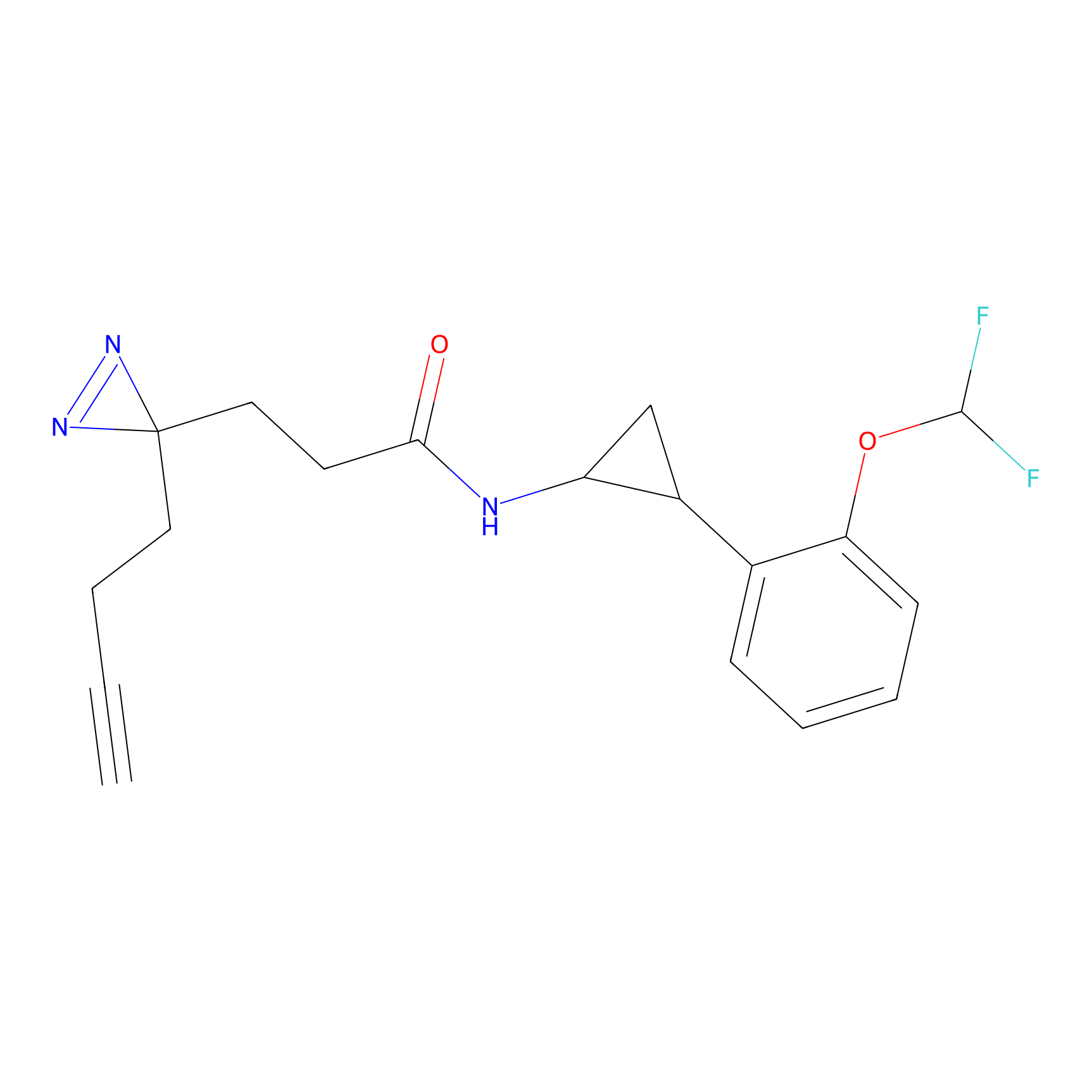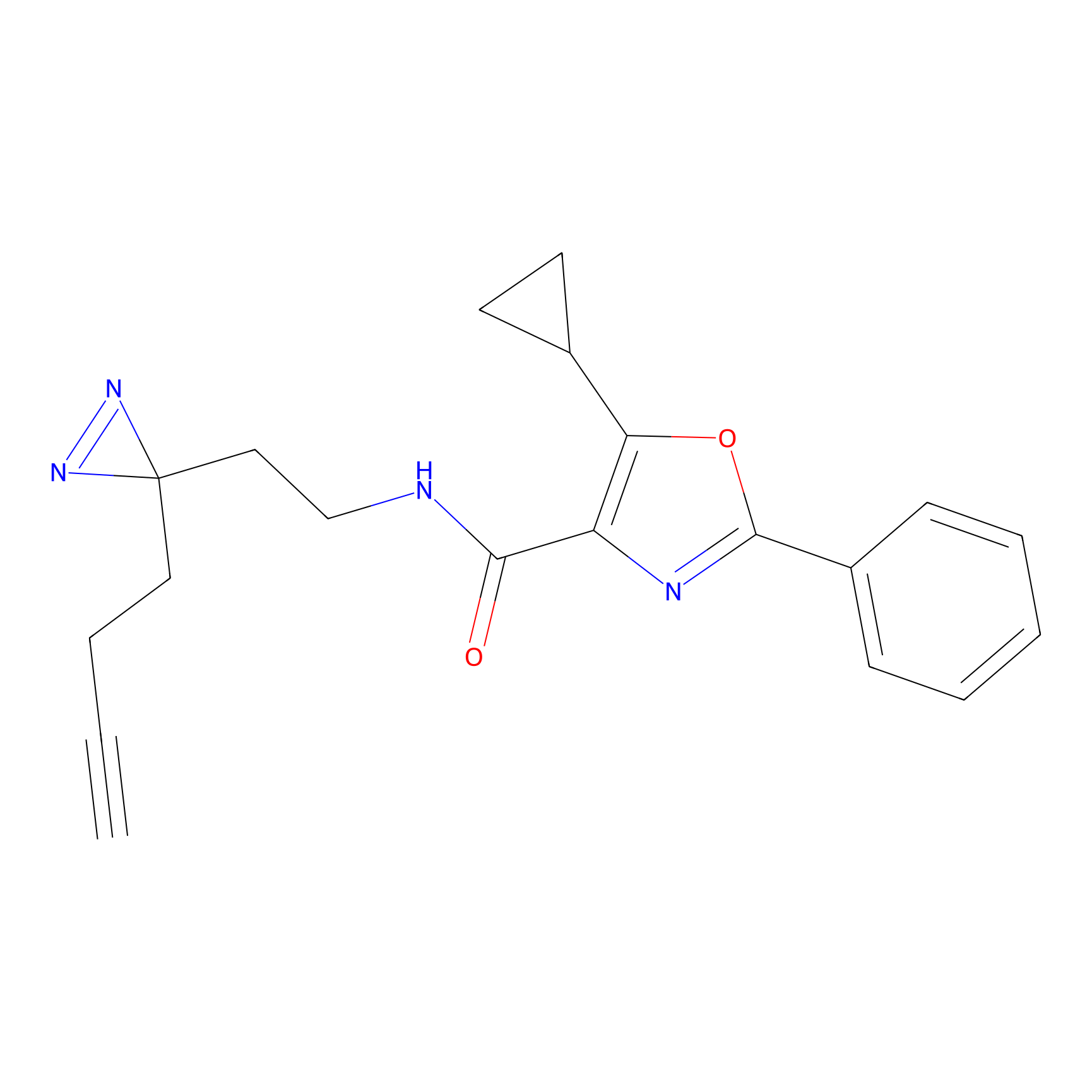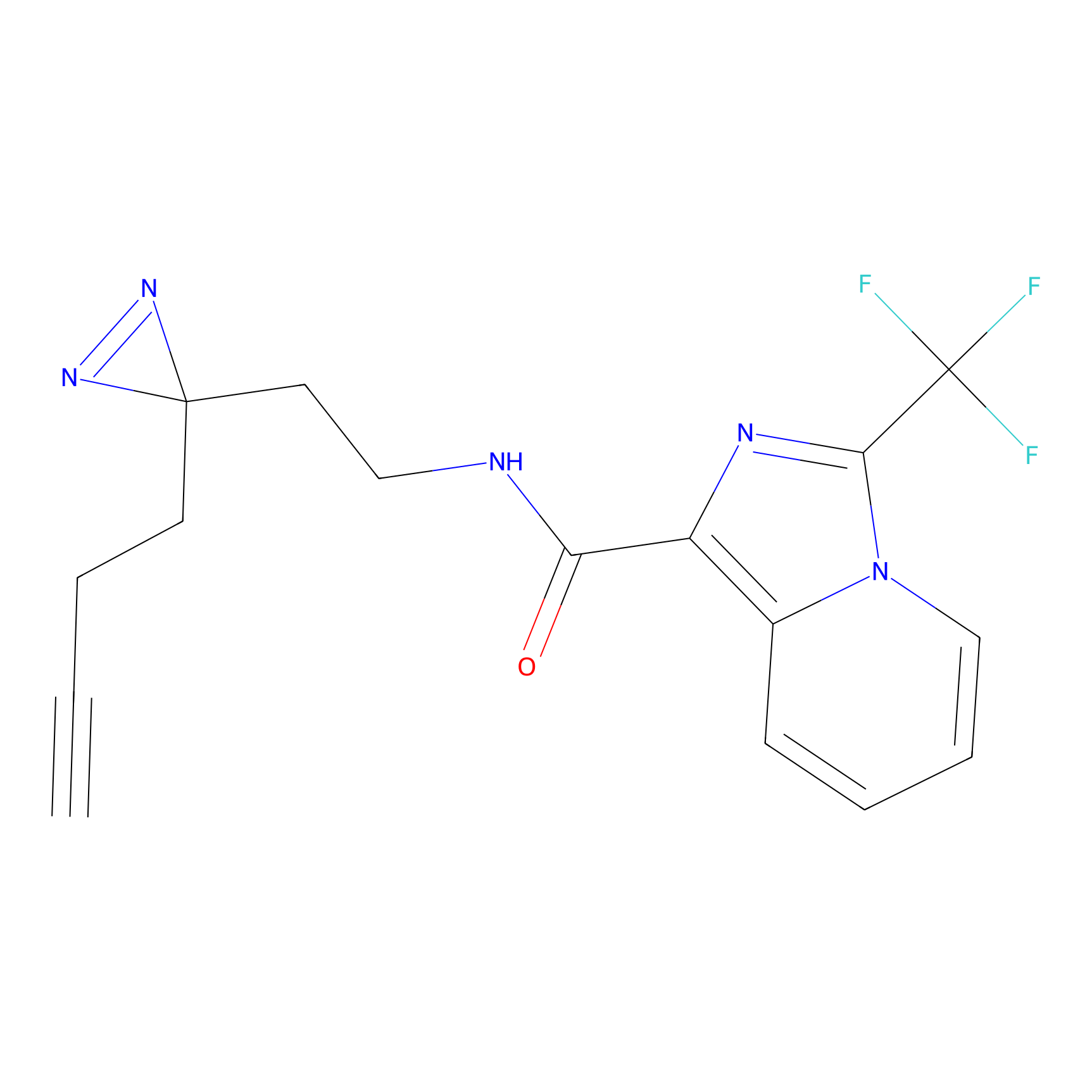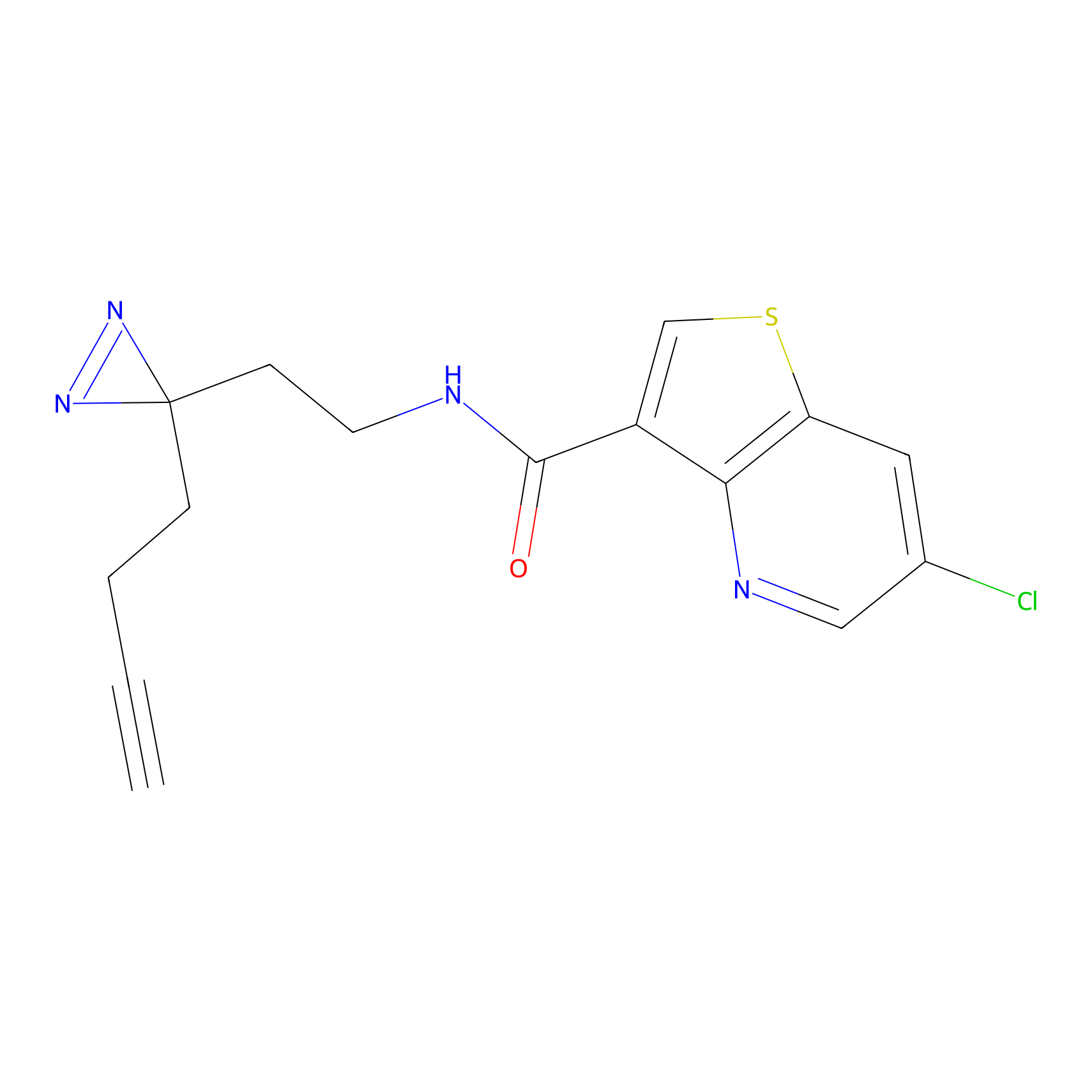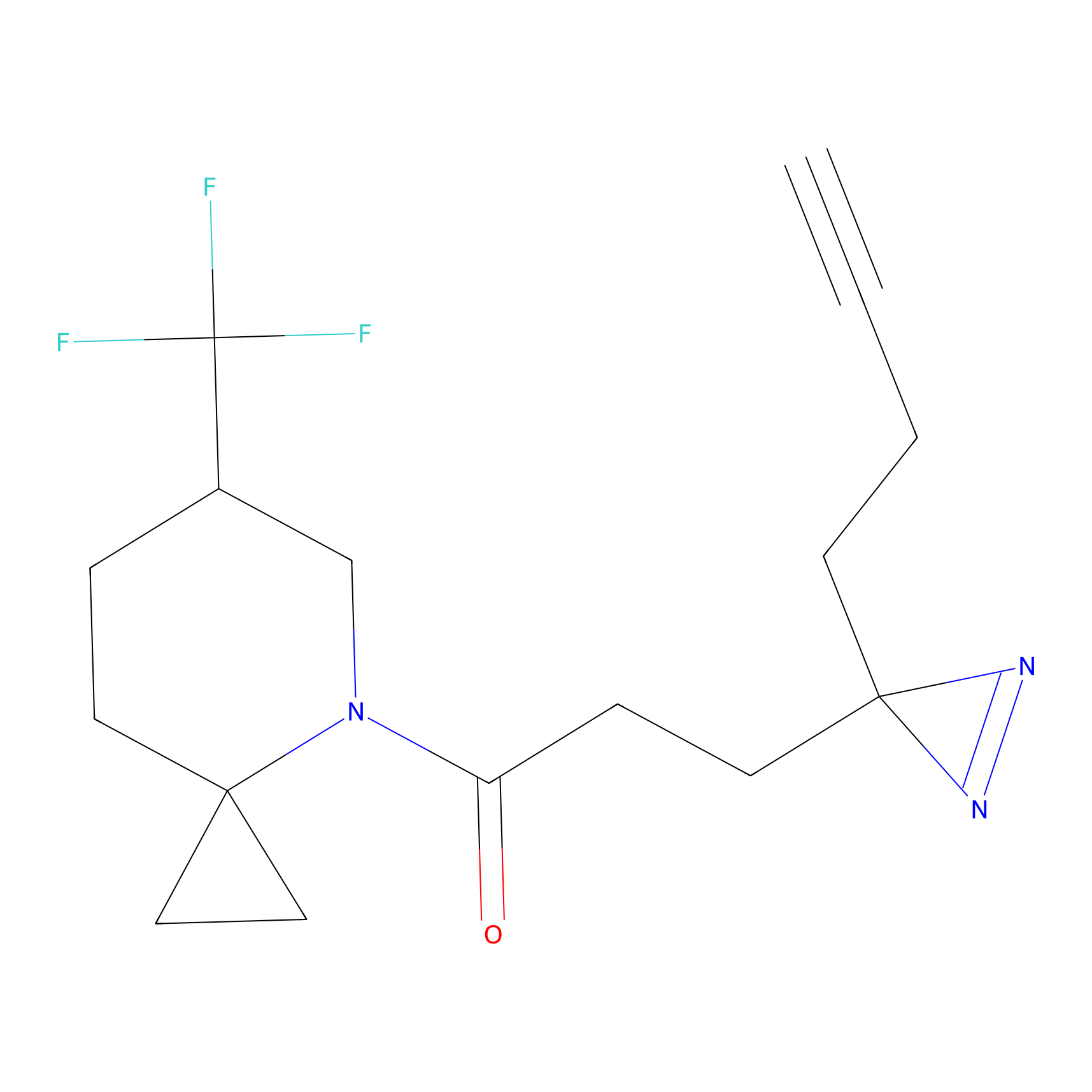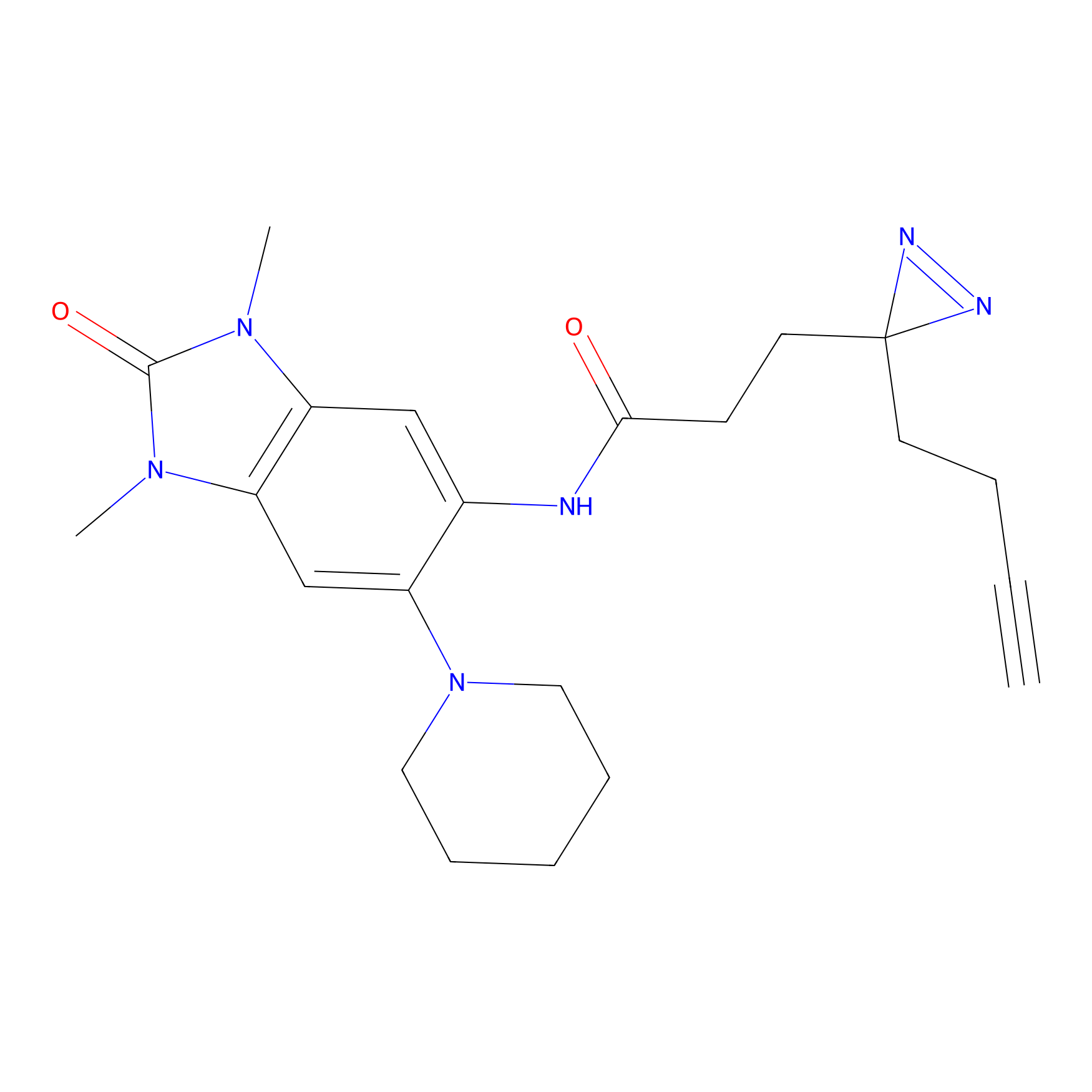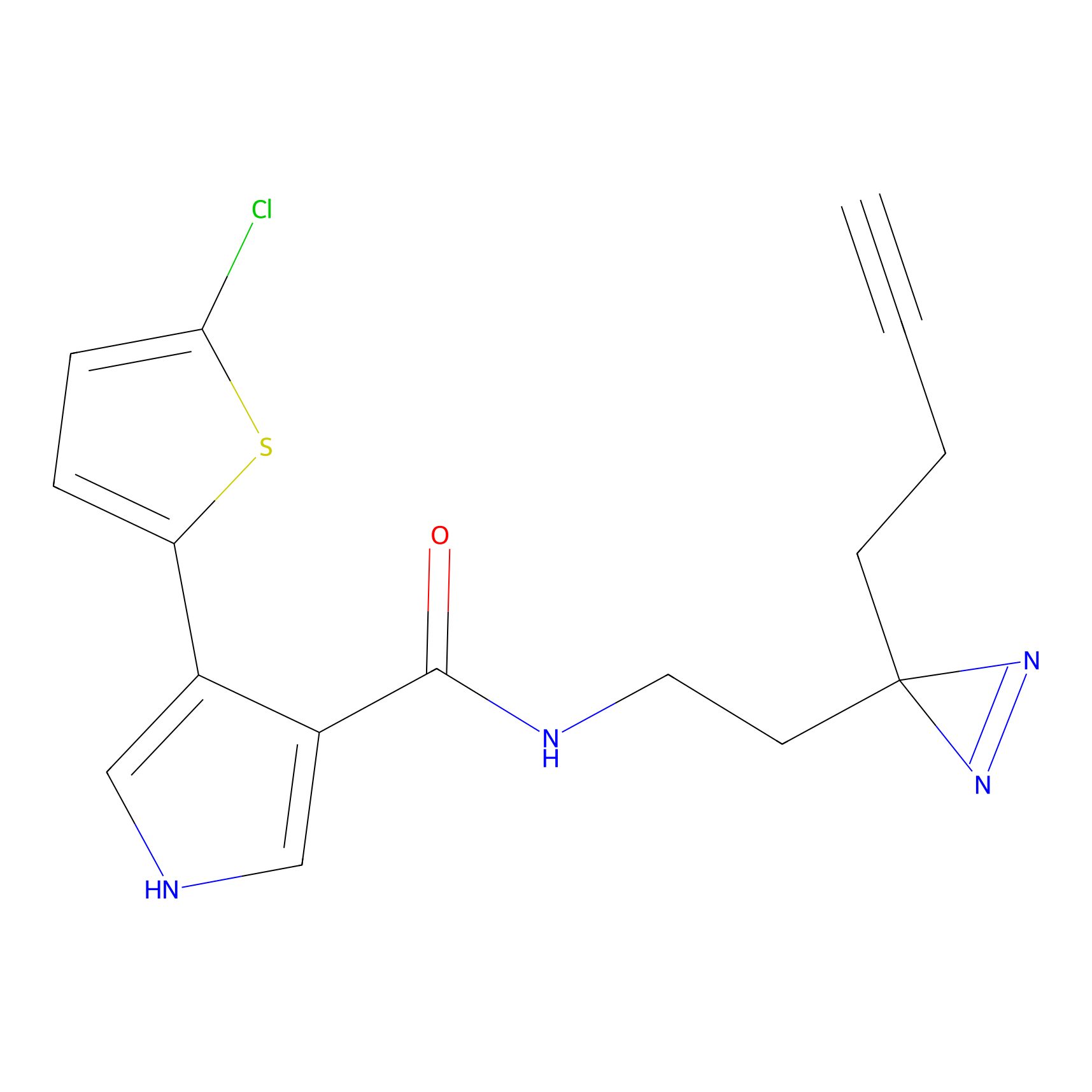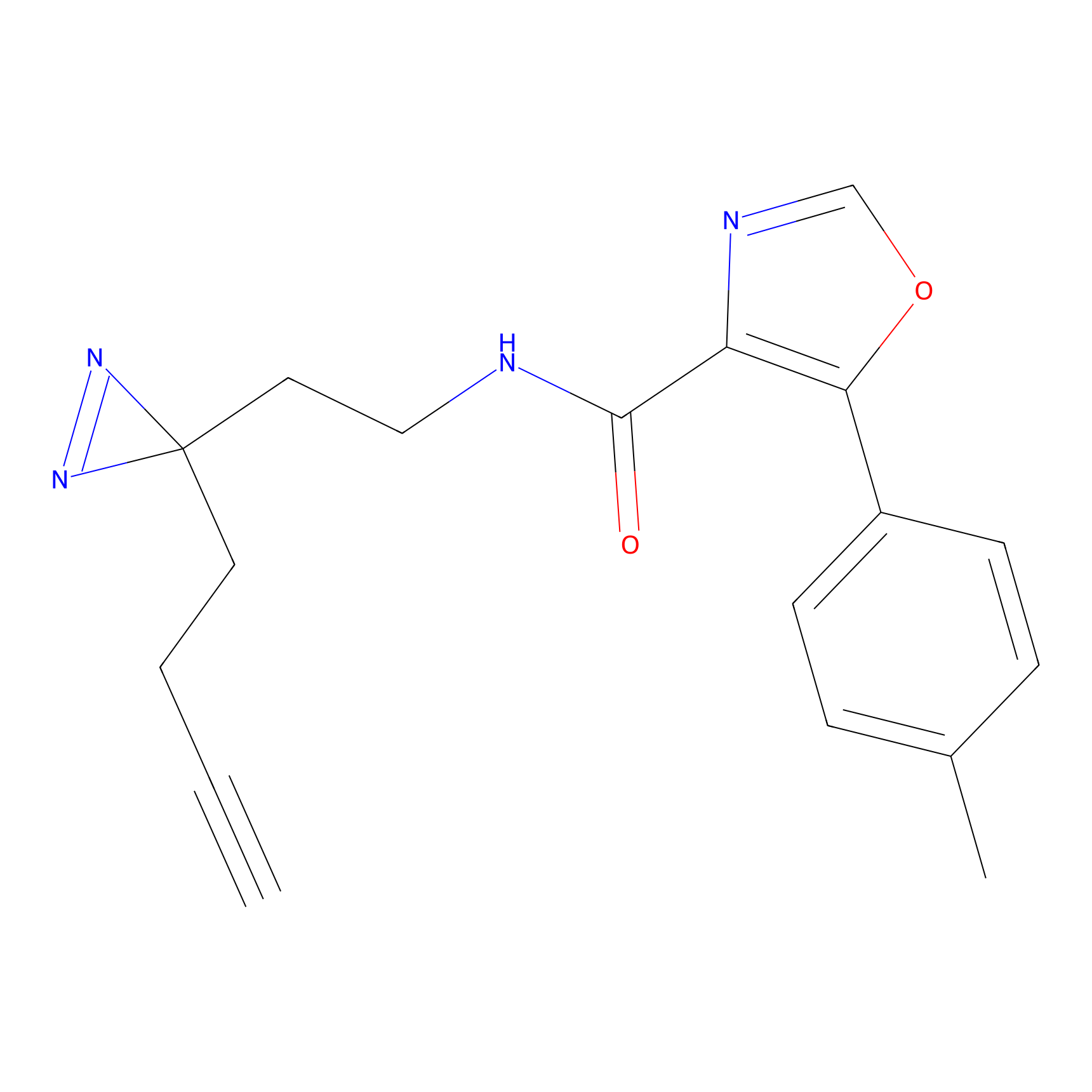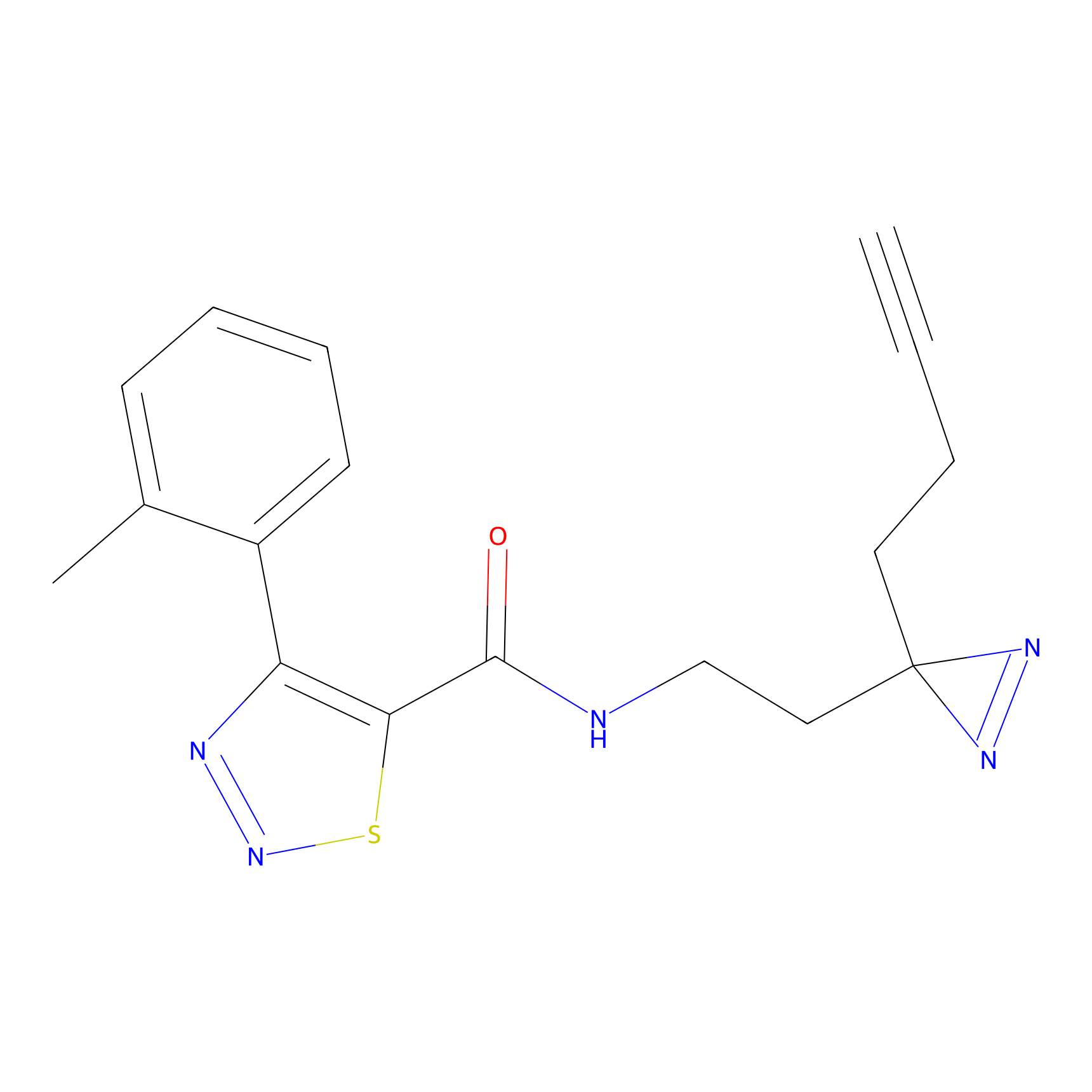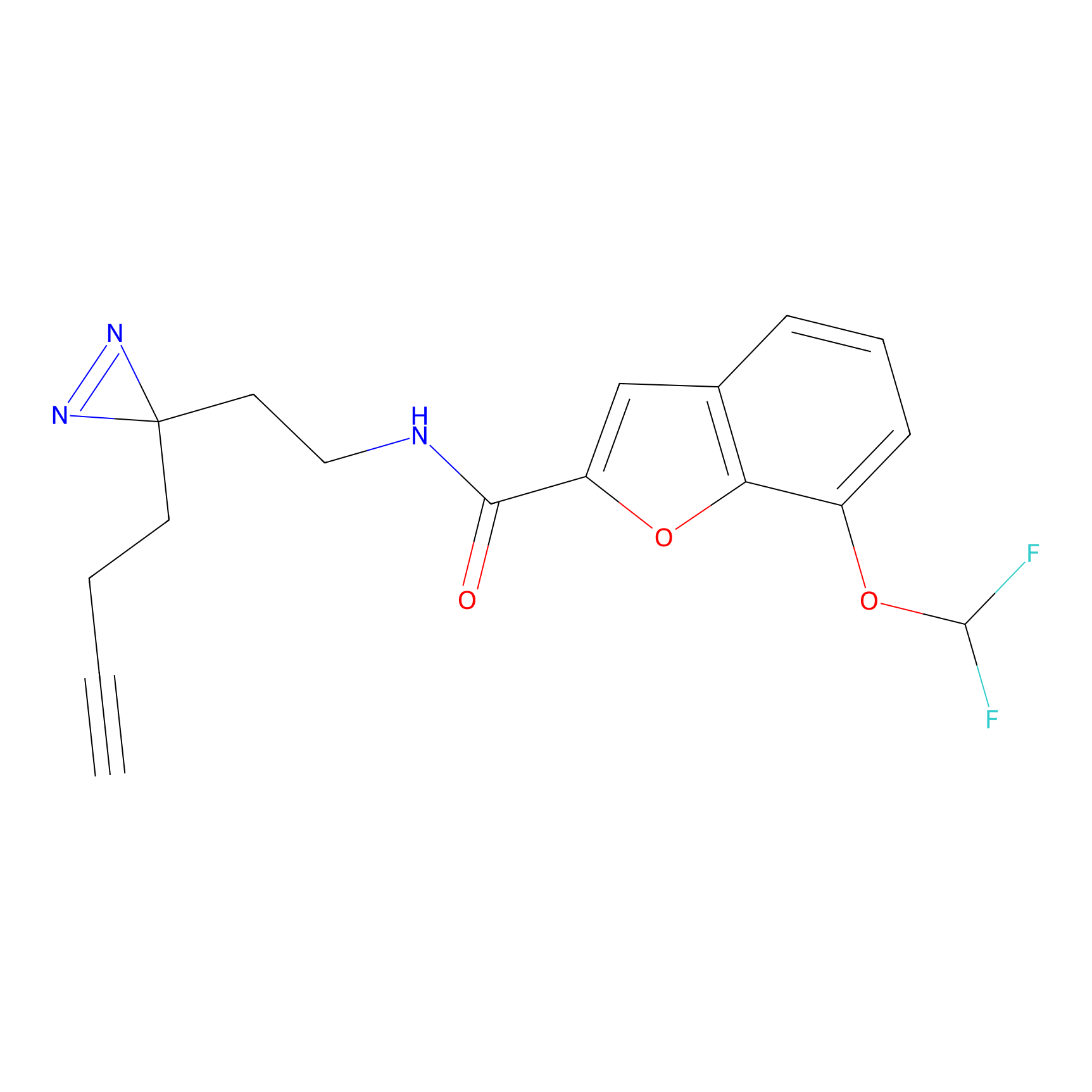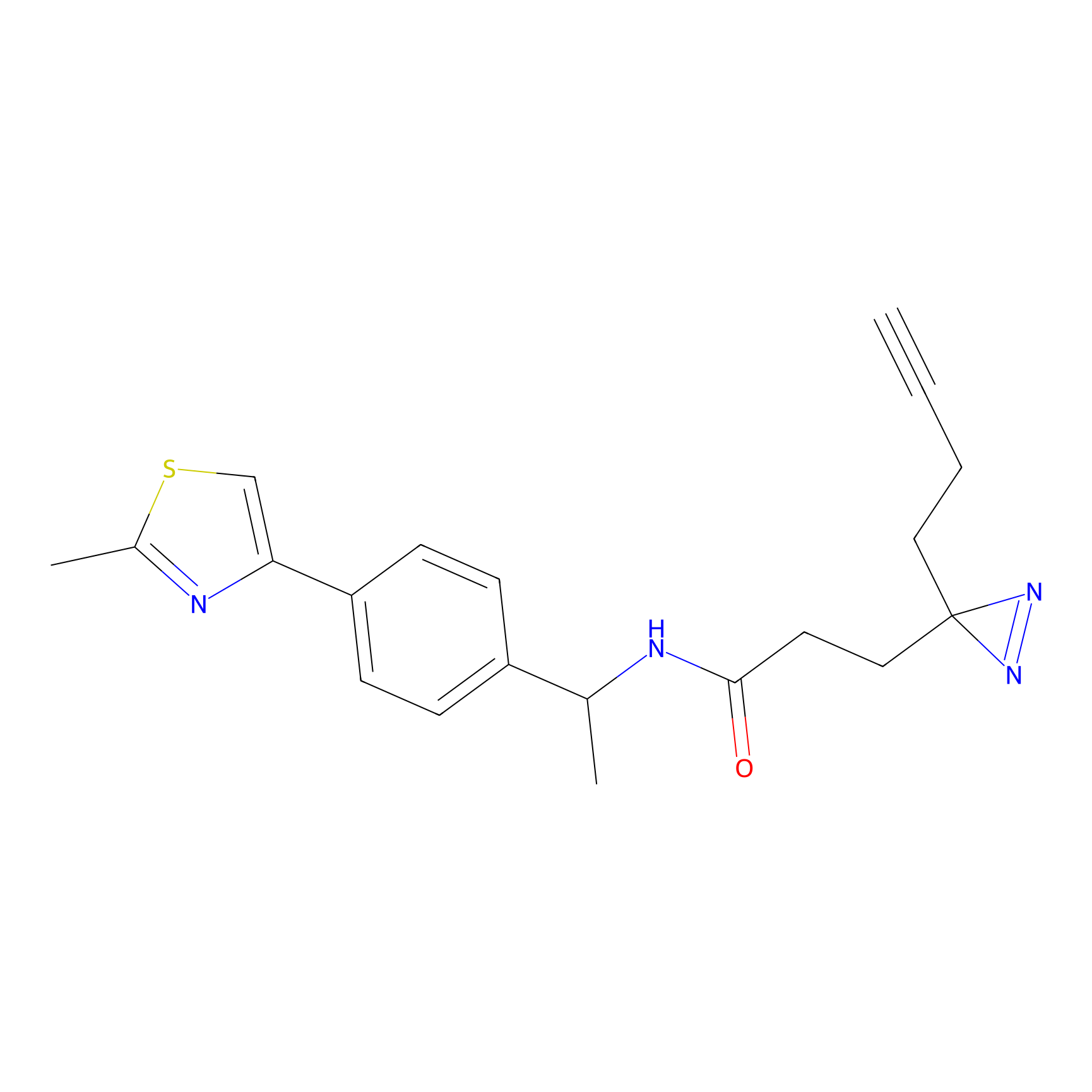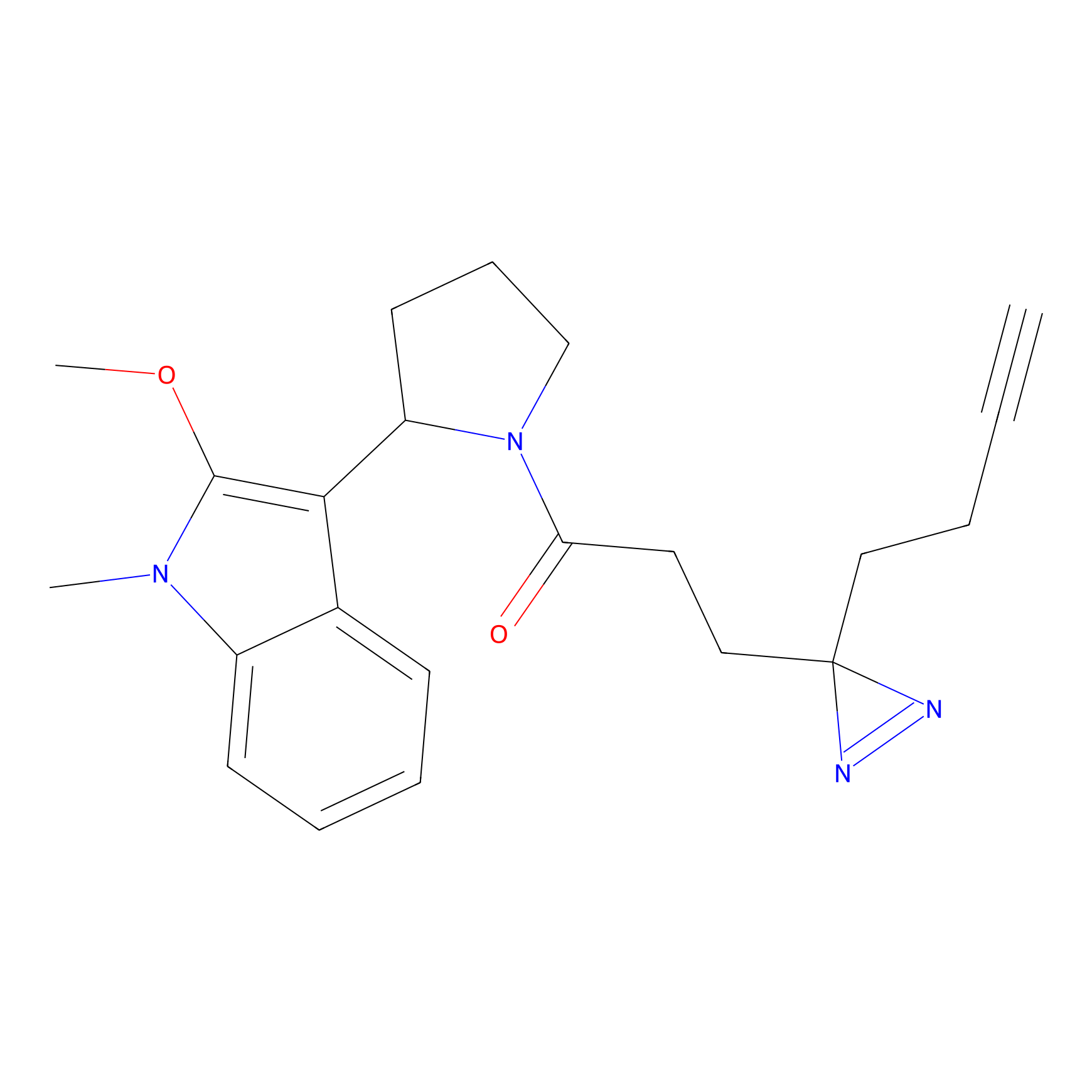Details of the Target
General Information of Target
| Target ID | LDTP03926 | |||||
|---|---|---|---|---|---|---|
| Target Name | Centrin-2 (CETN2) | |||||
| Gene Name | CETN2 | |||||
| Gene ID | 1069 | |||||
| Synonyms |
CALT; CEN2; Centrin-2; Caltractin isoform 1 |
|||||
| 3D Structure | ||||||
| Sequence |
MASNFKKANMASSSQRKRMSPKPELTEEQKQEIREAFDLFDADGTGTIDVKELKVAMRAL
GFEPKKEEIKKMISEIDKEGTGKMNFGDFLTVMTQKMSEKDTKEEILKAFKLFDDDETGK ISFKNLKRVAKELGENLTDEELQEMIDEADRDGDGEVSEQEFLRIMKKTSLY |
|||||
| Target Bioclass |
Other
|
|||||
| Family |
Centrin family
|
|||||
| Subcellular location |
Cytoplasm, cytoskeleton, microtubule organizing center, centrosome
|
|||||
| Function |
Plays a fundamental role in microtubule organizing center structure and function. Required for centriole duplication and correct spindle formation. Has a role in regulating cytokinesis and genome stability via cooperation with CALM1 and CCP110.; Involved in global genome nucleotide excision repair (GG-NER) by acting as component of the XPC complex. Cooperatively with RAD23B appears to stabilize XPC. In vitro, stimulates DNA binding of the XPC:RAD23B dimer.; The XPC complex is proposed to represent the first factor bound at the sites of DNA damage and together with other core recognition factors, XPA, RPA and the TFIIH complex, is part of the pre-incision (or initial recognition) complex. The XPC complex recognizes a wide spectrum of damaged DNA characterized by distortions of the DNA helix such as single-stranded loops, mismatched bubbles or single-stranded overhangs. The orientation of XPC complex binding appears to be crucial for inducing a productive NER. XPC complex is proposed to recognize and to interact with unpaired bases on the undamaged DNA strand which is followed by recruitment of the TFIIH complex and subsequent scanning for lesions in the opposite strand in a 5'-to-3' direction by the NER machinery. Cyclobutane pyrimidine dimers (CPDs) which are formed upon UV-induced DNA damage esacpe detection by the XPC complex due to a low degree of structural perurbation. Instead they are detected by the UV-DDB complex which in turn recruits and cooperates with the XPC complex in the respective DNA repair.; As a component of the TREX-2 complex, involved in the export of mRNAs to the cytoplasm through the nuclear pores.
|
|||||
| Uniprot ID | ||||||
| Ensemble ID | ||||||
| HGNC ID | ||||||
Probe(s) Labeling This Target
ABPP Probe
| Probe name | Structure | Binding Site(Ratio) | Interaction ID | Ref | |
|---|---|---|---|---|---|
|
C-Sul Probe Info |
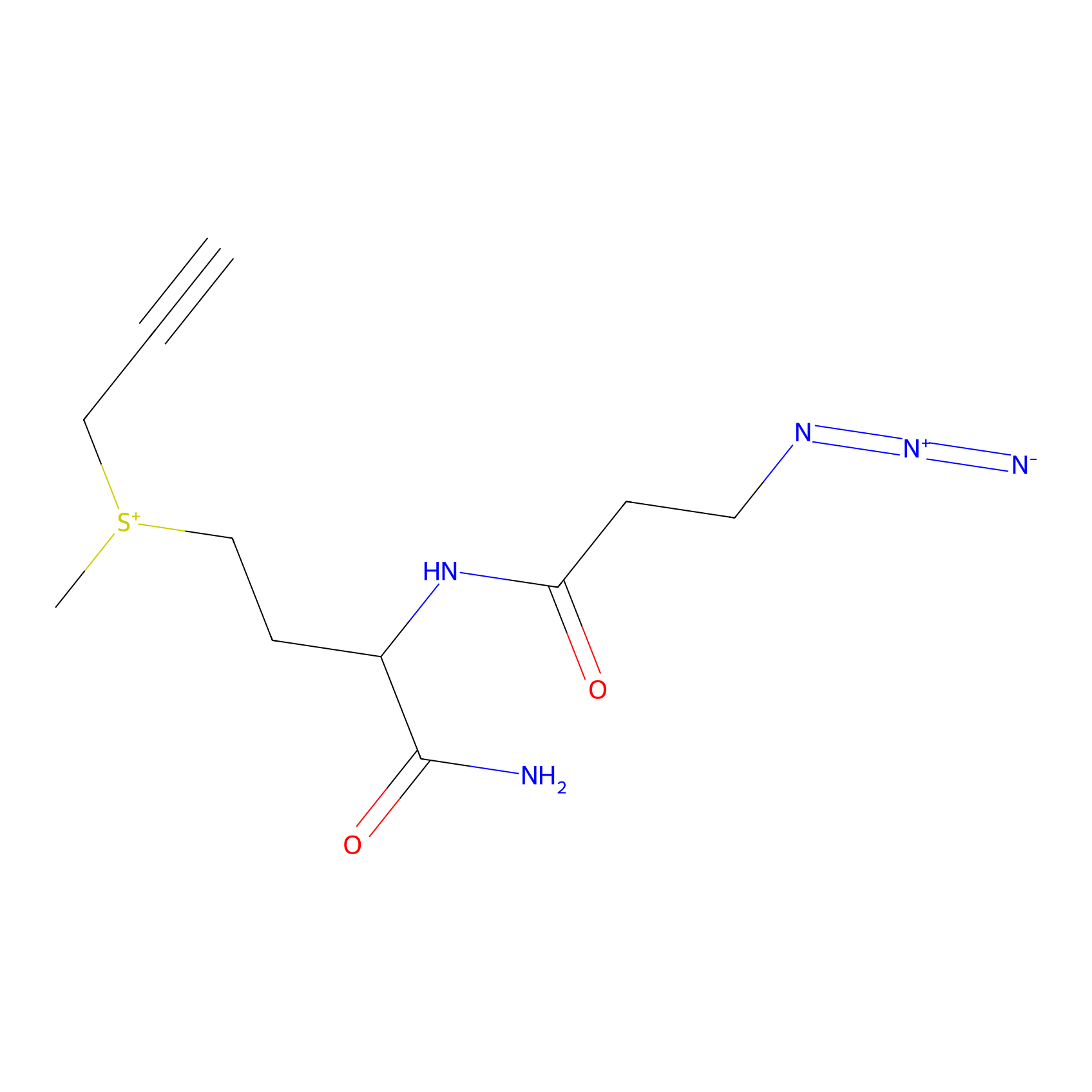 |
11.10 | LDD0066 | [1] | |
PAL-AfBPP Probe
The Interaction Atlas With This Target
The Protein(s) Related To This Target
Enzyme
| Protein name | Family | Uniprot ID | |||
|---|---|---|---|---|---|
| Ubiquitin carboxyl-terminal hydrolase 44 (USP44) | Peptidase C19 family | Q9H0E7 | |||
Transporter and channel
| Protein name | Family | Uniprot ID | |||
|---|---|---|---|---|---|
| Huntingtin (HTT) | Huntingtin family | P42858 | |||
Other
References

